The Fogg Behavior Model (FBM) is a simple yet powerful framework for understanding why people take action, or don’t.
The model breaks behavior down into three elements: Motivation, Ability, and Prompt. For a behavior to occur, all three must align at the same moment.
By mapping where customers fall on the motivation-ability spectrum, and pairing that insight with the right prompt, teams can design experiences that feel intuitive, engaging, and effective, without relying on guesswork or manipulation.
In this guide, we’ll unpack how the Fogg Behavior Model works, explore the three core elements that drive behavior, and show how to apply the framework across real-world marketing and product scenarios.
You’ll learn how to identify behavioral bottlenecks, optimize prompts, and ethically design for action, complete with a step-by-step guide and practical examples.
Fogg Behavior Model (FBM): Origins & Core Concept
The Fogg Behavior Model (B = MAP) was developed by Dr. BJ Fogg, a researcher and founder of Stanford University’s Behavior Design Lab.
His work explores why people do or don’t take action, and how small shifts in design can lead to big changes in behavior.
At its core, the model states that Behavior happens when three elements converge at the same moment: Motivation, Ability, and a Prompt.
If any one of these is missing or too weak, the behavior won’t occur.

Fogg summarizes this as: B = MAP (Behavior = Motivation × Ability × Prompt)
In other words, even a highly motivated person won’t act if the task feels too difficult, and even the simplest task won’t happen if there’s no motivation or cue to trigger it.
To visualize this relationship, Fogg uses an “action line” plotted on a two-axis chart: Motivation on the vertical axis, Ability on the horizontal.
When a Prompt appears, behaviors that fall above the line are likely to happen; those below the line generally won’t.
This curve shows the dynamic trade-off between motivation and ability: the easier a behavior is, the less motivation it requires, and vice versa.
In marketing, this framework provides a powerful lens for understanding why users click, convert, or abandon a process.
Marketers can use it to craft more effective calls to action (the prompt), reduce friction in the customer journey (increasing ability), or boost emotional resonance and urgency (increasing motivation).
Whether it’s optimizing a signup flow, designing re-engagement emails, or nudging a free user toward upgrade, the Fogg Behavior Model (FBM) helps teams identify which lever to pull, and when, to drive meaningful action.
Deep Dive: Motivation, Ability & Prompts
Understanding how motivation, ability, and prompts influence behavior helps explain why some marketing campaigns convert instantly while others struggle to move the needle.
Each element can be adjusted, like turning a dial, to make the desired behavior more likely.
Motivation
Motivation is the “why” behind behavior; the emotional drive that moves people to act.
According to BJ Fogg, motivation is powered by three core forces:
- Sensation (pleasure or pain)
- Anticipation (hope or fear)
- Belonging (social acceptance or rejection)
These motivators operate on a spectrum from low to high. When motivation is strong, people are more willing to overcome friction; when it’s weak, even the simplest task can feel like too much effort.
Crucially, motivation and ability can trade off: if one is low, the other must rise for the behavior to occur.
In practice:
- Sensation might mean creating an experience that feels rewarding, like a dopamine hit from completing a challenge or receiving instant feedback.
- Anticipation plays on future benefit or loss: “Sign up today before your trial ends.”
- Belonging taps into social proof: “Join 50,000 people already using our product.”
Effective behavior design recognizes which motivator is most relevant for the user and activates it at the right moment.
Ability
If motivation is about wanting to act, ability is about being able to.
Fogg defines ability as simplicity: how easy or frictionless it is to perform the desired action.
He outlines six factors that determine simplicity:
- Time: How long the action takes.
- Money: What it costs to complete.
- Physical effort: The level of exertion required.
- Mental effort: The cognitive load or complexity involved.
- Social deviance: How much the action conflicts with social norms.
- Non-routine: Whether the behavior is unfamiliar or disruptive.
Increasing ability doesn’t necessarily mean teaching users more. It often means removing friction.
That could mean shortening a form, reducing choices, offering autofill options, or breaking a complex process into smaller steps.
In marketing, simplification is one of the fastest levers to pull: make the path to conversion, signup, or engagement effortless, and users need far less motivation to follow through.
Prompts
A Prompt (previously called a trigger) is the cue that tells someone to take action. It’s the “do this now” moment.
Even if motivation and ability are both high, nothing happens without a prompt.
Fogg identifies three main types of prompts:
- Facilitator: Used when motivation is high but ability is low. The goal is to make it easier (e.g., “Start with one click” or “We’ll walk you through it”).
- Spark: Used when ability is high but motivation is low. The goal is to inspire action (e.g., a message emphasizing urgency or benefit).
- Signal: Used when both motivation and ability are high. It’s a simple reminder (“Time to check in” or “Your order is ready”).
Timing and context are everything. A poorly timed prompt, like a push notification during a meeting or an irrelevant ad, won’t work, even if the user is otherwise ready to act.
In digital experiences, prompts often work best in chains: a small prompt leads to a small action, which unlocks another prompt, and so on.
Think of how a “You’ve got new likes” email brings a user back to an app, where new features or notifications encourage deeper engagement.
Over time, these micro-prompts build sustained habits and long-term retention.
Motivation, ability, and prompts rarely operate in isolation.
The real power of the FBMl comes from understanding their interplay: knowing when to boost desire, when to lower friction, and when to deliver the right cue.
Once you can map where your users fall on that spectrum, you can design experiences that feel intuitive rather than forced.
Applying the Fogg Model: Strategy & Use Cases
The Fogg Behavior Model isn’t just a way to understand human behavior, it’s a tool for improving it.
Once you know how motivation, ability, and prompts interact, you can start using that insight to design smarter marketing campaigns, product experiences, and user journeys.
Strategy
A practical way to use the model is to map your users on the motivation-ability grid, with plot motivation on the vertical axis and ability on the horizontal.
Your goal is to identify which behaviors sit above the action line (likely to occur when prompted) and which fall below it (unlikely to happen without intervention).

Each quadrant suggests a different optimization strategy:
- High Motivation / Low Ability: Users want to act but find it too hard. Focus on reducing friction: simplify steps, cut form fields, or provide clear instructions.
- Low Motivation / High Ability: Users could act but don’t feel compelled. Add emotional or social incentives; urgency, exclusivity, or social proof can provide the needed spark.
- Low Motivation / Low Ability: A difficult group to reach. Start with tiny, achievable actions that build momentum and confidence over time.
- High Motivation / High Ability: These users are ready and able. The key is to deliver the right prompt at the right time. Think: timely reminders, nudges, or push notifications that reinforce existing intent.
Marketers can use this grid as a diagnostic tool.
Whether you’re refining an onboarding flow, crafting a call-to-action, or designing retention triggers, the model helps pinpoint whether the real issue is motivation, ability, or timing.
Use Cases
Consider these three use cases for applying the Fogg Model in marketing and UX:
Mobile App Conversion: Turning Free Users into Paid Subscribers
A user who loves your app (high motivation) but finds the upgrade process confusing (low ability) may stall before converting.
Here, a facilitator prompt works best. Simplify the steps (“Try premium free for 7 days, cancel anytime”) and highlight how easy the process is.
Email Marketing: Re-Engagement Campaigns
When users have the ability to return but lack motivation, a spark prompt can reignite interest.
Examples include limited-time offers, new feature announcements, or personalized “We miss you” messages that play on curiosity and belonging.
Habit Formation & Retention
To turn one-time users into repeat users, chain smaller prompts that build consistency, such as daily streaks, achievement badges, or contextual reminders (“You’re halfway to your goal!”).
Over time, these micro-prompts move users above the action line by steadily increasing both motivation and ability.
Limitations, Critiques, & Considerations
Like any behavioral framework, the Fogg Behavior Model simplifies reality, and that simplicity is both its strength and its weakness.
While it’s incredibly useful for understanding immediate, observable actions, it doesn’t capture every nuance of human decision-making.
Here are a few known limitations of the Fogg Model:
Exclusion of Outside Factors
One common critique is that the FBM underplays unconscious and environmental factors. Real-world behavior is shaped not only by motivation, ability, and prompts, but also by habits, mood, social context, and external constraints.
A user might ignore a perfectly timed notification simply because they’re distracted, tired, or overwhelmed; variables that the model can’t fully account for.
Single-Behavior Focus
Another limitation is that the model assumes a single moment of behavior: the instant when action happens.
This makes it less suited to long, complex, or multi-step behaviors, such as adopting a new lifestyle habit or changing an organization’s culture.
In those cases, the journey involves multiple prompts, varying levels of motivation, and feedback loops that evolve over time.
Action-Orientation
Similarly, the model struggles to capture deeply reflective or identity-based change, the kind that requires introspection or belief shifts rather than quick behavioral nudges.
Getting someone to click a button is one thing; inspiring them to see themselves differently is another.
Ethical Considerations
Finally, there are important ethical considerations. The same behavioral design principles that make experiences more seamless can also be used to manipulate.
Poorly applied, prompts can exploit users’ attention or emotions, leading to compulsive engagement rather than meaningful interaction.
Marketers using the FBM should therefore aim for transparency, user benefit, and consent, ensuring that their behavior change framework serves the person as much as the product.
Fogg Behavior Model Case Study
Let’s put the model in motion with a simple example: introducing a new feature in a mobile app, like a personal analytics dashboard for tracking user activity.
When the feature launches, the product team notices that adoption is low. Despite strong engagement elsewhere in the app, few users are exploring the new dashboard.
Using the Fogg Behavior Model, the team breaks down the problem into its three components:
- Motivation: Users might not understand why the feature matters. It’s new, buried in the menu, and doesn’t yet have an emotional hook.
- Ability: The feature requires three steps to access and a short setup process. Manageable, but still enough friction to cause drop-off.
- Prompt: The only cue is a small “New Feature” badge in the navigation bar, which is easy to miss and poorly timed.
In the first iteration of the new feature, users rely on curiosity alone. The small badge appears without explanation, and no context is given for the value of the dashboard. Users with low motivation or limited patience never click through.
Applying the Fogg Behavior Model in product design, the team makes three key adjustments:
- Increase Motivation: They add a short message: “See your weekly progress in one glance. Track how far you’ve come!” This appeals to both anticipation (future benefit) and sensation (personal satisfaction).
- Improve Ability: They simplify setup to one click. The dashboard now loads instantly with pre-filled sample data, reducing both time and mental effort.
- Optimize the Prompt: They introduce a spark prompt: a personalized push notification triggered when a user hits a milestone (“You’ve completed 10 sessions. See your progress!”).
Within a week of rollout, feature engagement doubles.
By aligning their motivation, ability, and prompt model, the team moved the desired behavior, new feature exploration, above the action line.
This hypothetical case study highlights how even subtle design changes, when guided by the Fogg Behavior Model, can turn user inertia into meaningful action.
Whether launching a new feature, running a re-engagement campaign, or improving checkout flow, the same principles apply: remove friction, activate emotion, and time the prompt just right.
Actionable Steps For Applying the Fogg Model in Marketing and UX
The beauty of the Fogg Behavior Model is that it’s easy to translate into practice.
Whether you’re optimizing onboarding, running a campaign, or building new features, the framework gives you a systematic way to uncover why users act, or don’t.
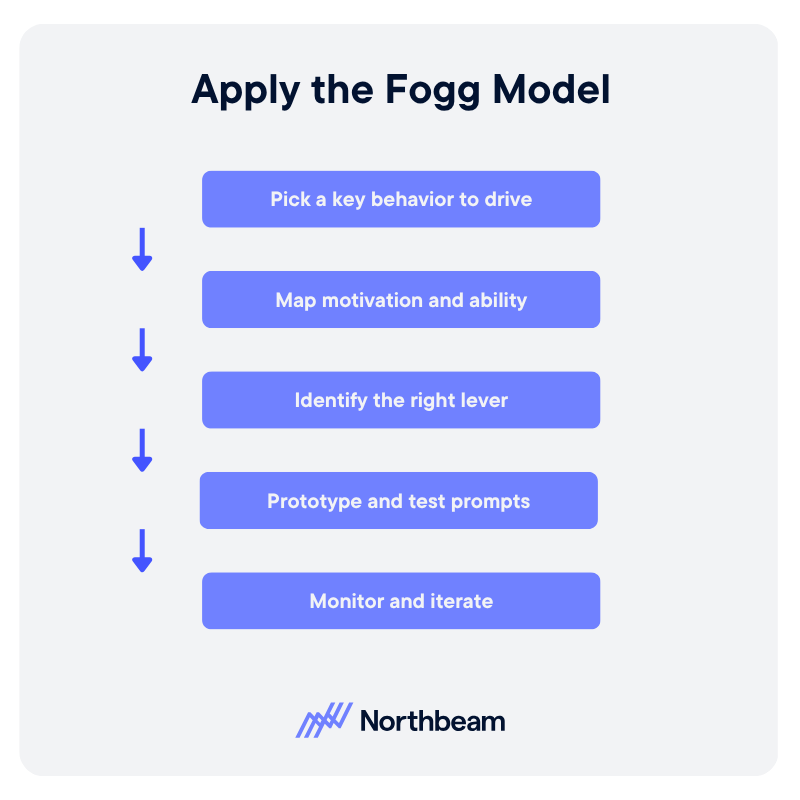
Here are five straightforward steps to put it in motion:
1. Pick a Key Behavior to Drive
Start with one specific action you want users to take, like upgrading, sharing, completing a setup, or making a repeat purchase.
Narrowing the focus makes it easier to diagnose what’s blocking progress.
2. Map Motivation and Ability
Assess where your users fall on the motivation-ability grid.
Use data from surveys, interviews, or analytics to understand both their desire (why they would act) and their ease (how simple it feels to act).
3. Identify the Right Lever
Once you know where users sit, decide what needs to shift.
- If motivation is low, strengthen emotional appeal or relevance.
- If ability is low, simplify the task or reduce effort.
- If both are high, focus on timing and delivery of the prompt.
4. Prototype and Test Prompts
Experiment with the three types of prompts (facilitator, spark, and signal) to see which drives the strongest response.
Small changes in wording, timing, or placement can dramatically alter outcomes.
5. Monitor and Iterate
Measure engagement and conversion rates after each change. Track where users drop off and refine accordingly. The FBM works best as a continuous feedback loop, not a one-time fix.
By cycling through these steps, teams can transform abstract behavioral insights into concrete improvements that boost adoption, retention, and satisfaction, without relying on guesswork.
Bringing Behavior Design to Life
The Fogg Behavior Model (FBM) offers more than just a way to explain user actions. It gives marketers, designers, and product teams a framework to shape them responsibly.
By balancing motivation, ability, and prompts, you can move users from hesitation to action with clarity and empathy.
At its best, behavior design is about meeting people where they are, understanding what drives them, and making it easier for them to succeed.
Whether you’re crafting a campaign or optimizing a product flow, Fogg’s simple equation reminds us that meaningful change happens when the right spark meets the right moment.








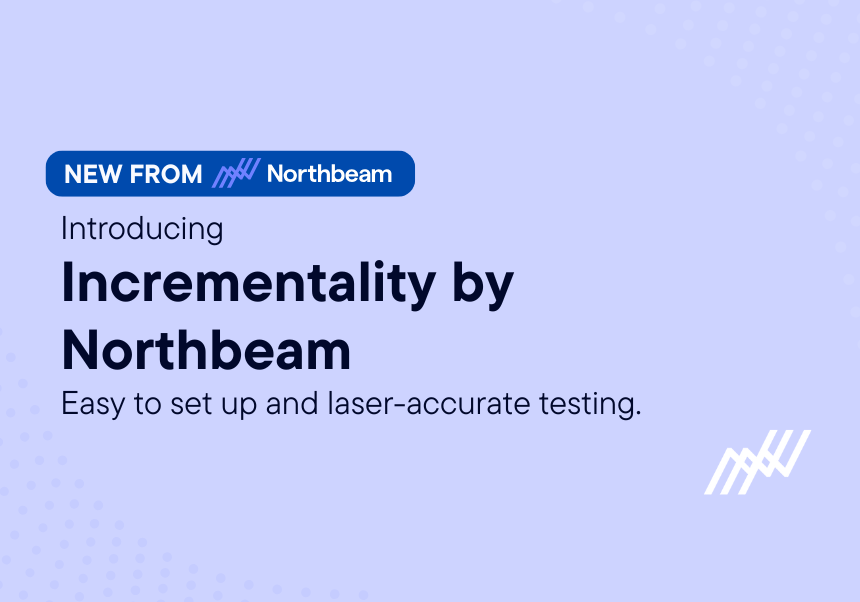




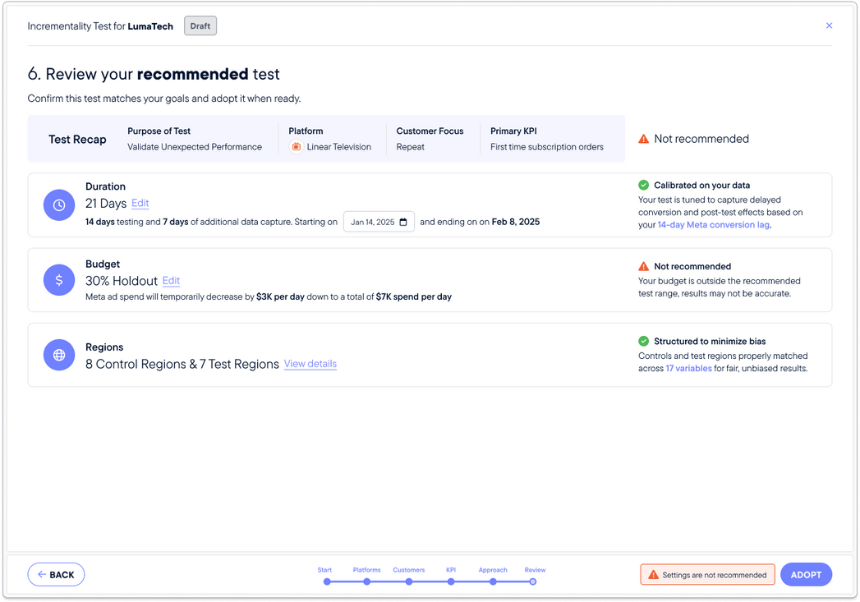
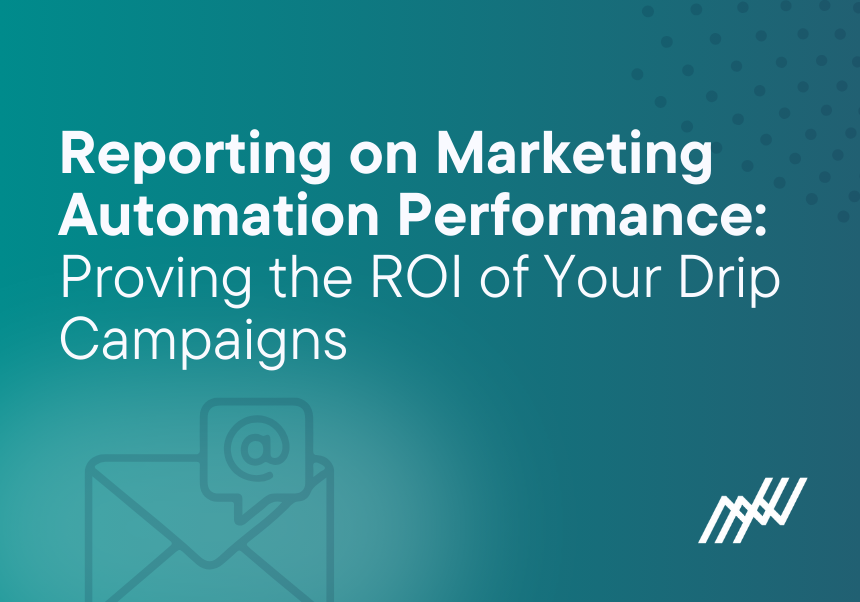
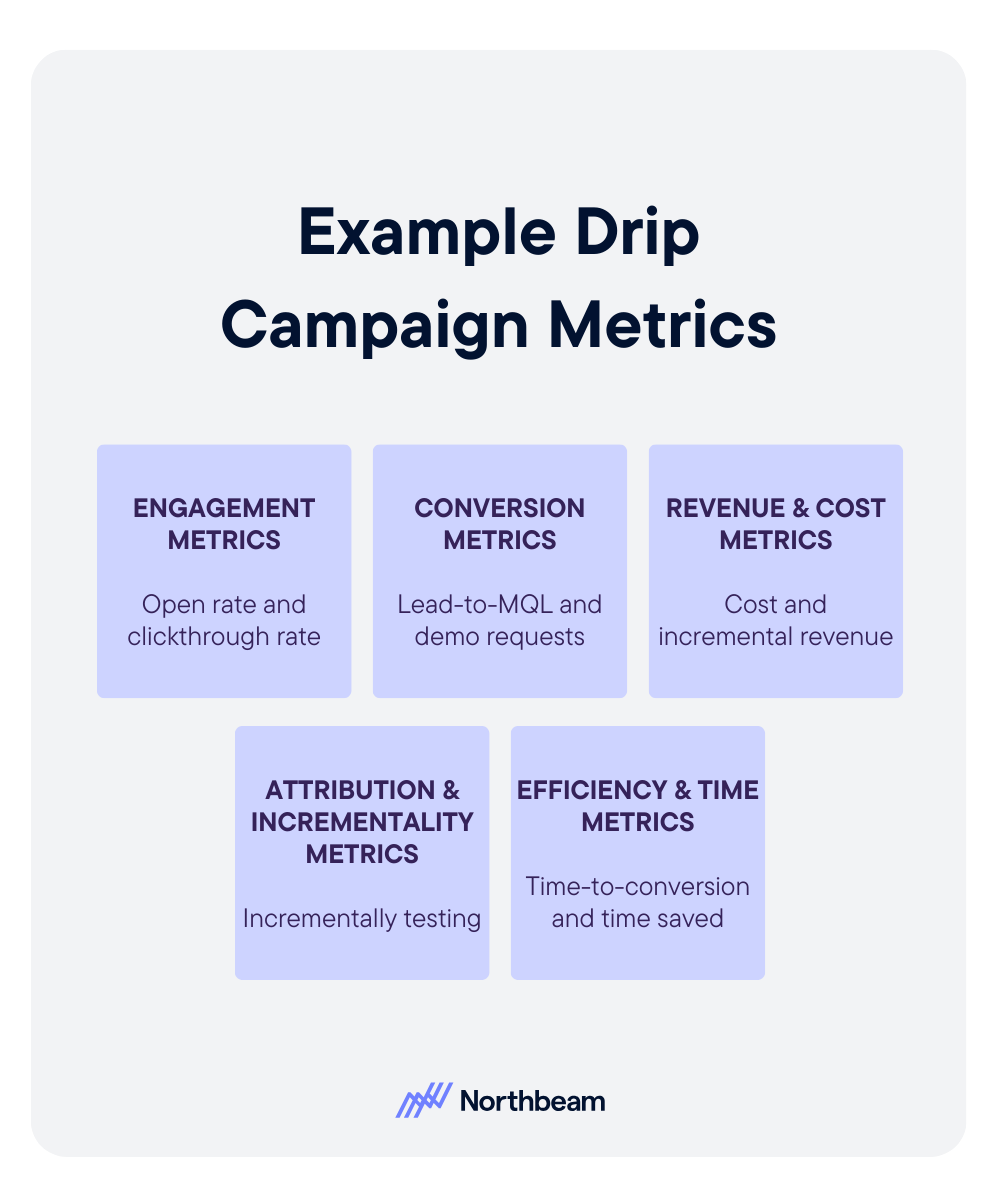


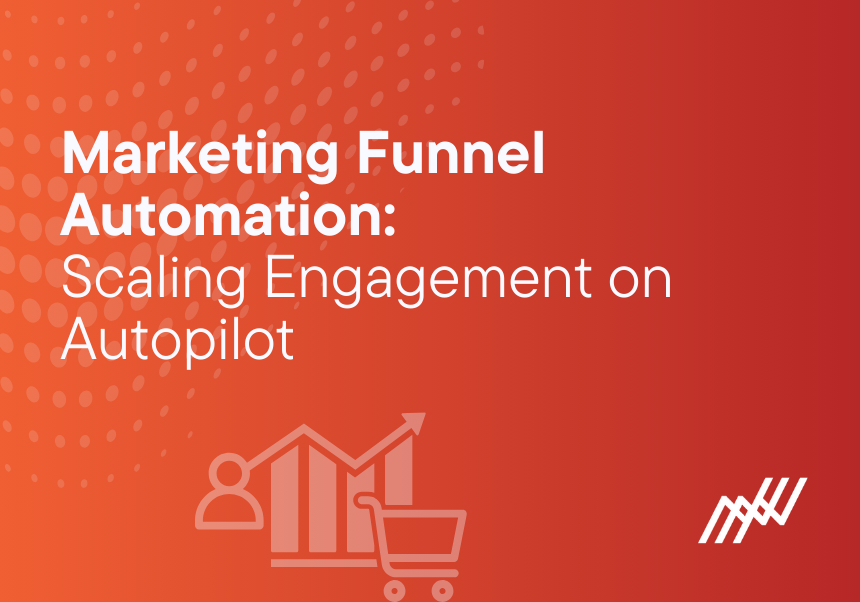
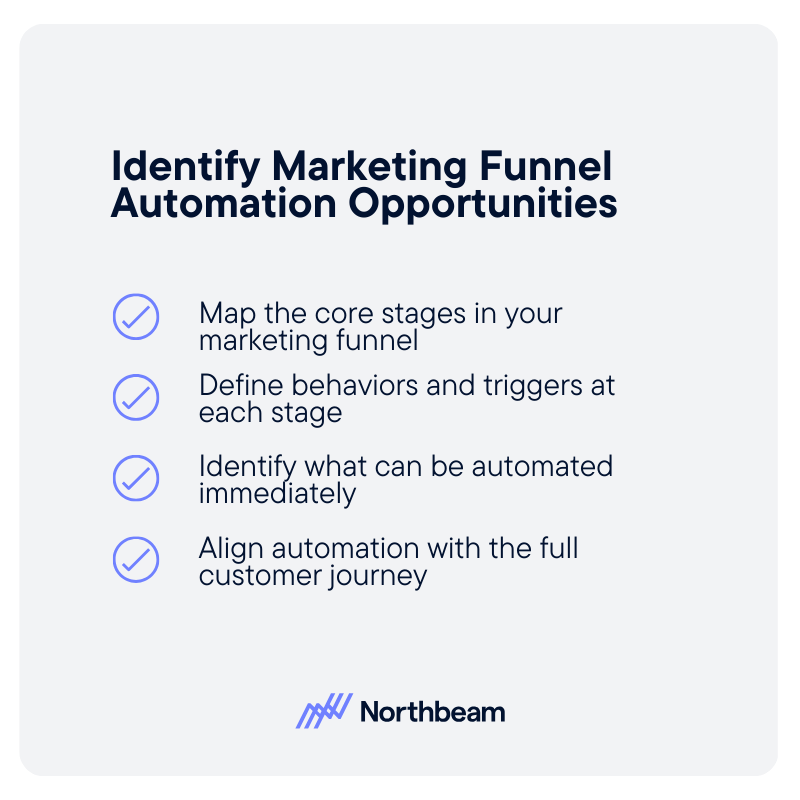
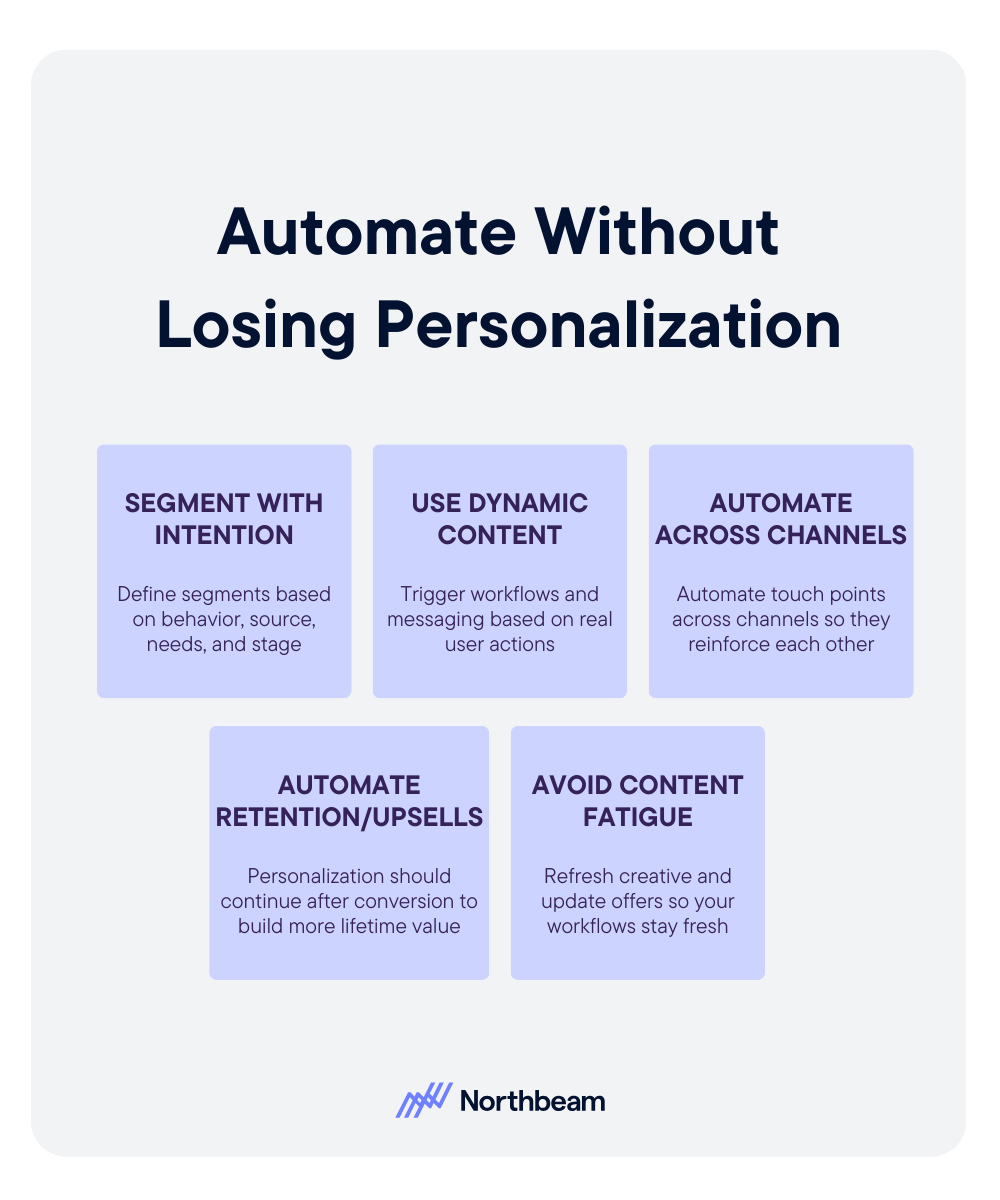
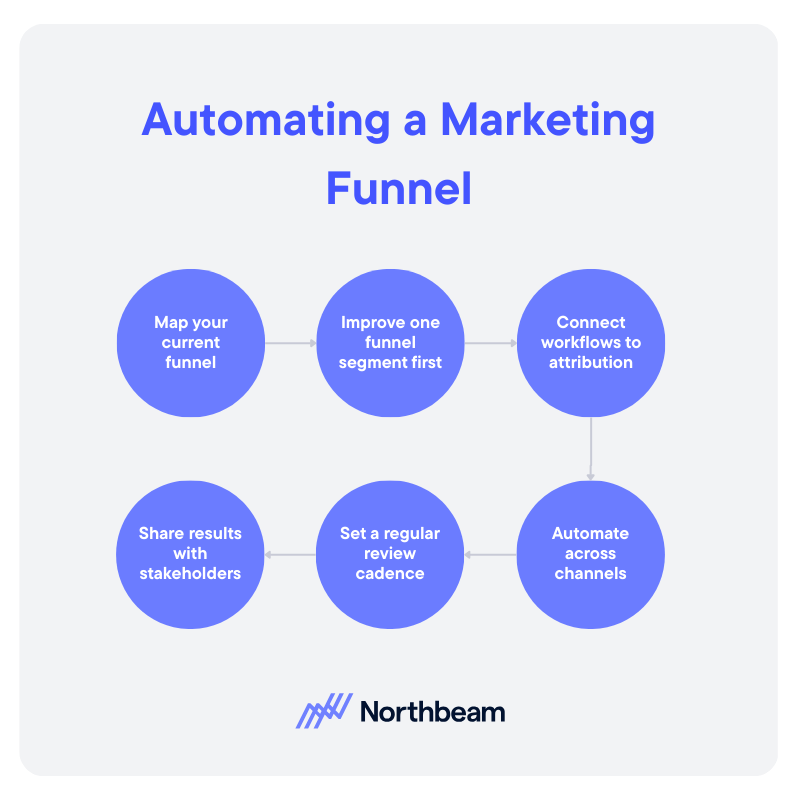





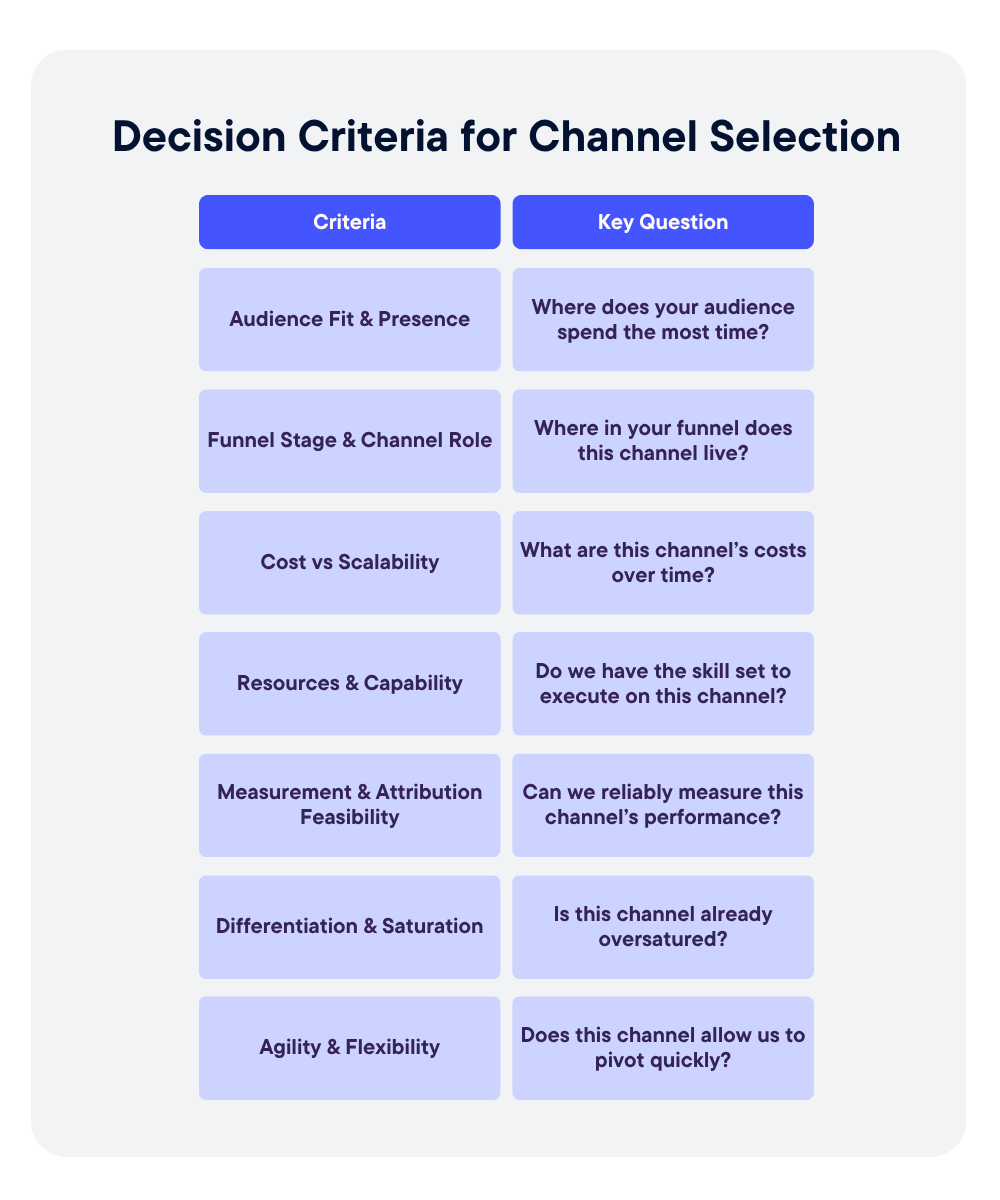
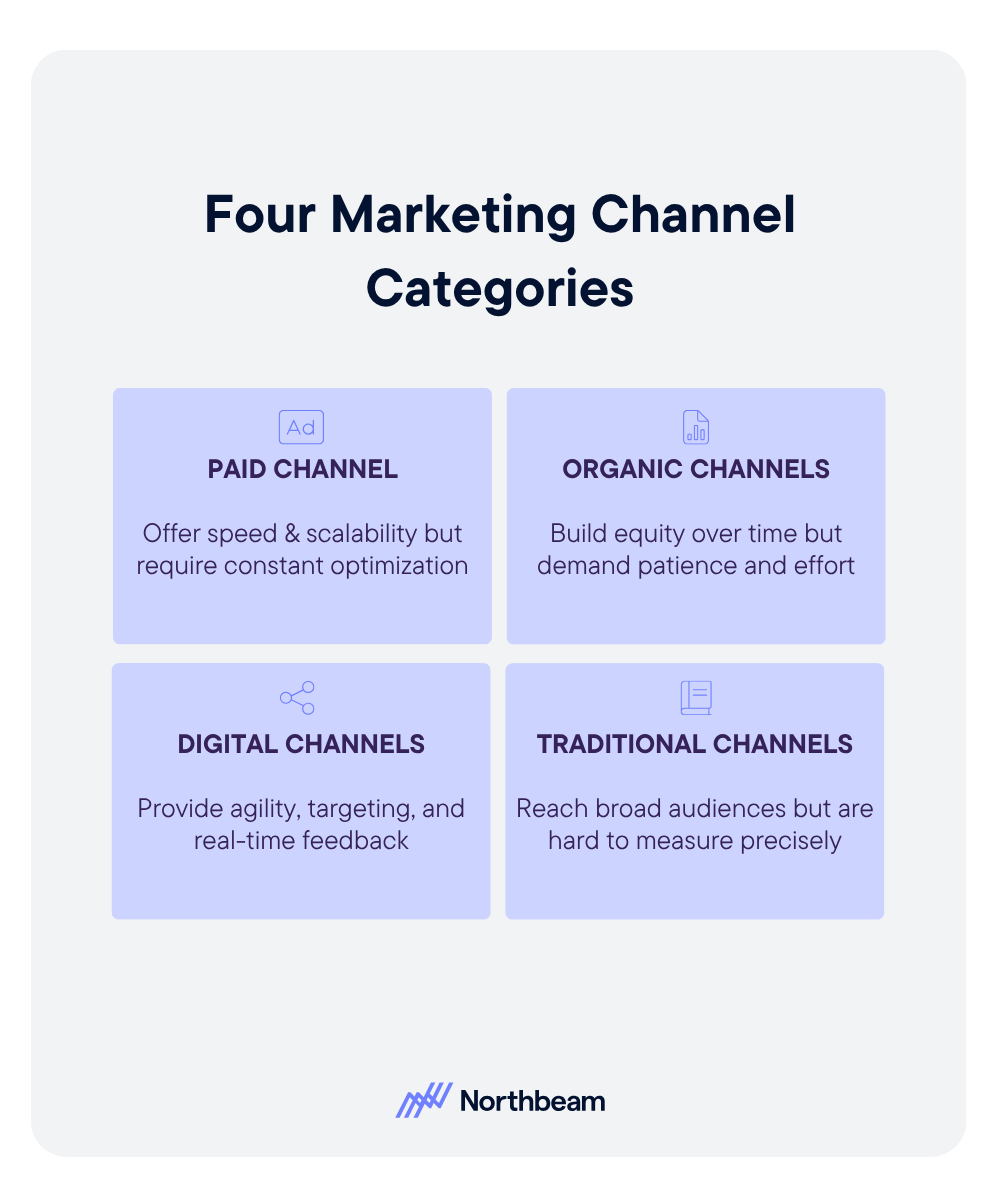
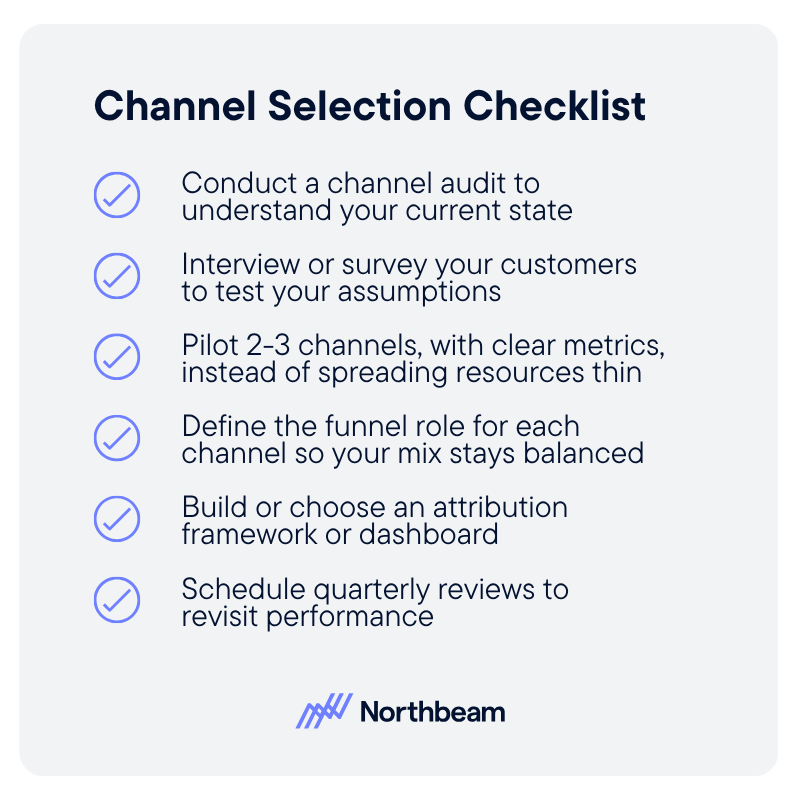
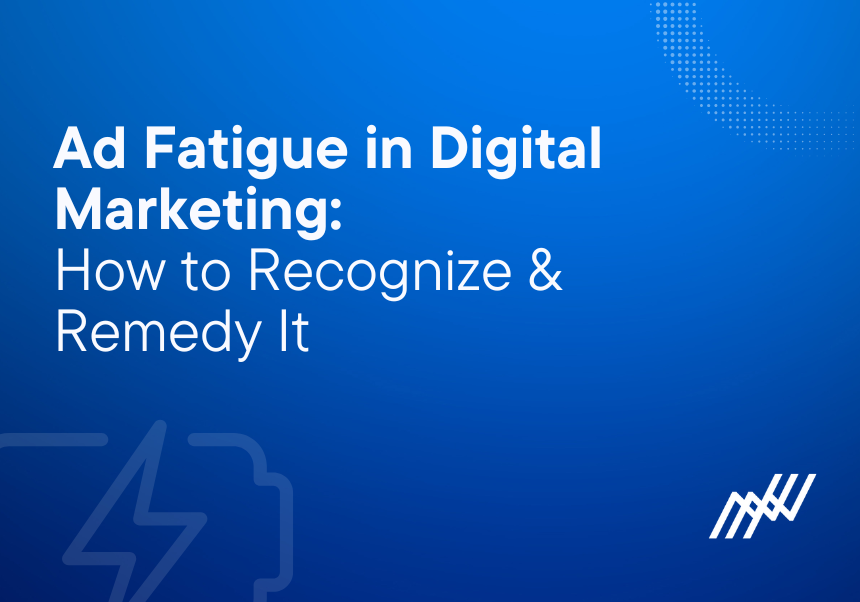
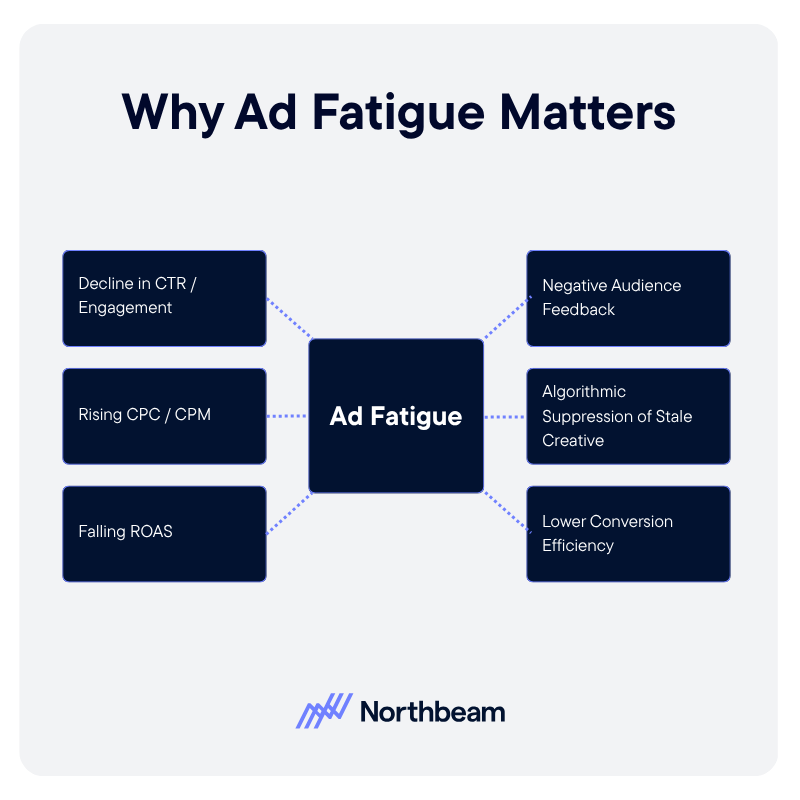
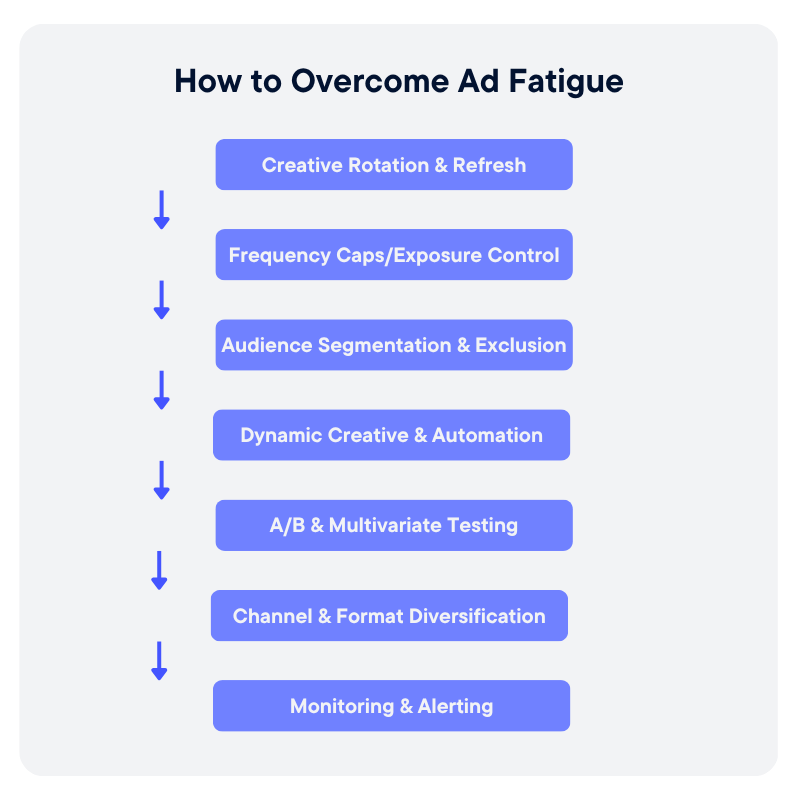
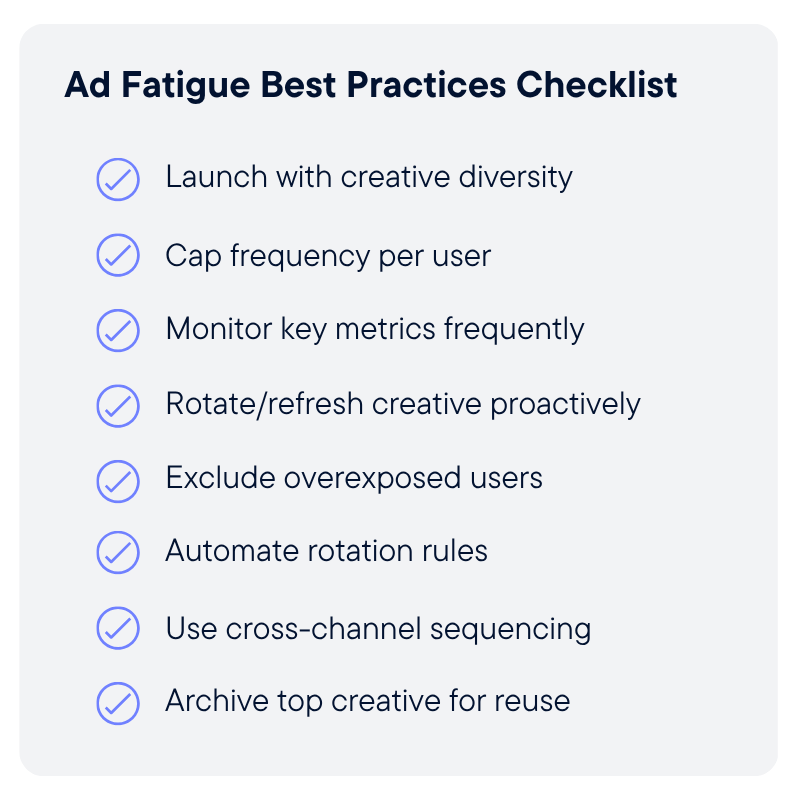

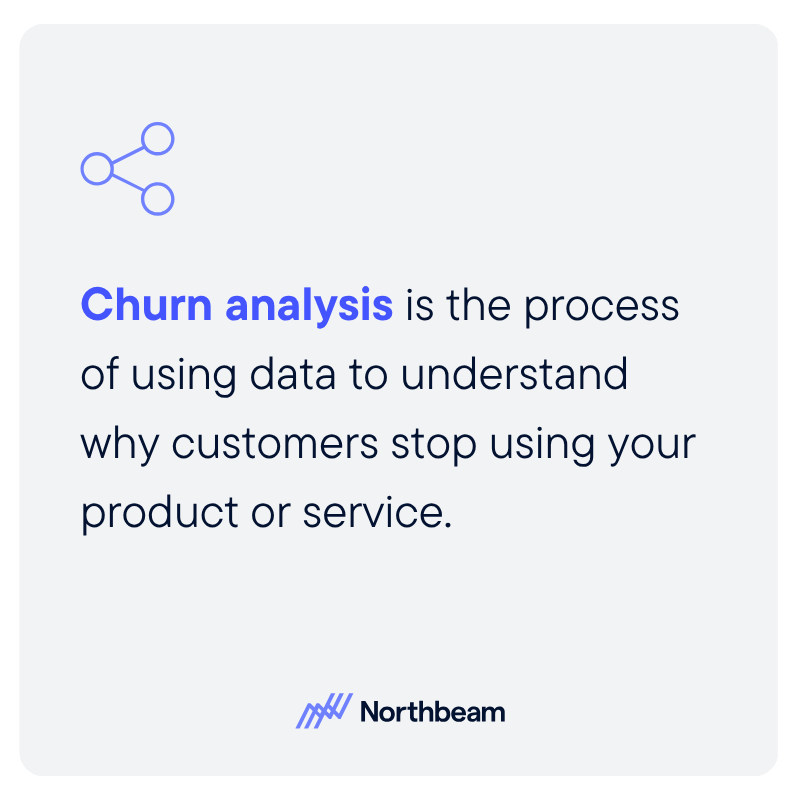
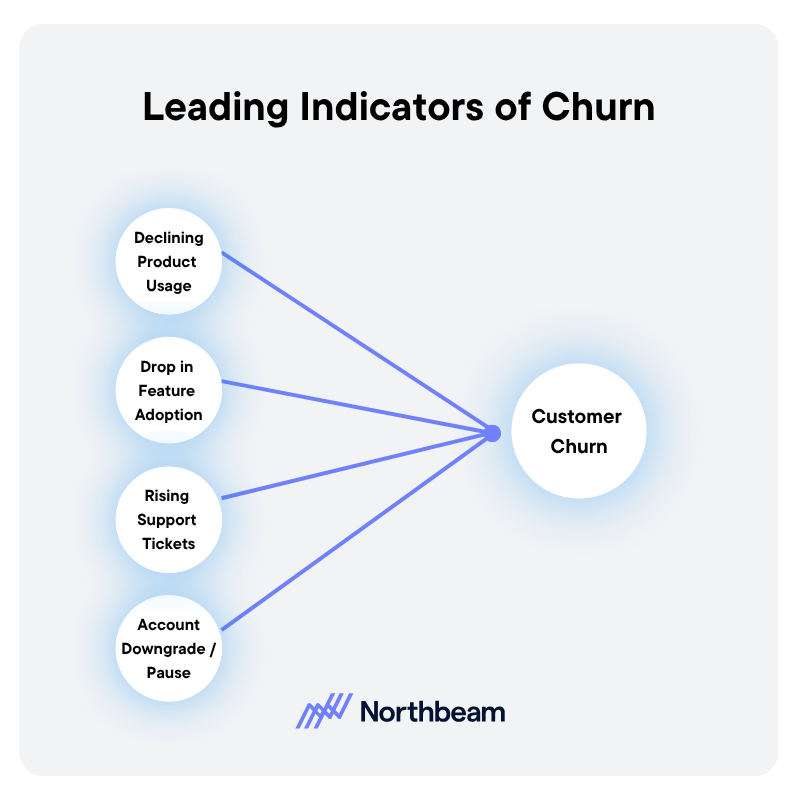
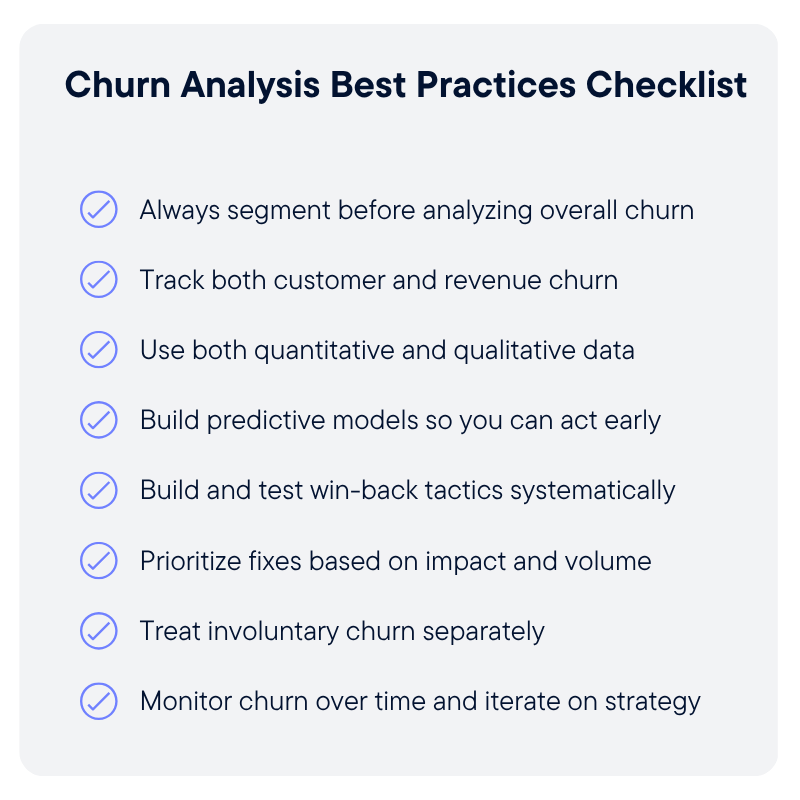
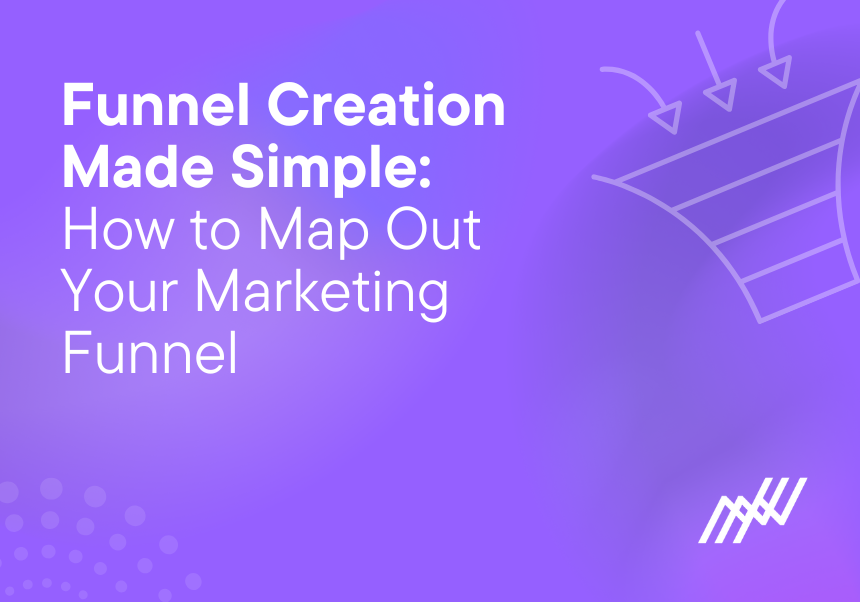
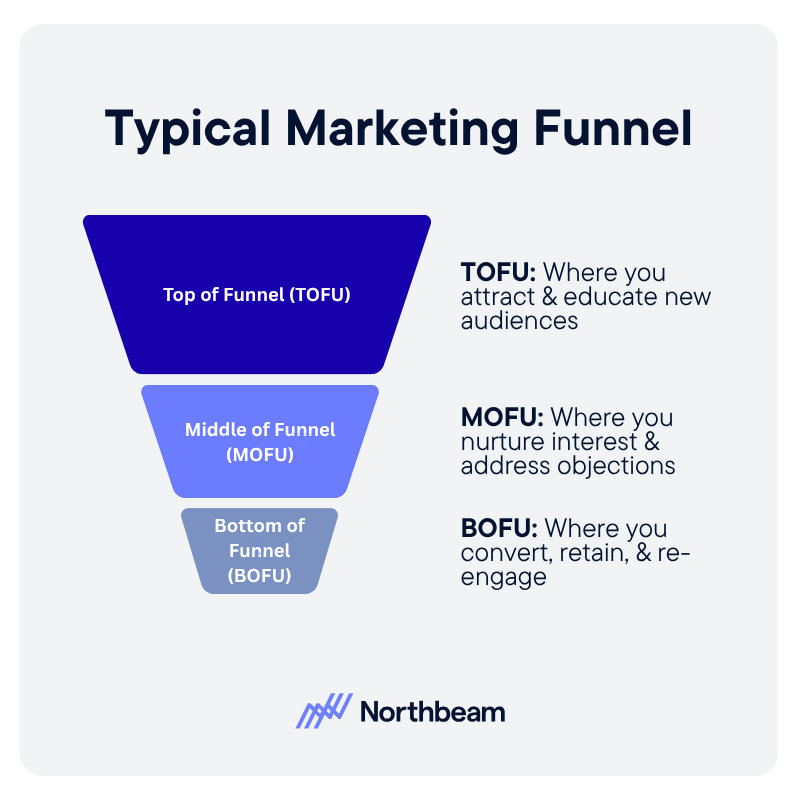
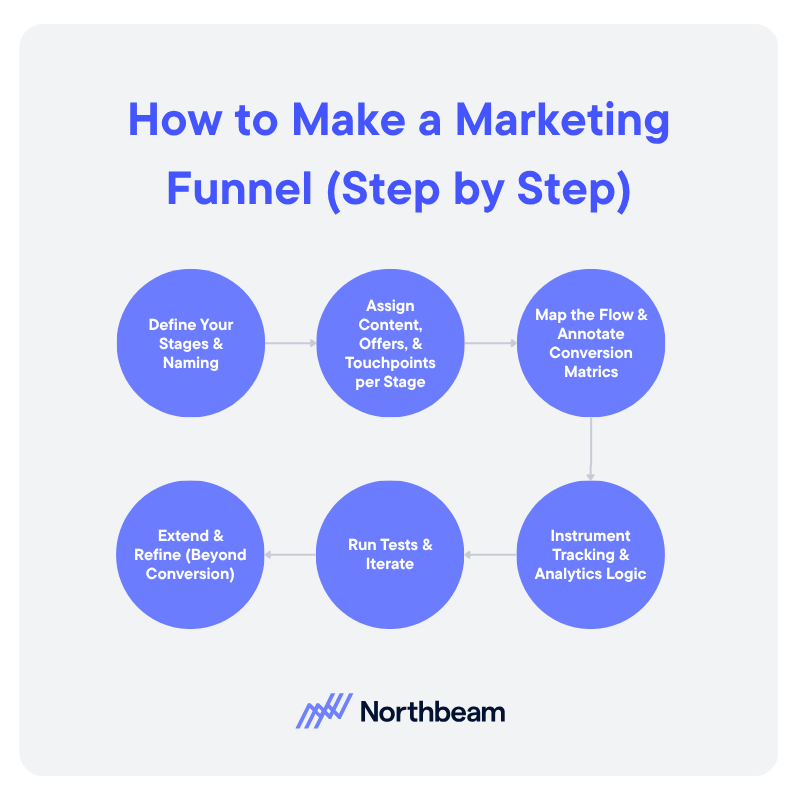
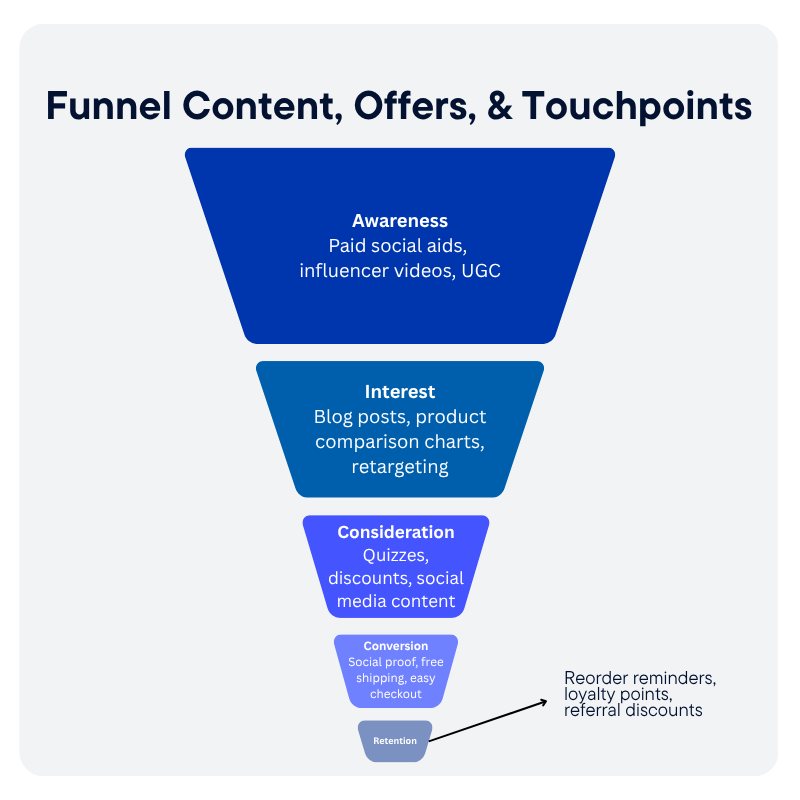
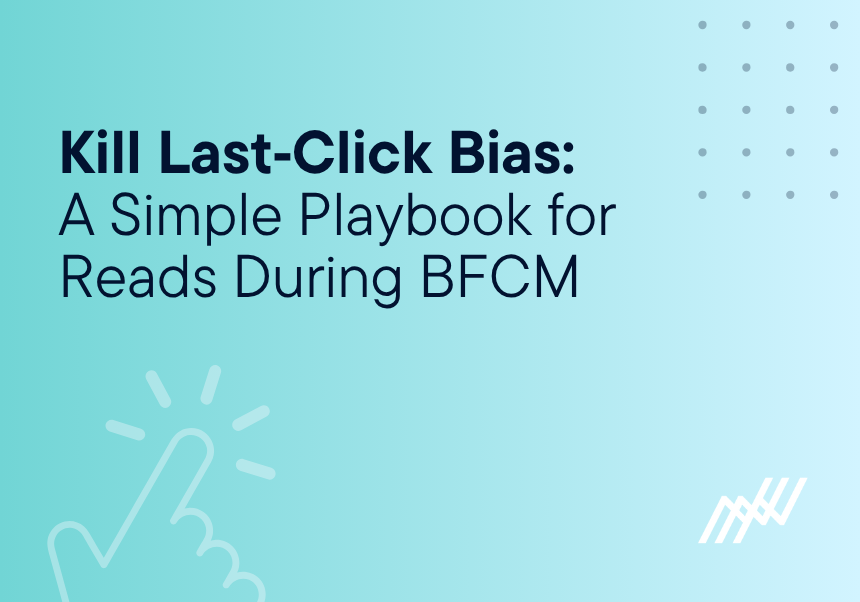

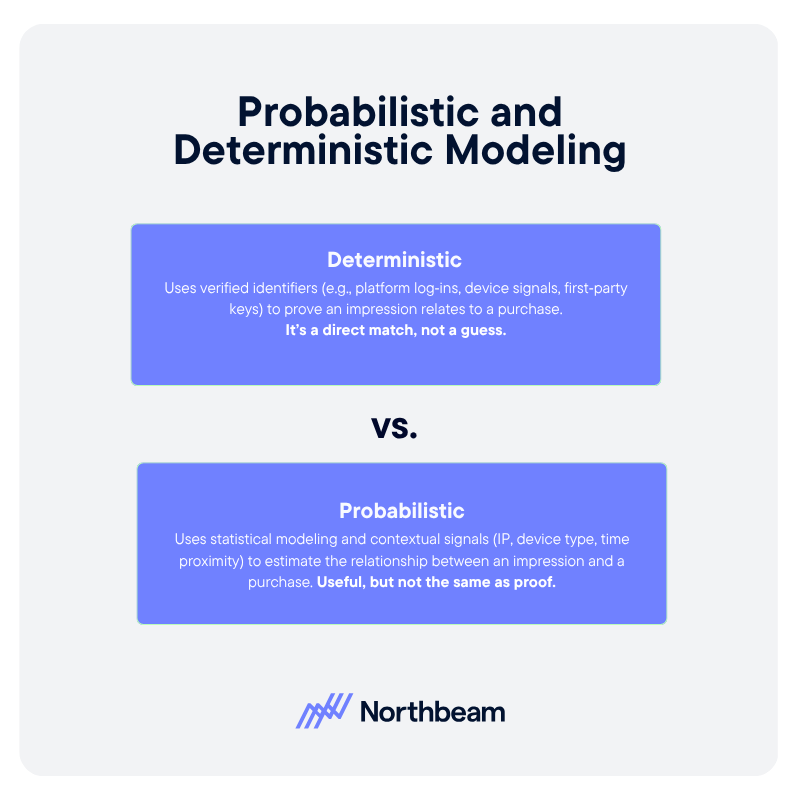

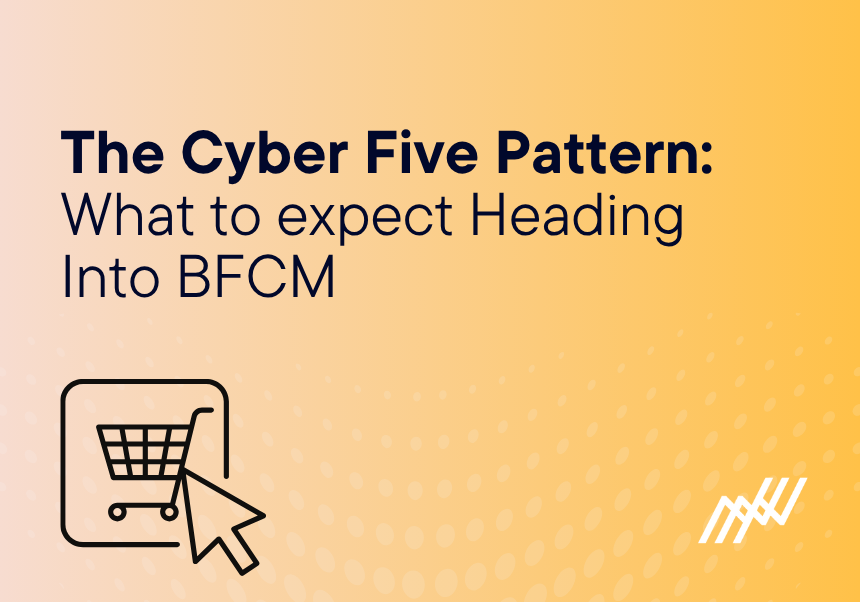


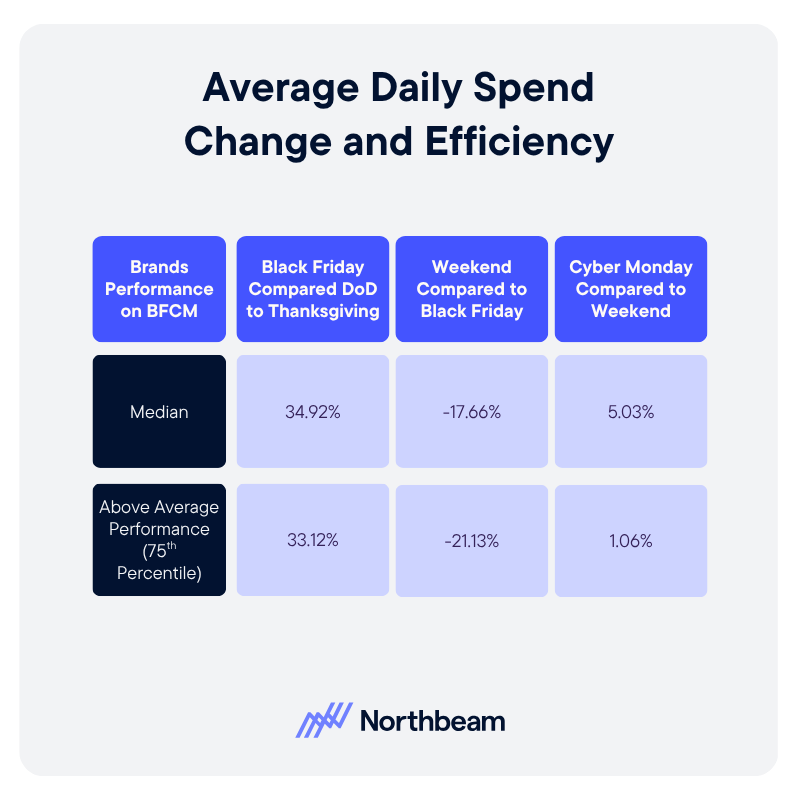
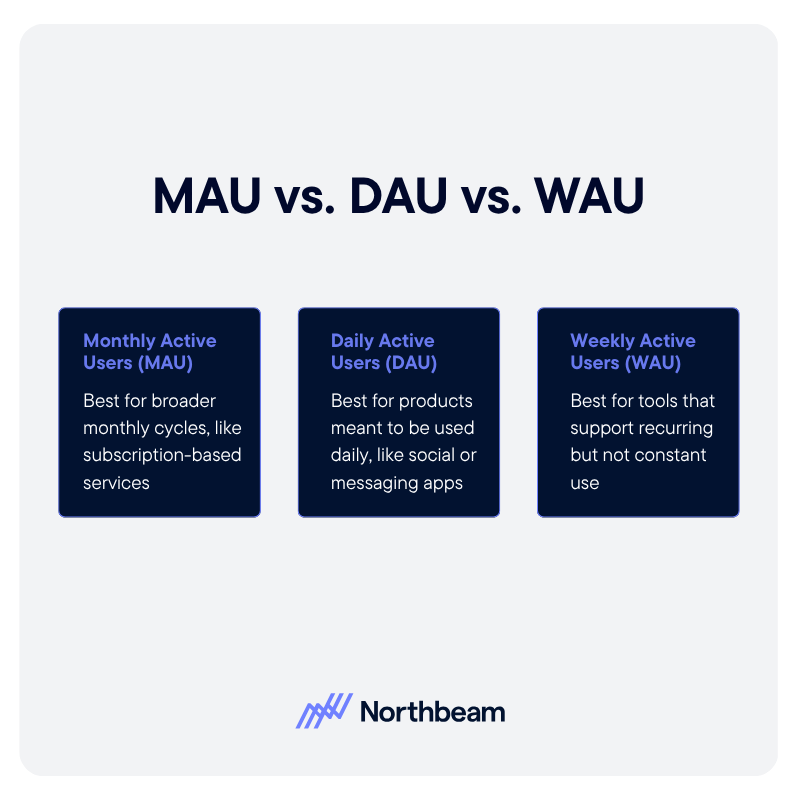

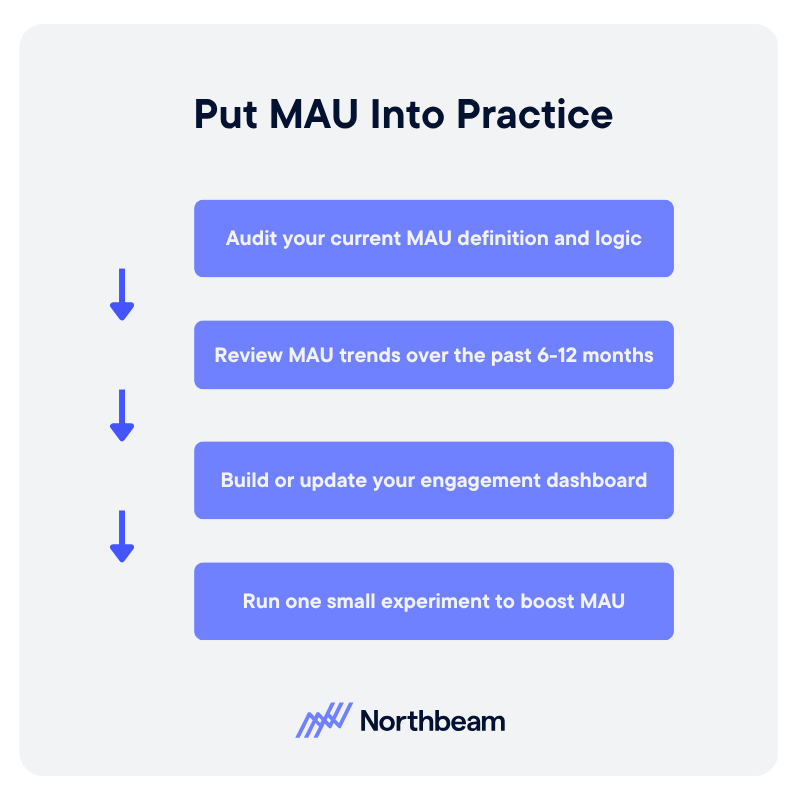
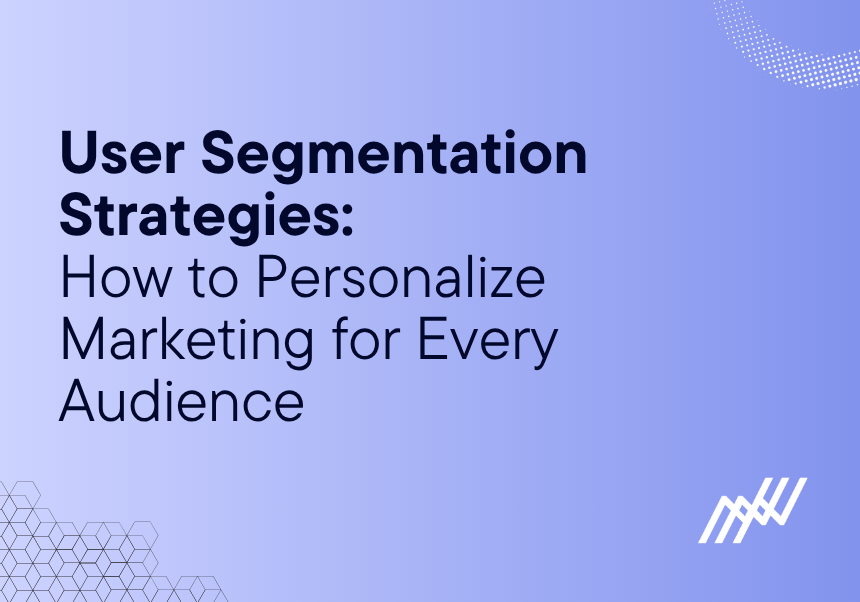
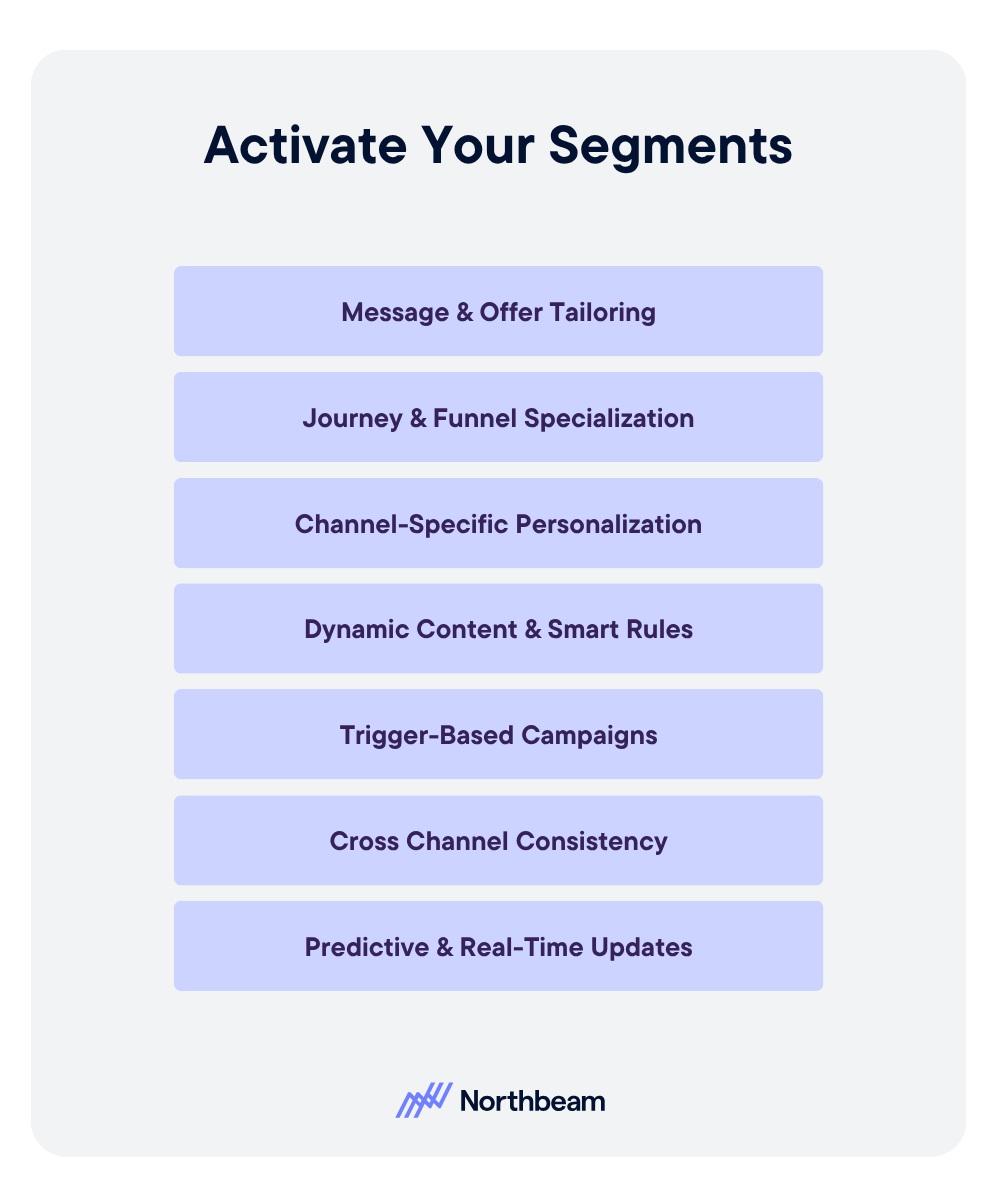
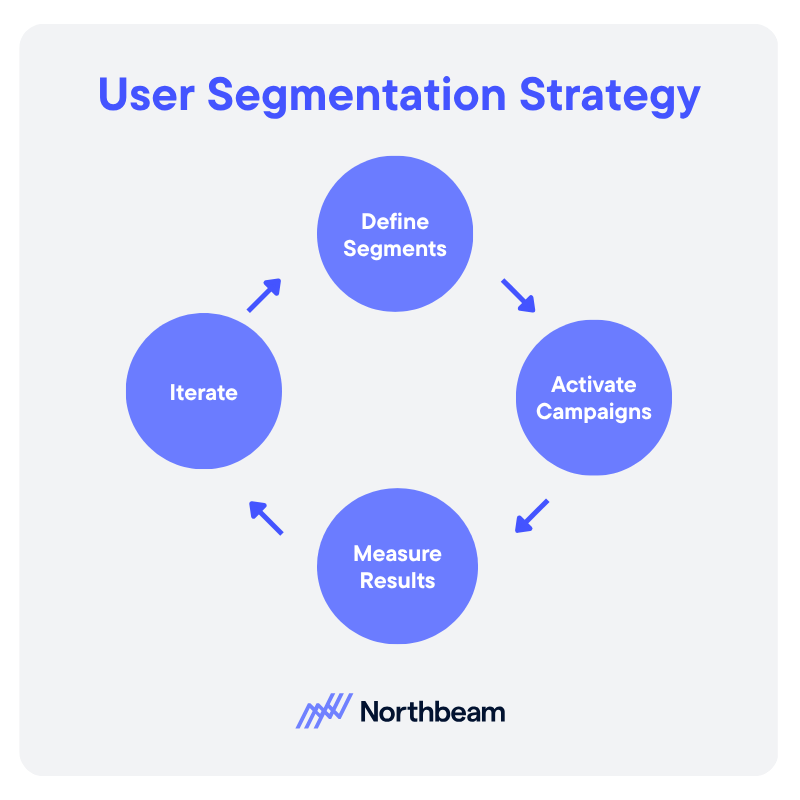
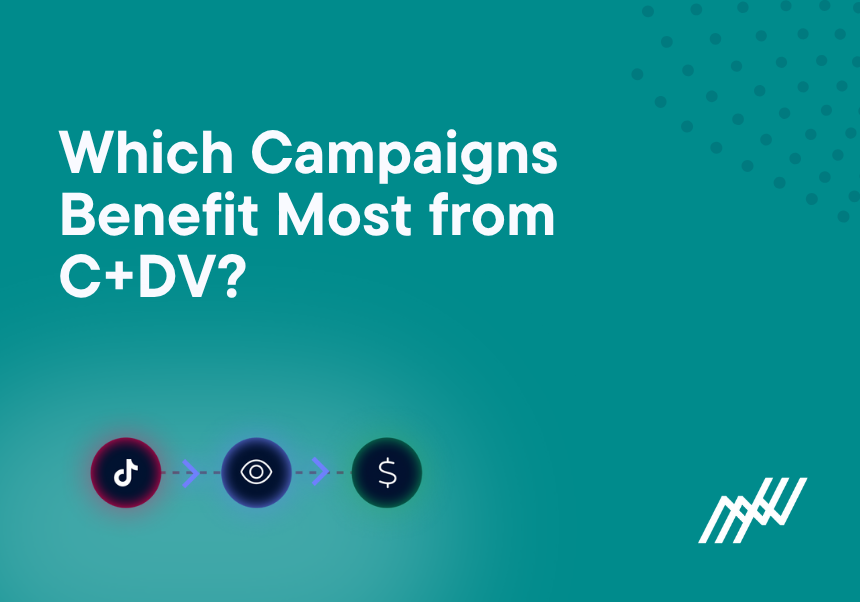

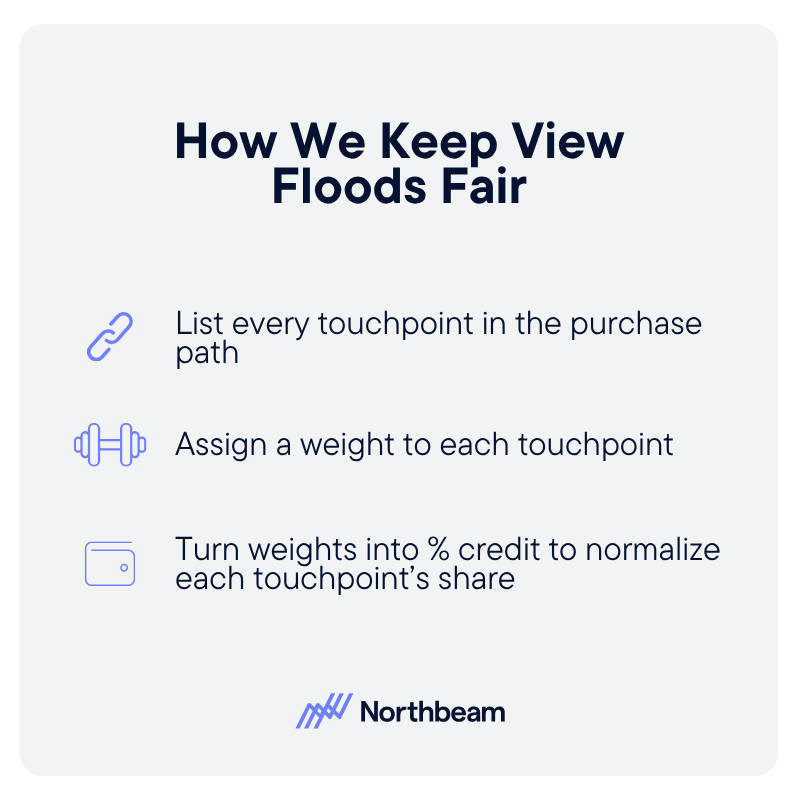

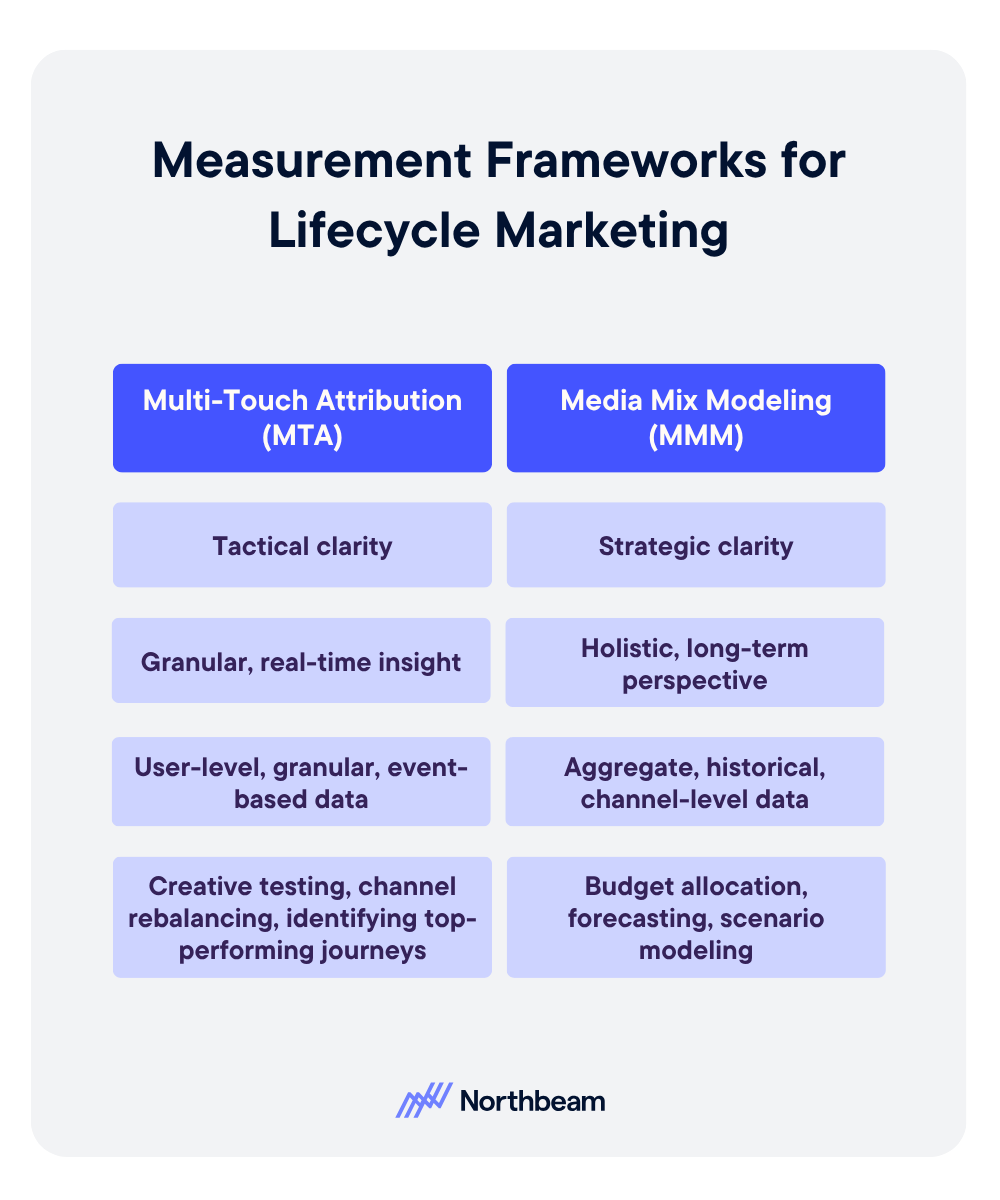
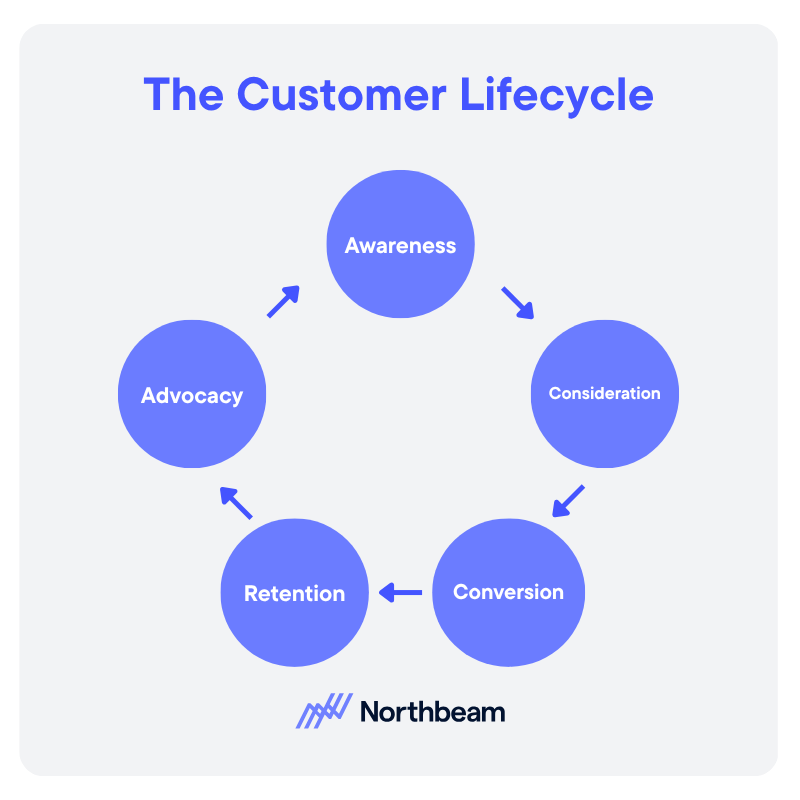
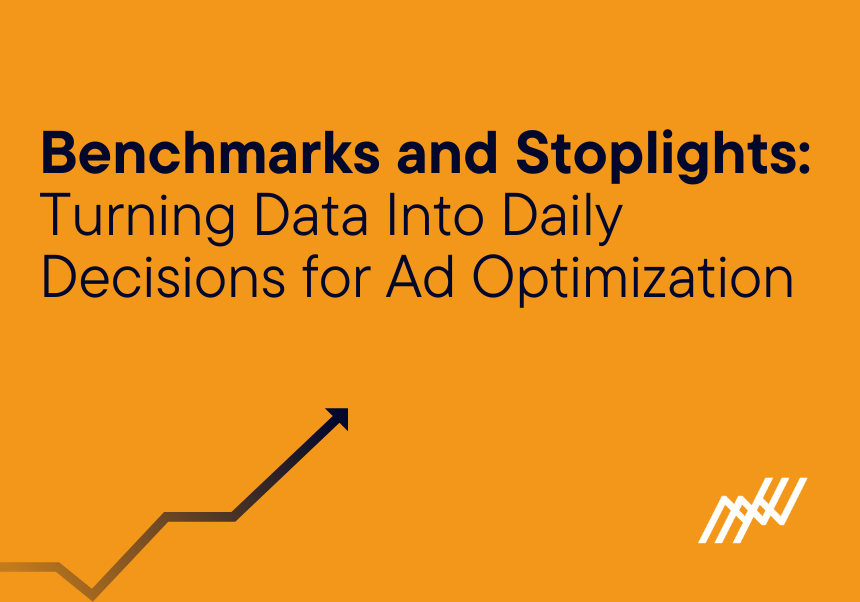
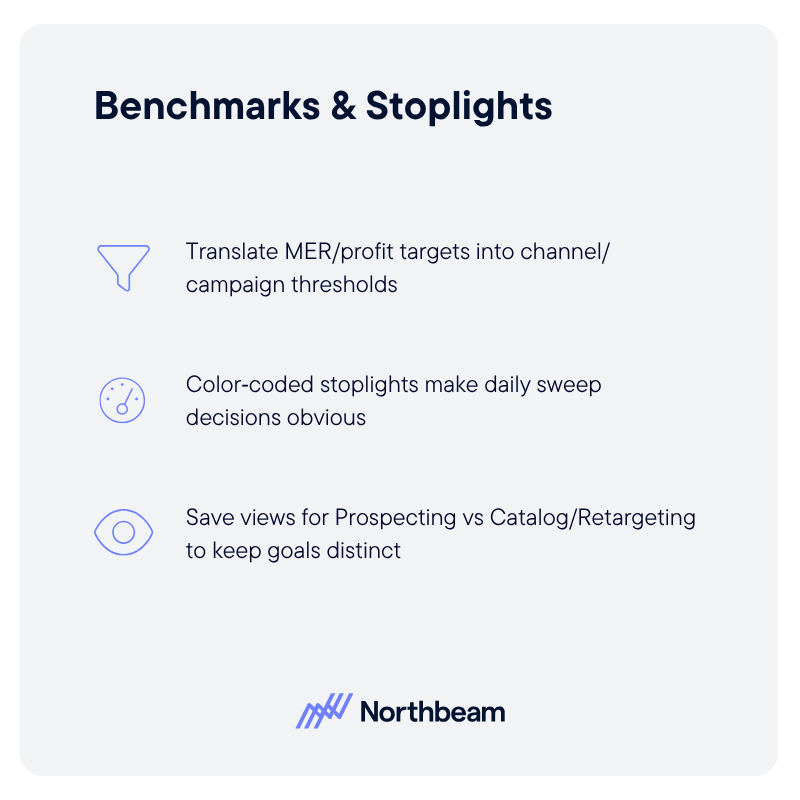
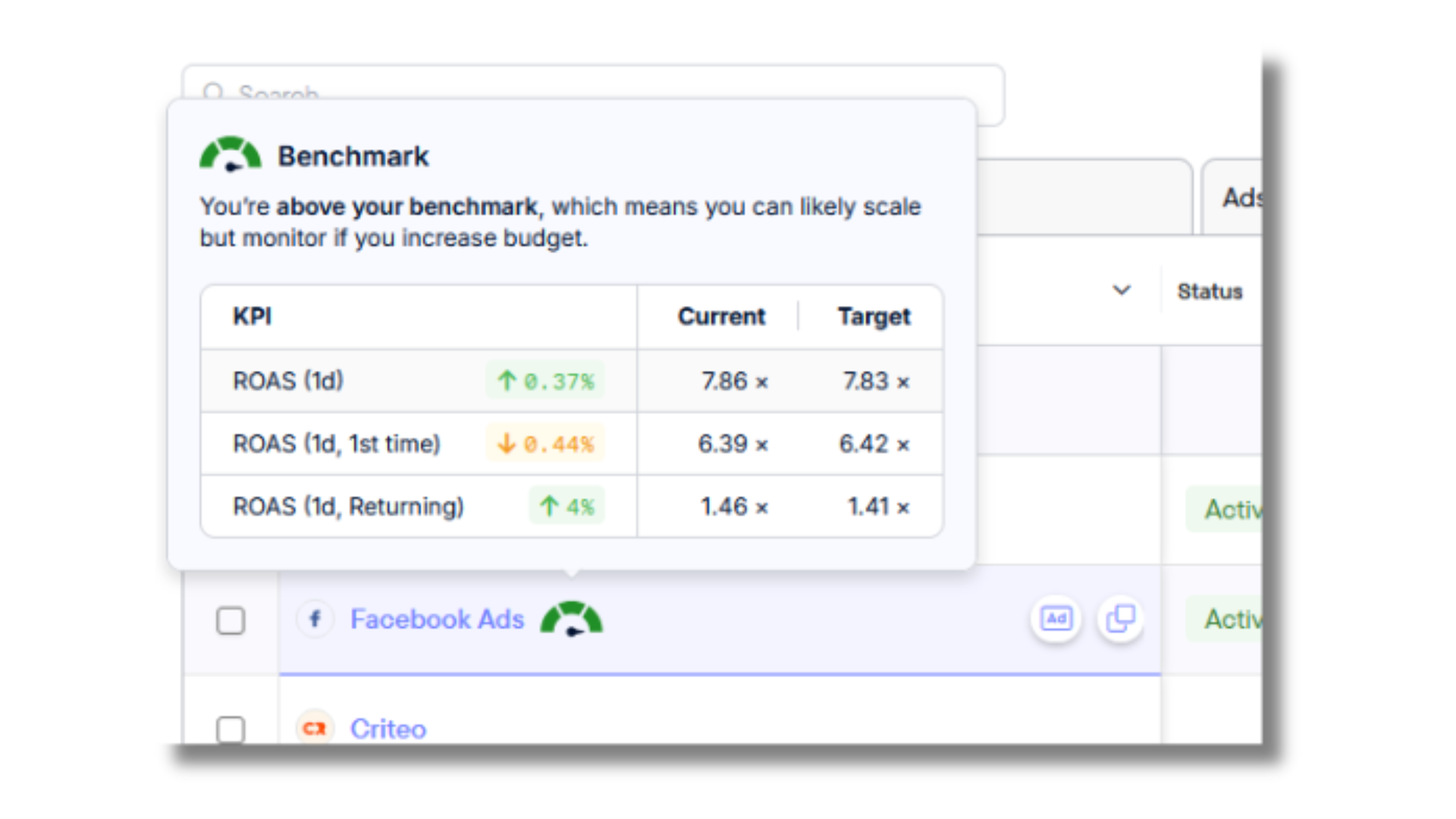
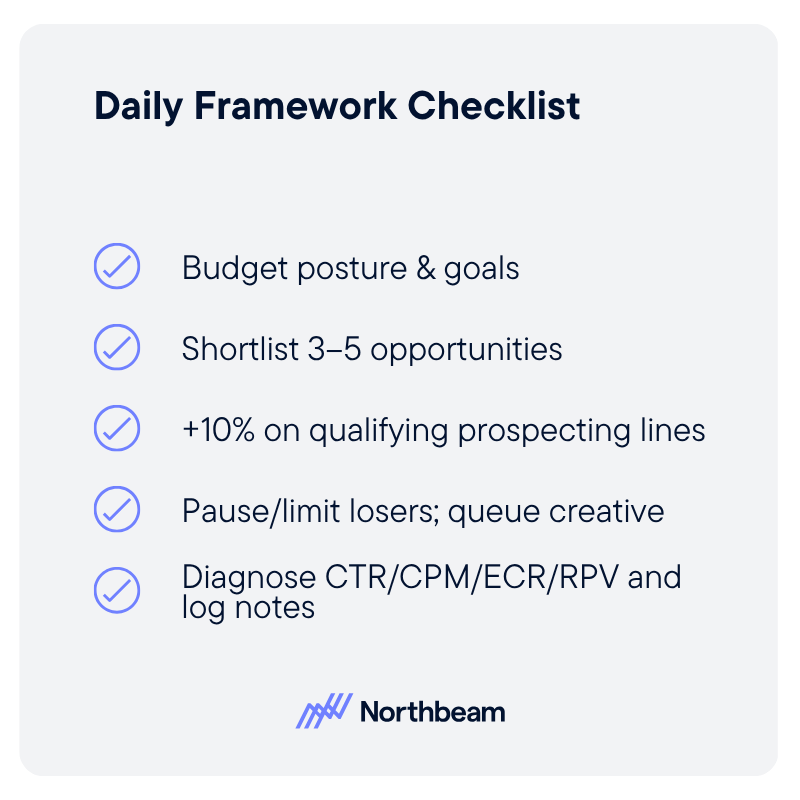
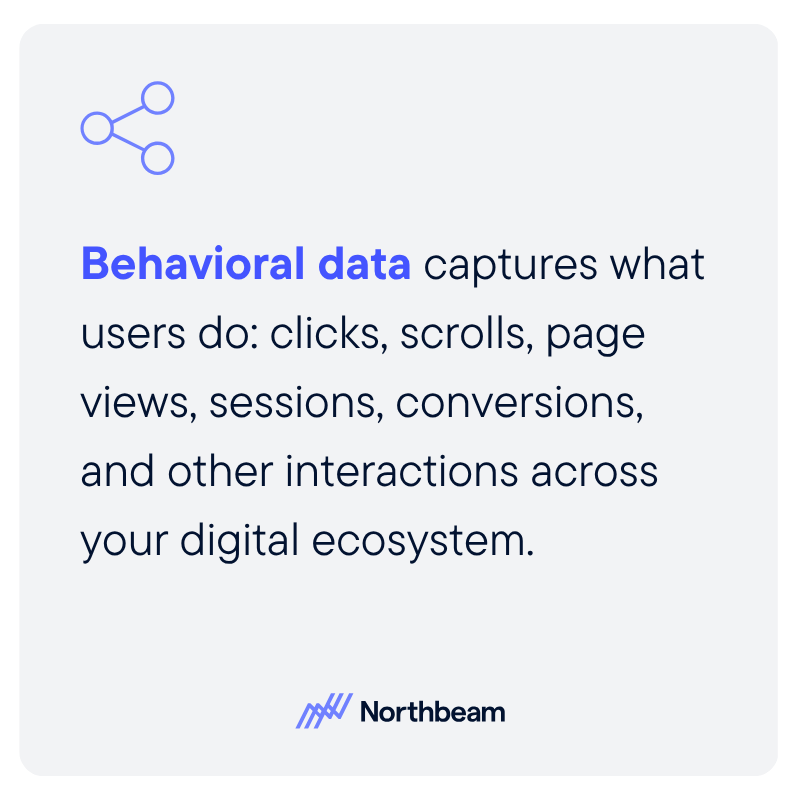
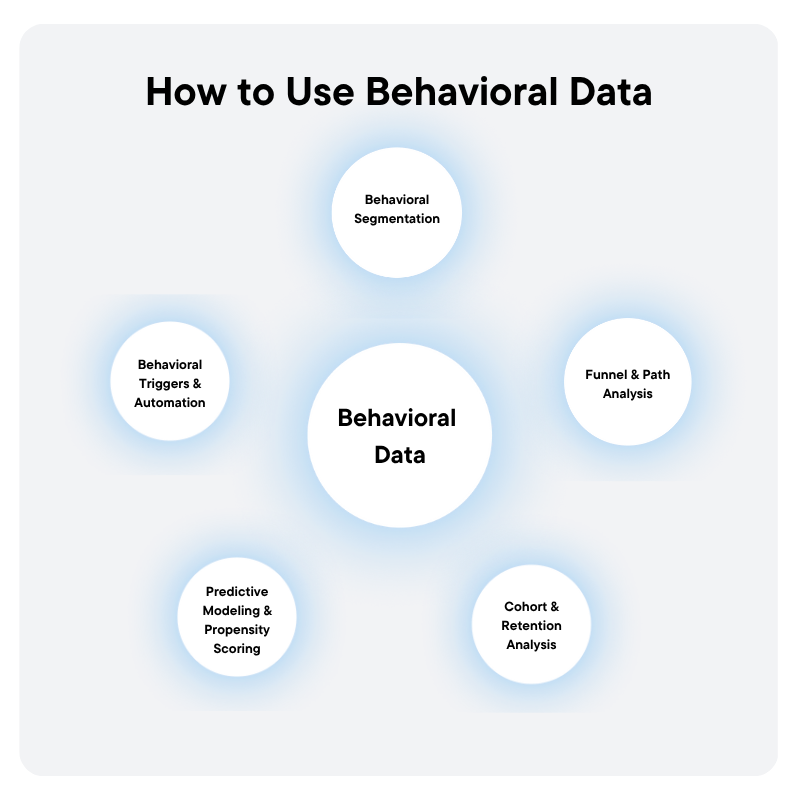

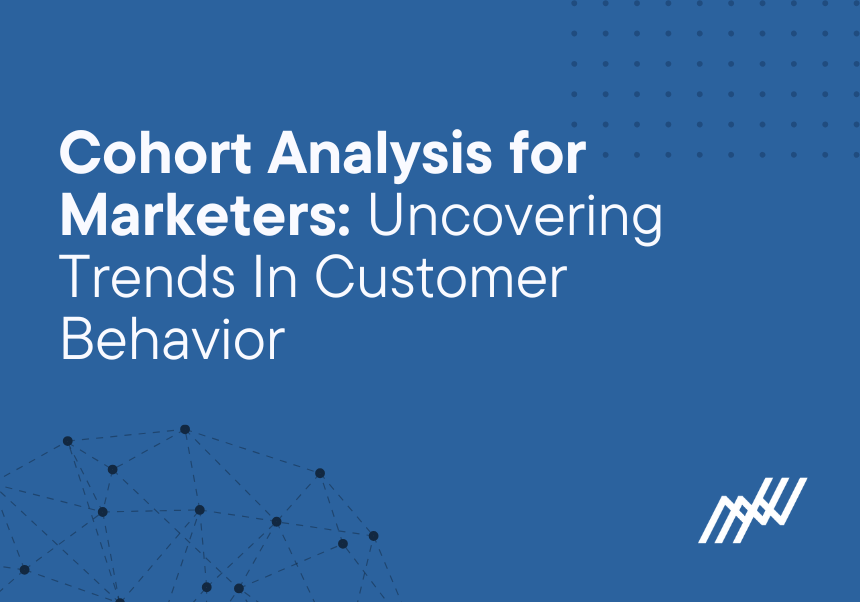
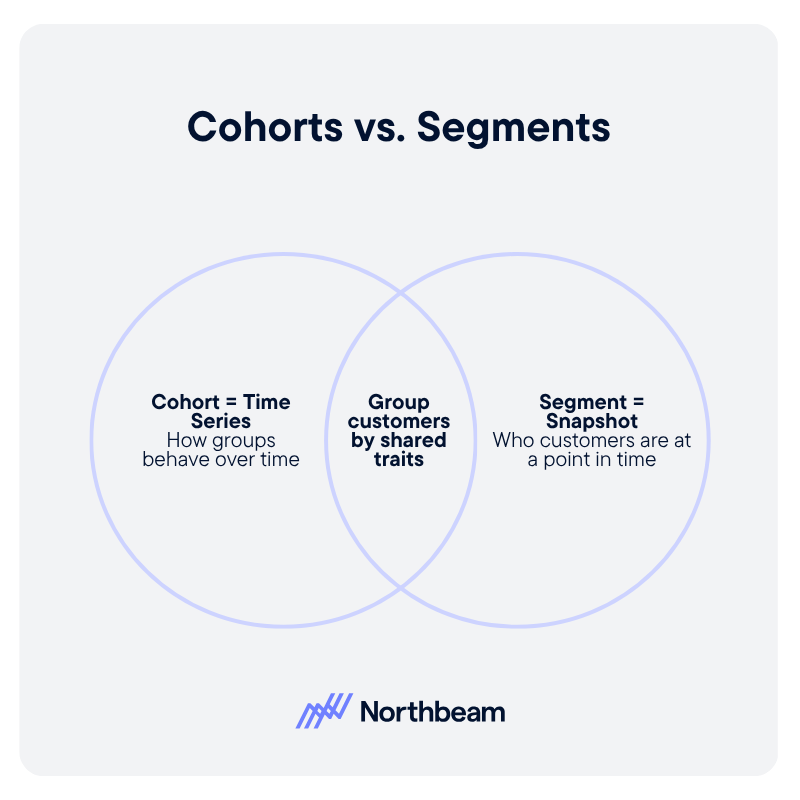
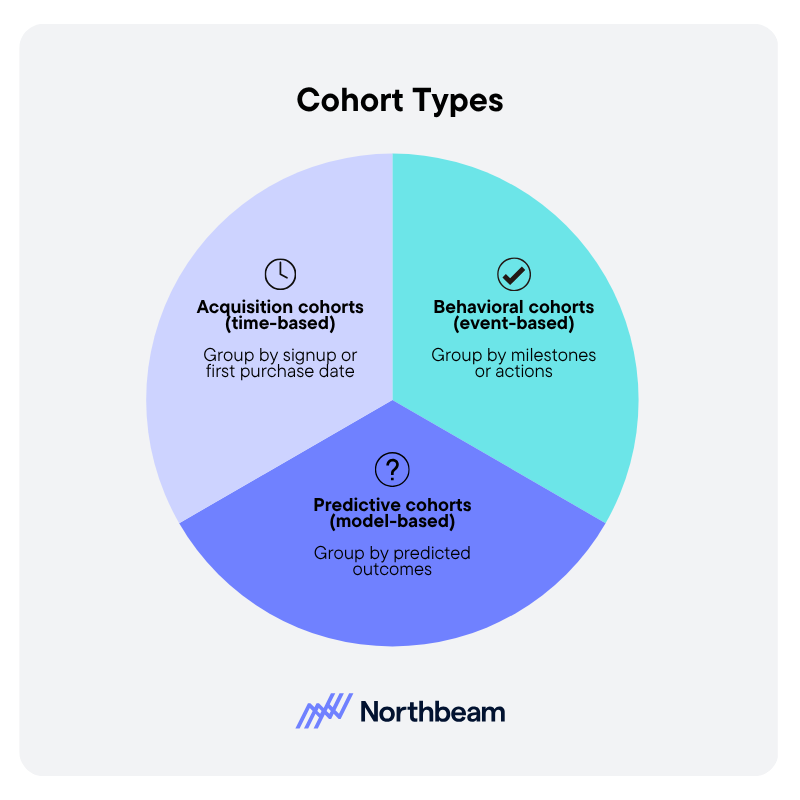
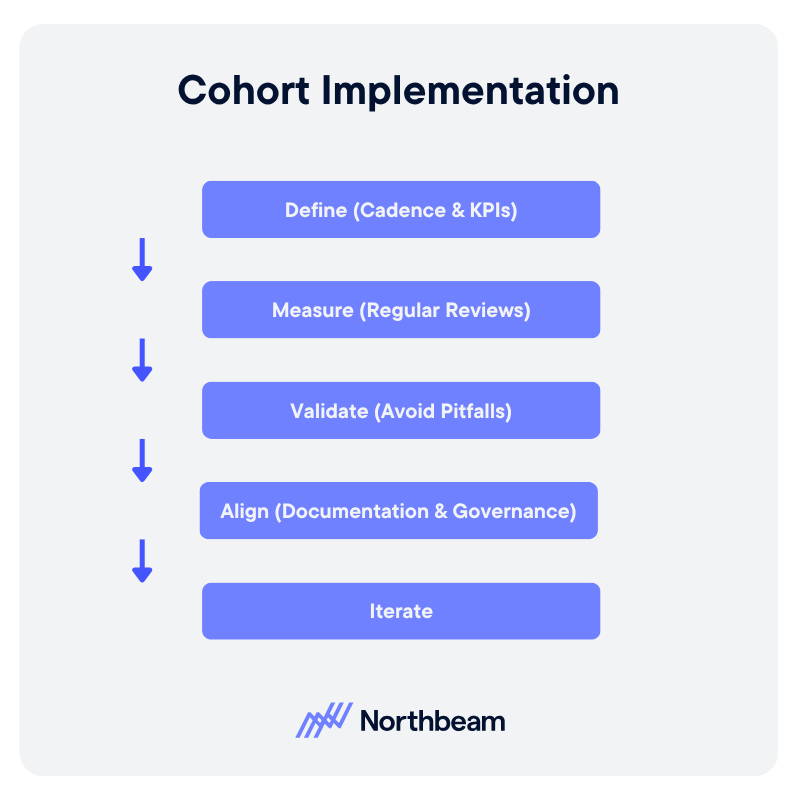
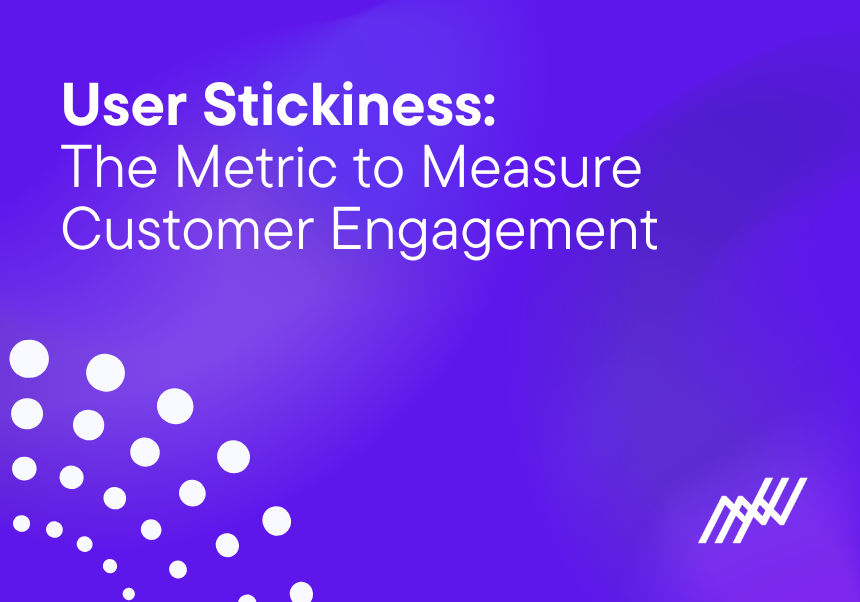
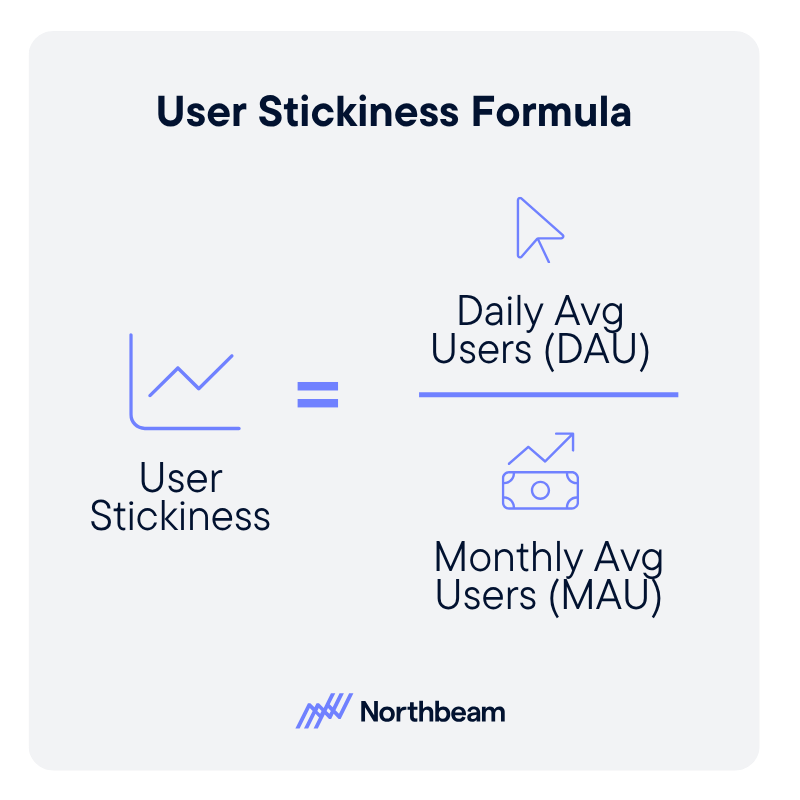
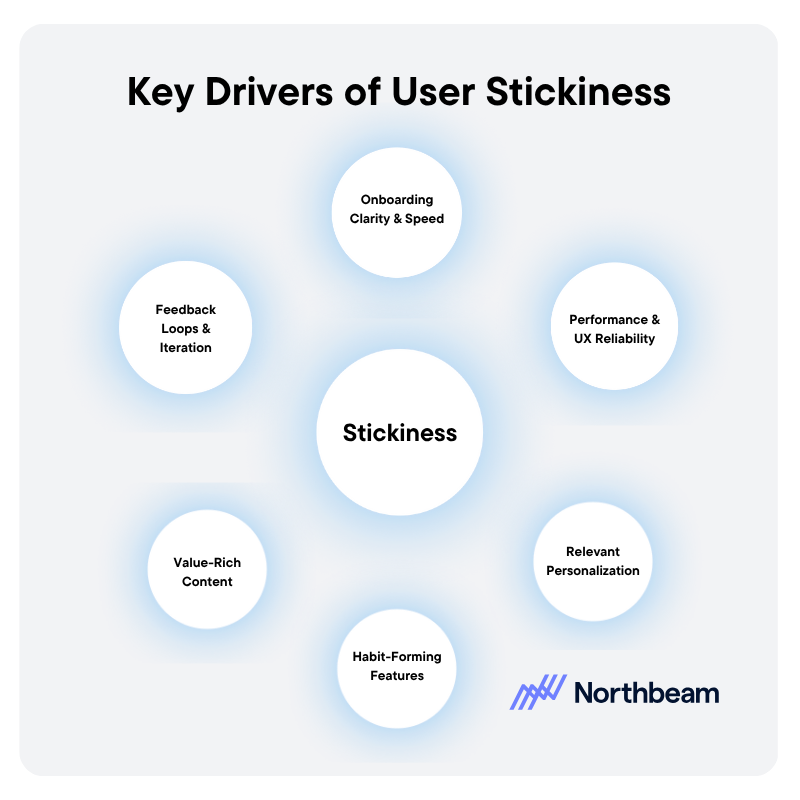
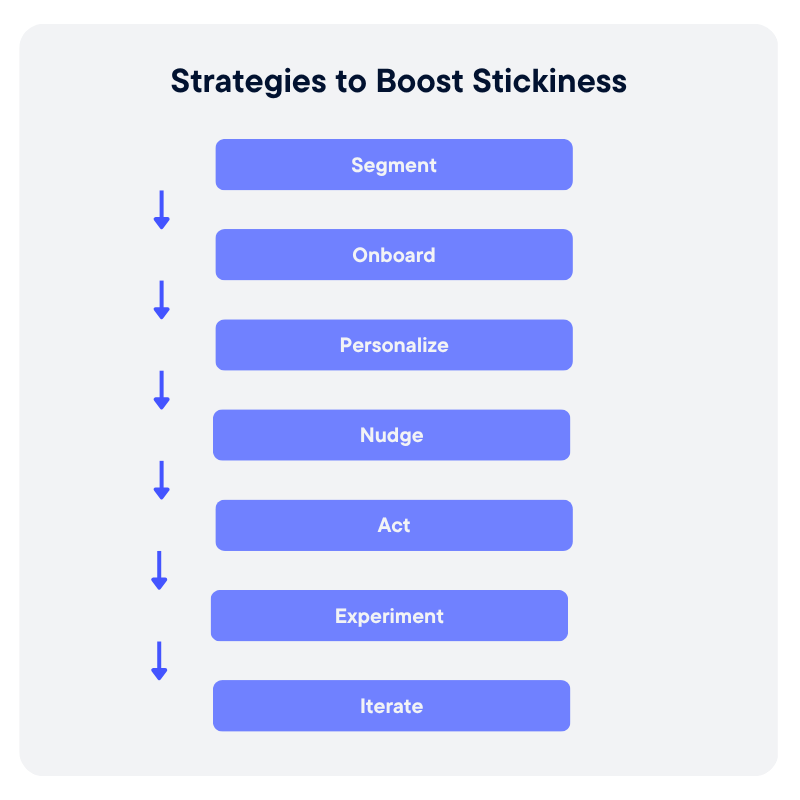

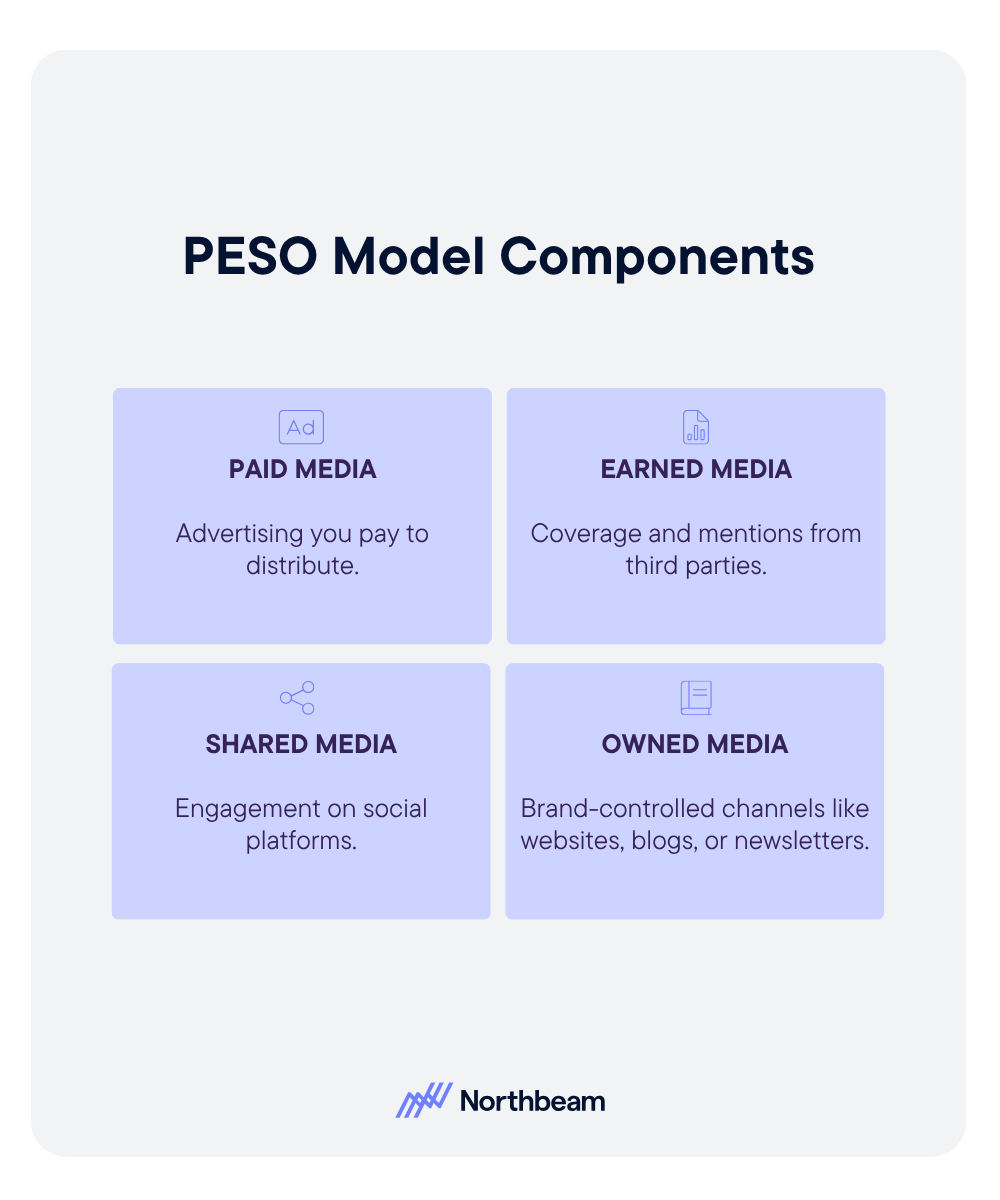
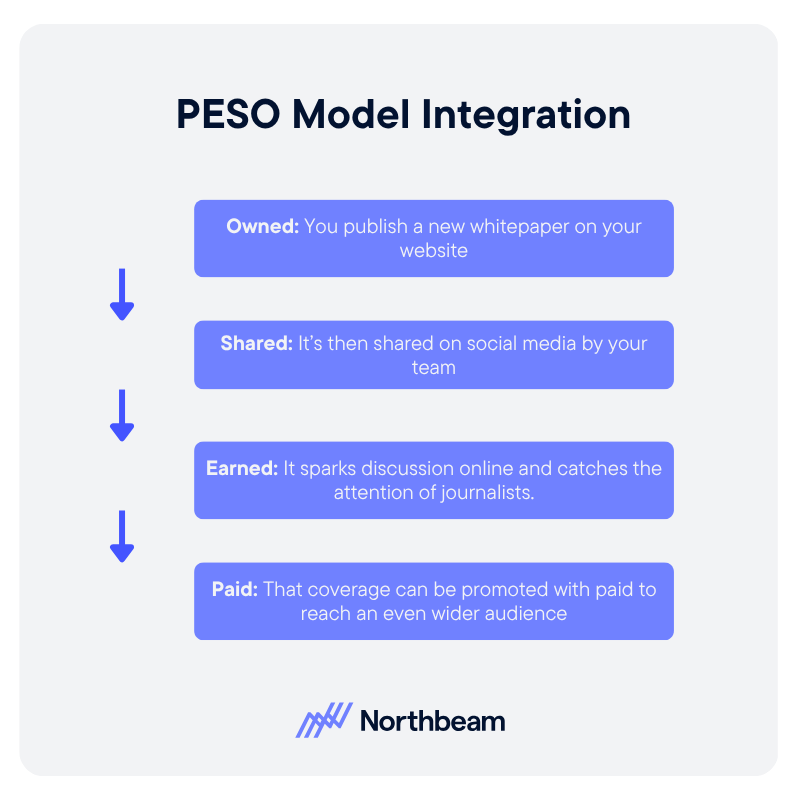
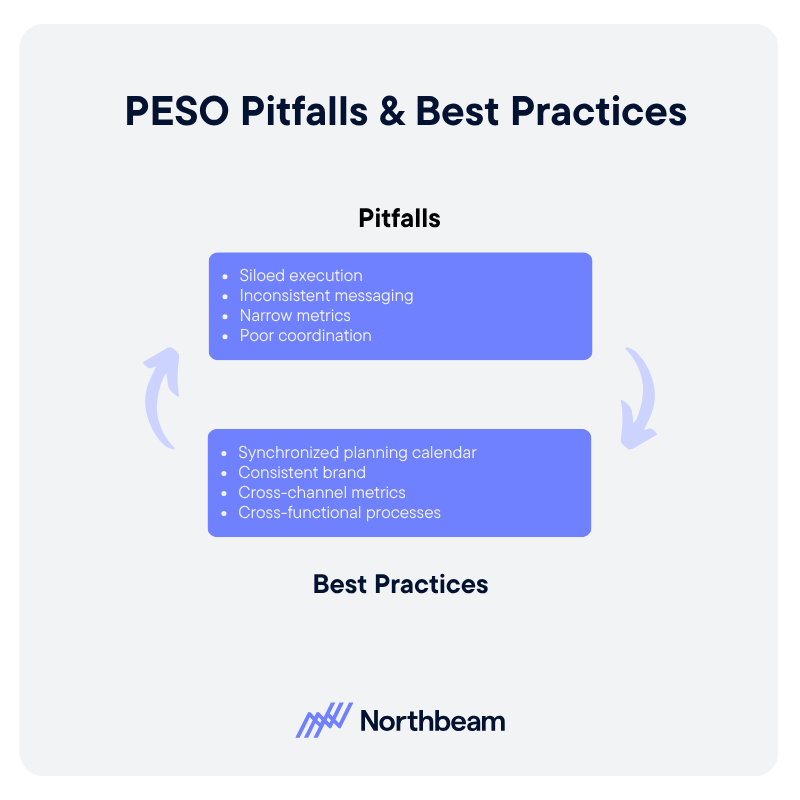
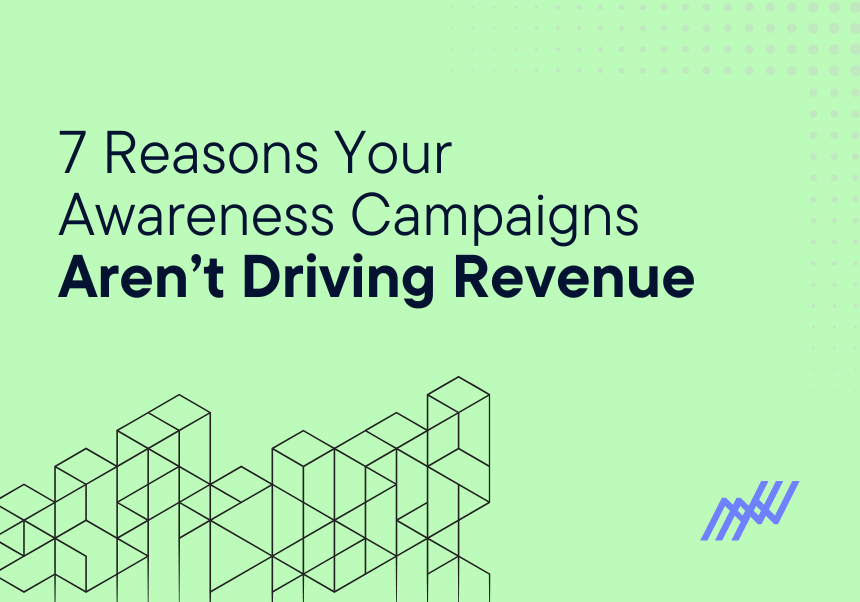
.png)


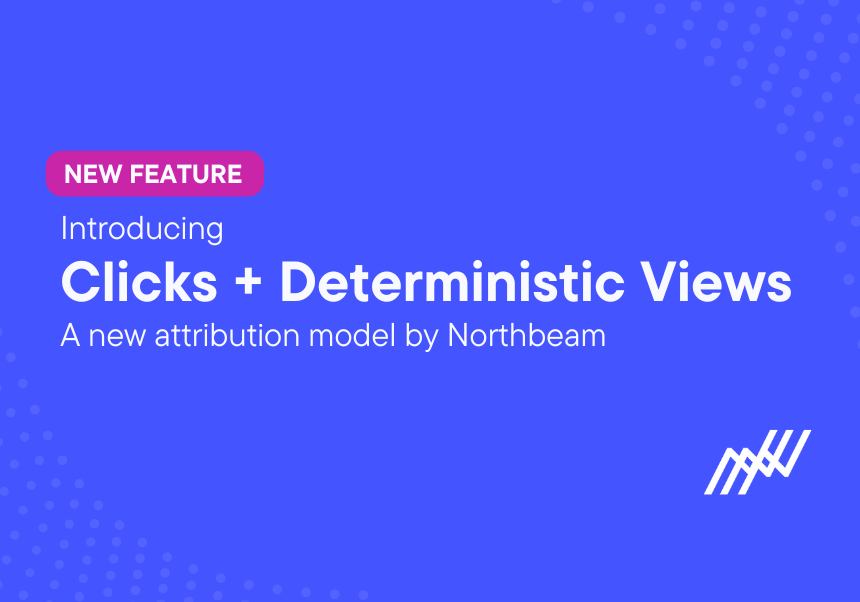


.png)
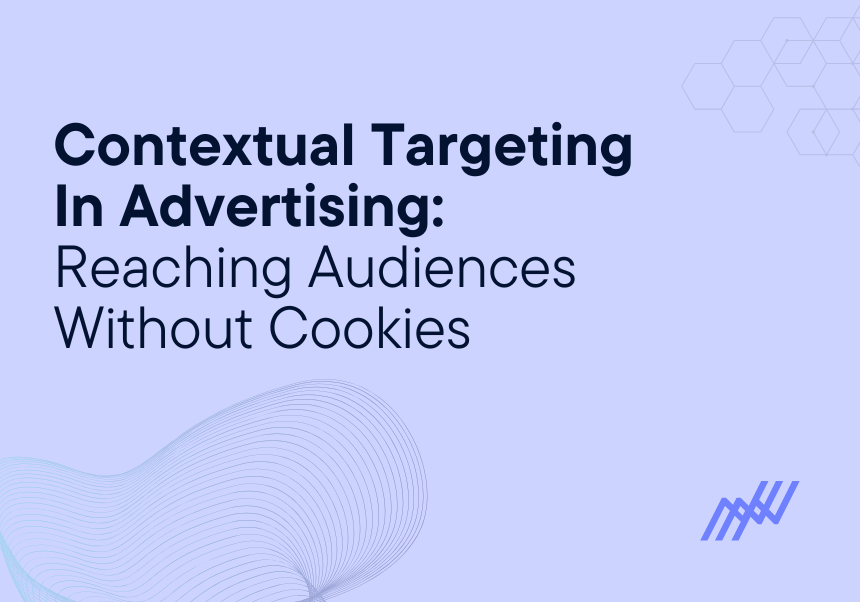




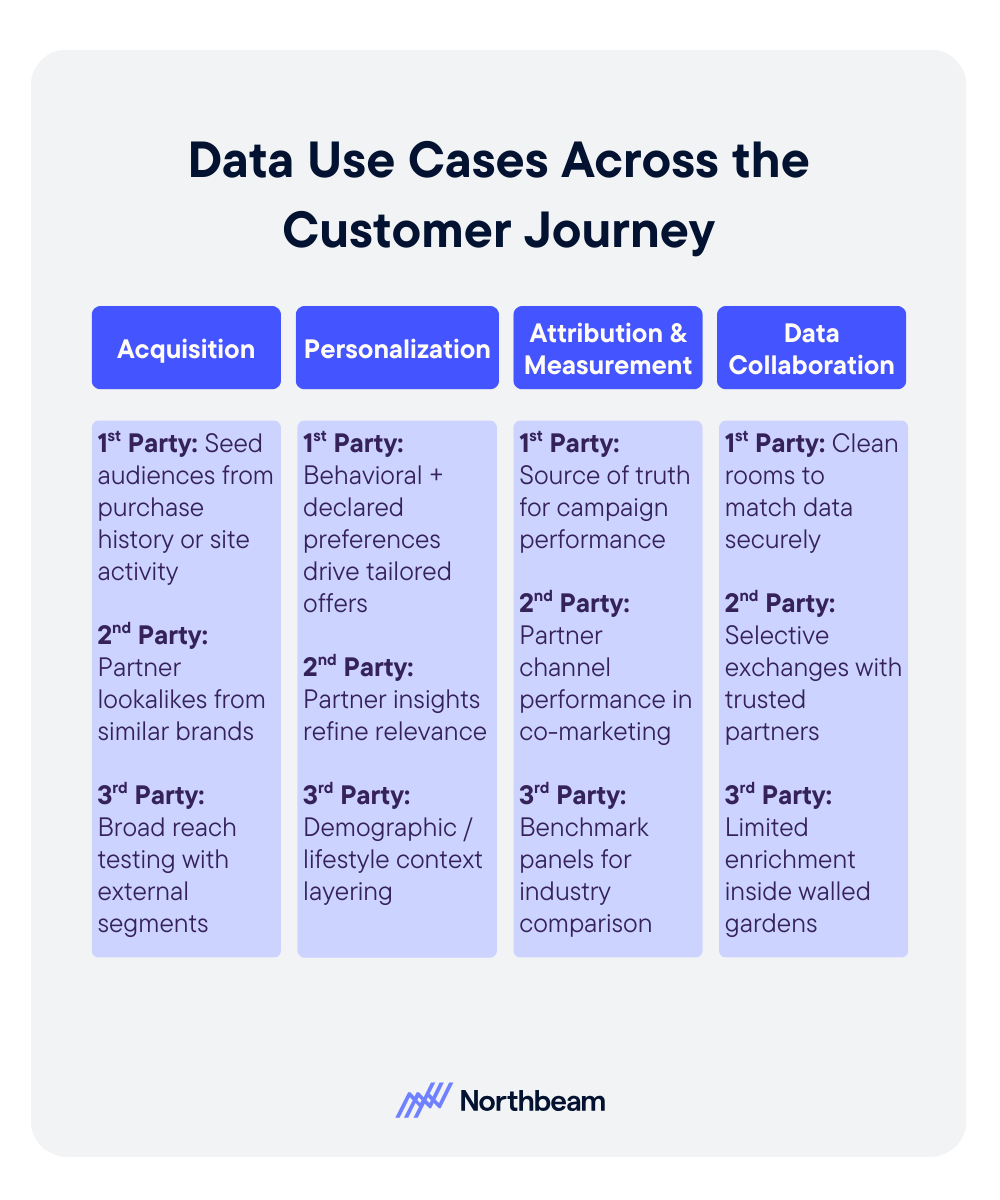

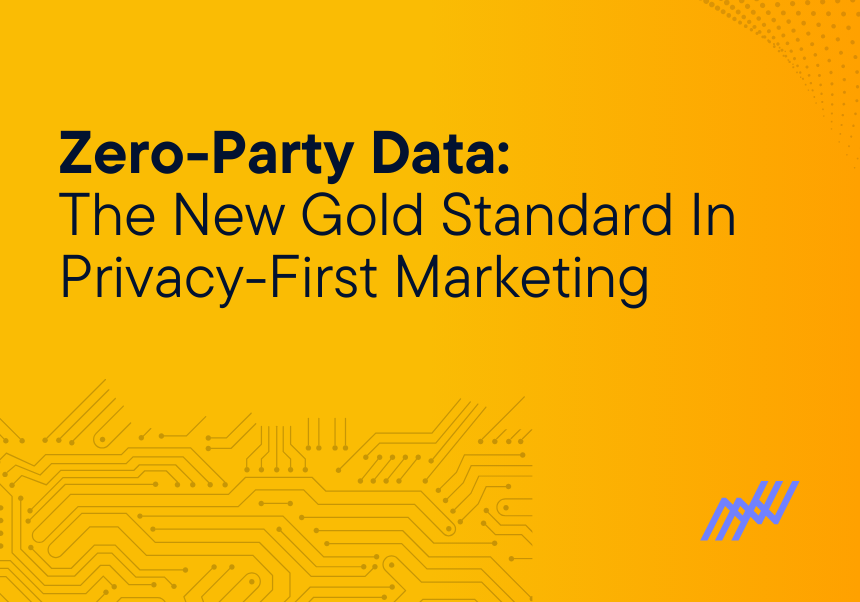
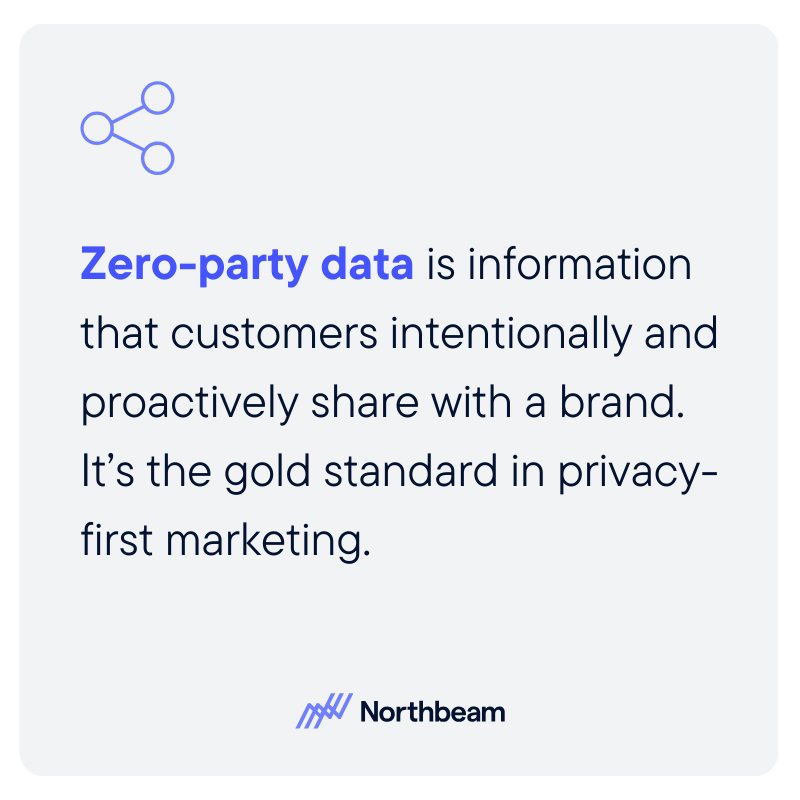
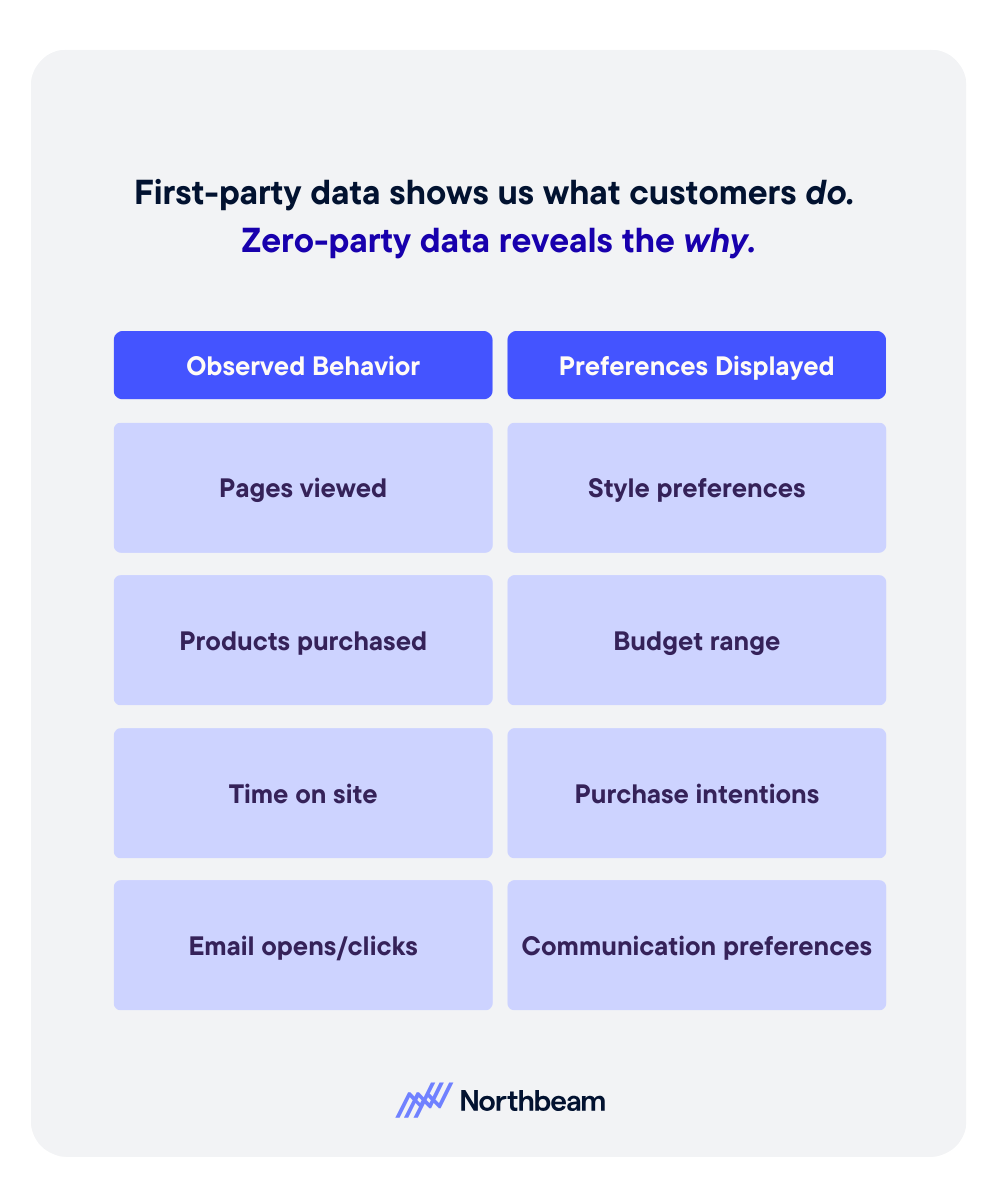
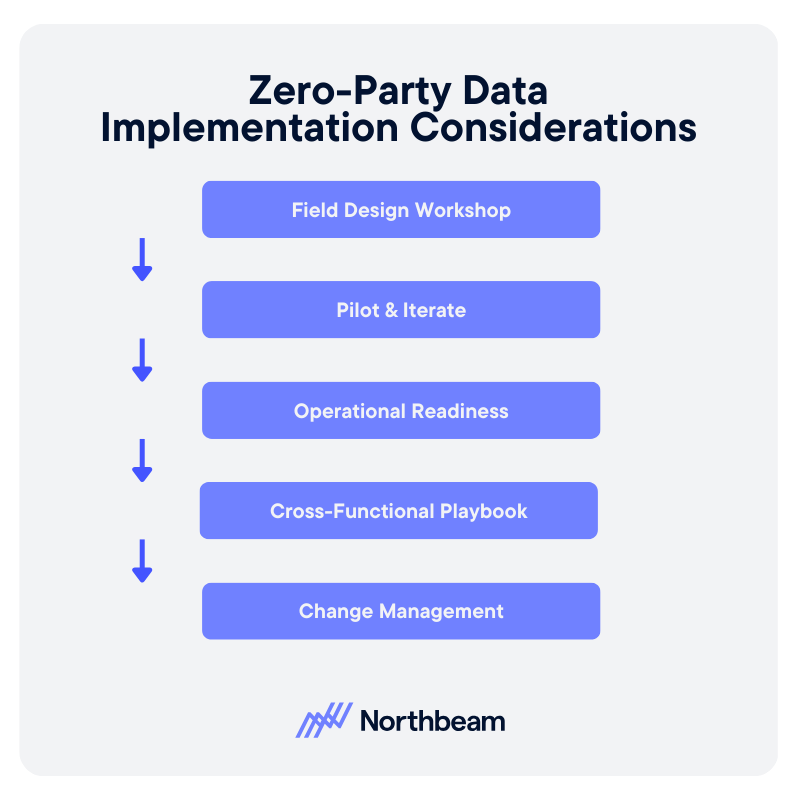



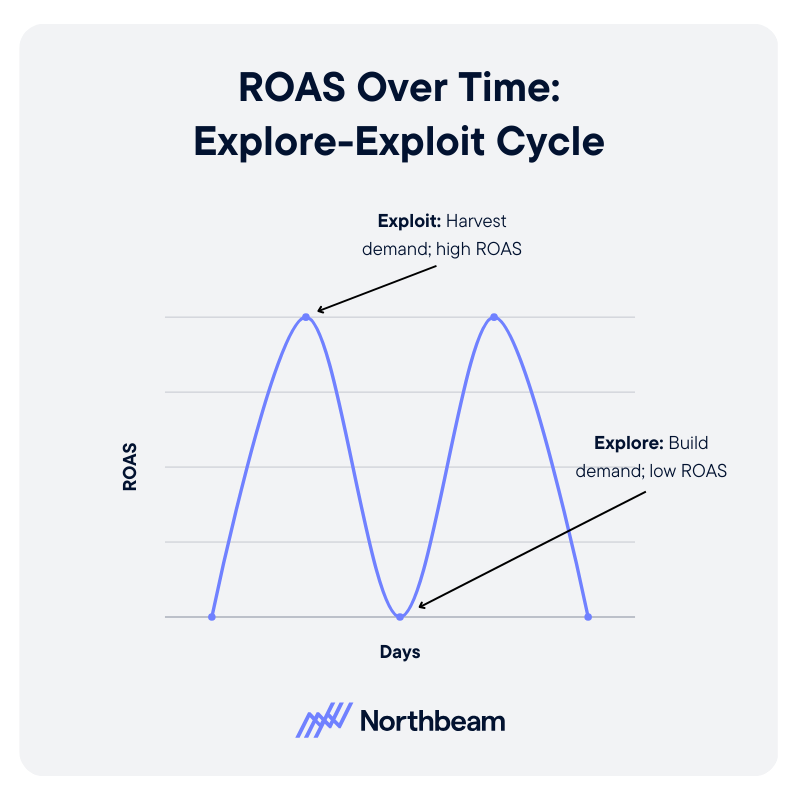
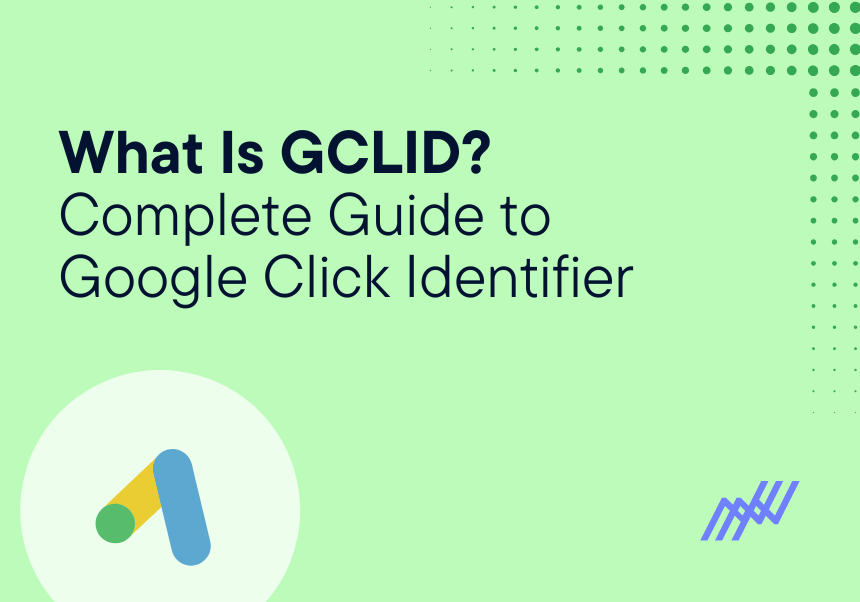
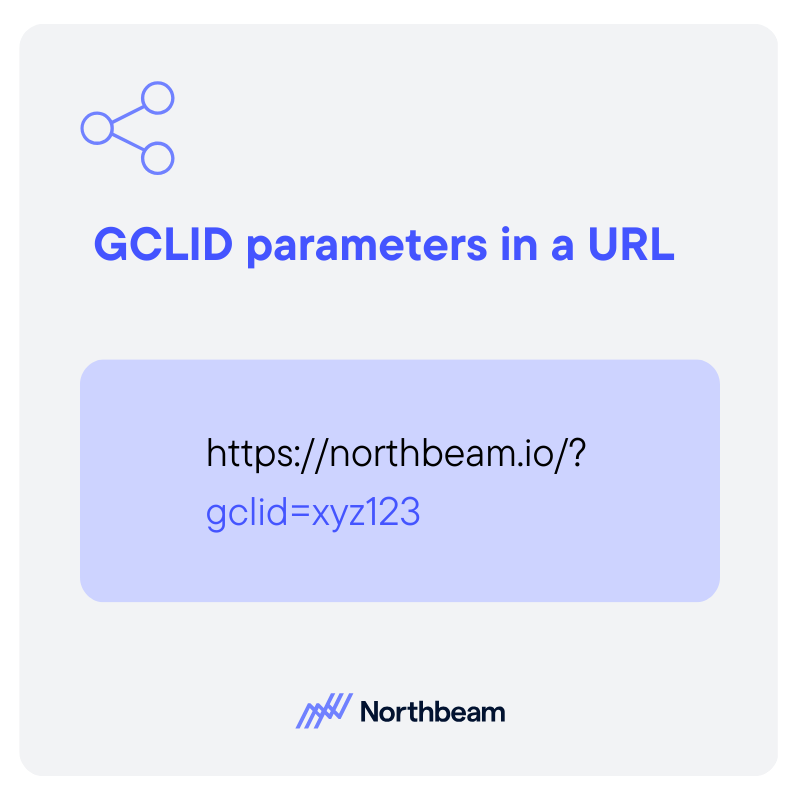
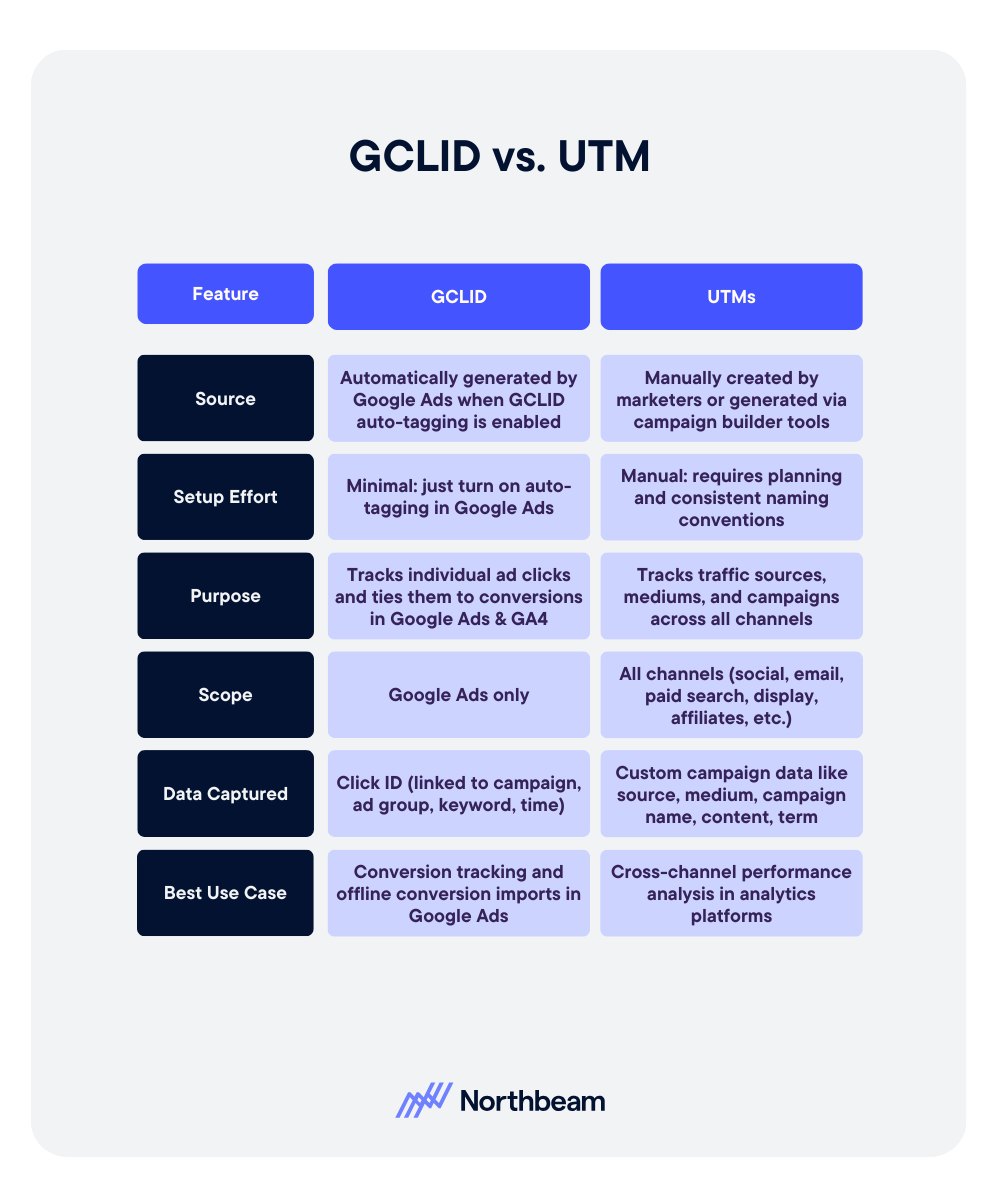
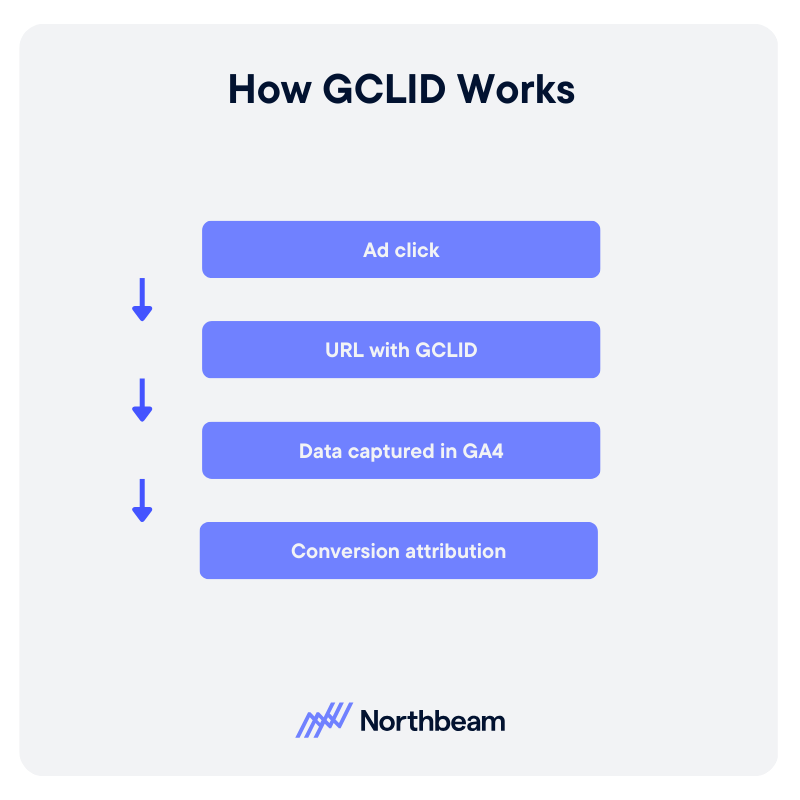
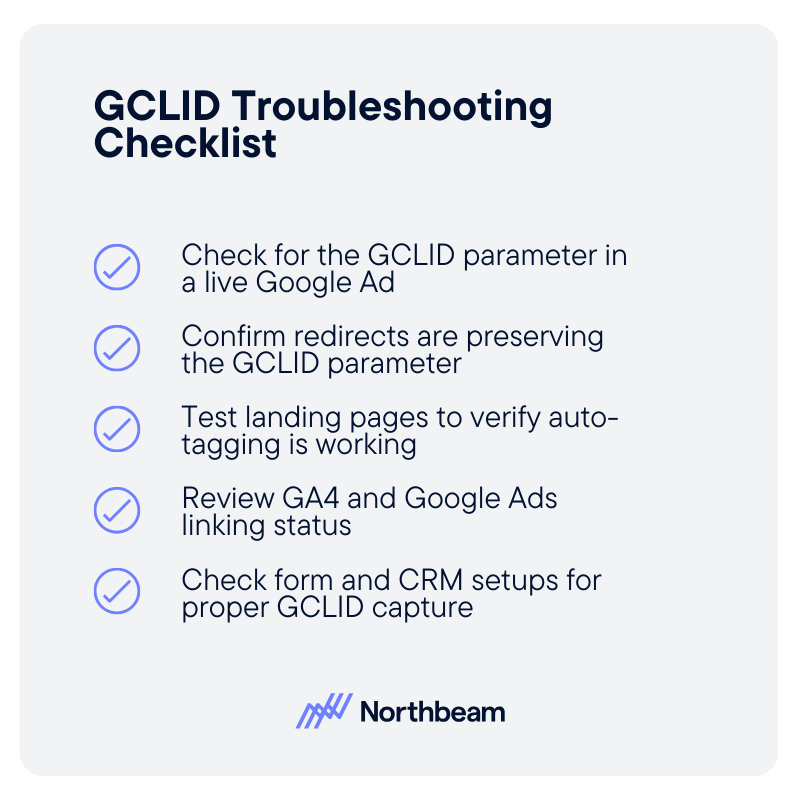

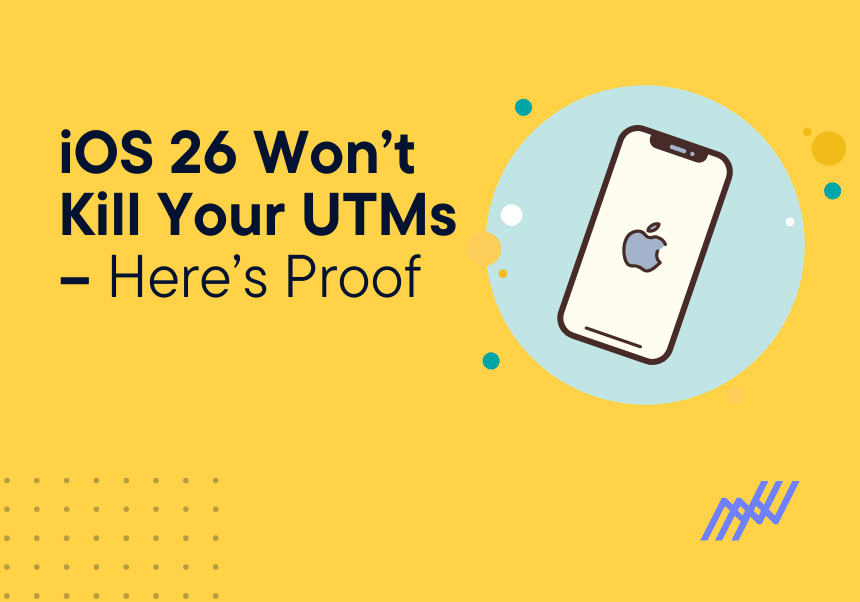


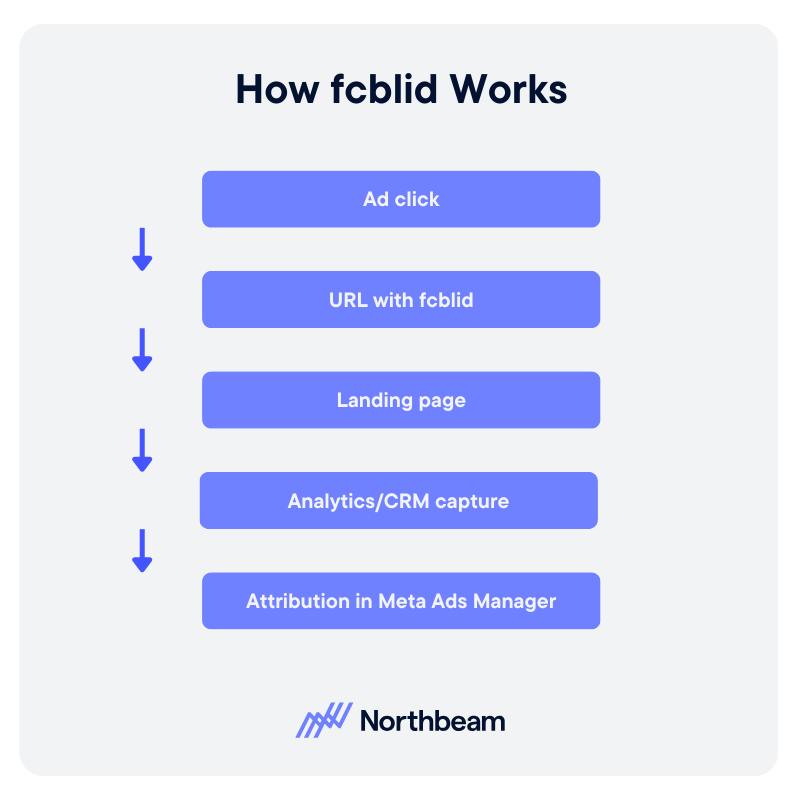
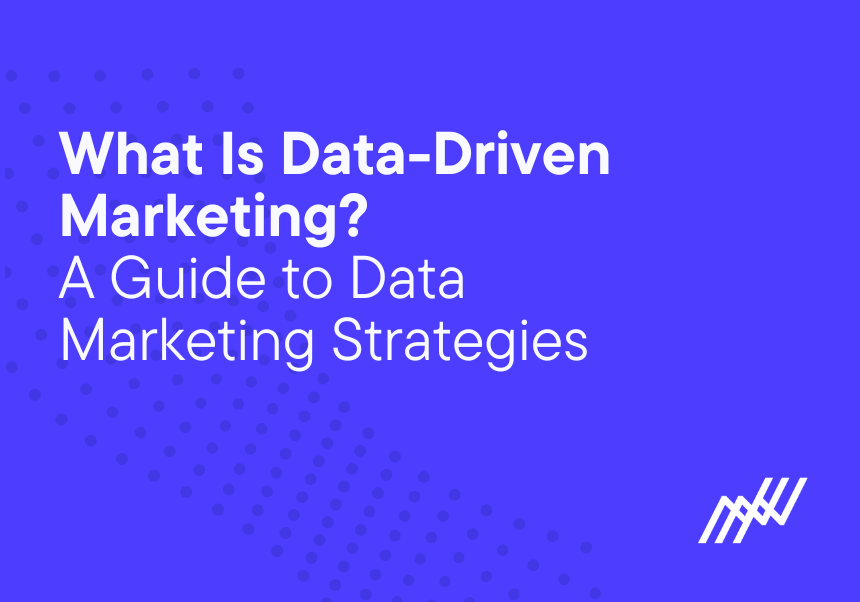

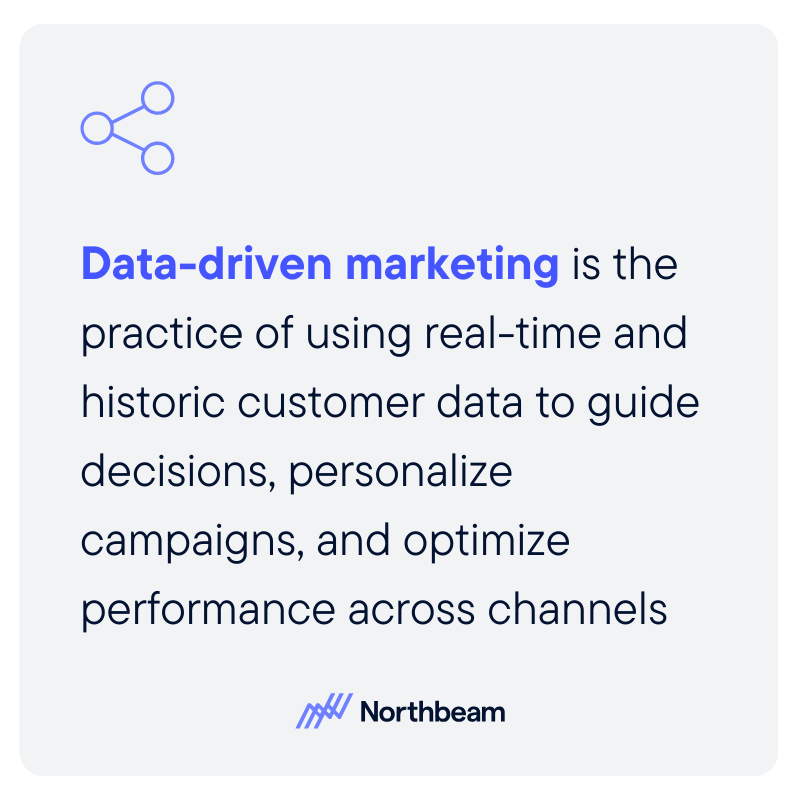
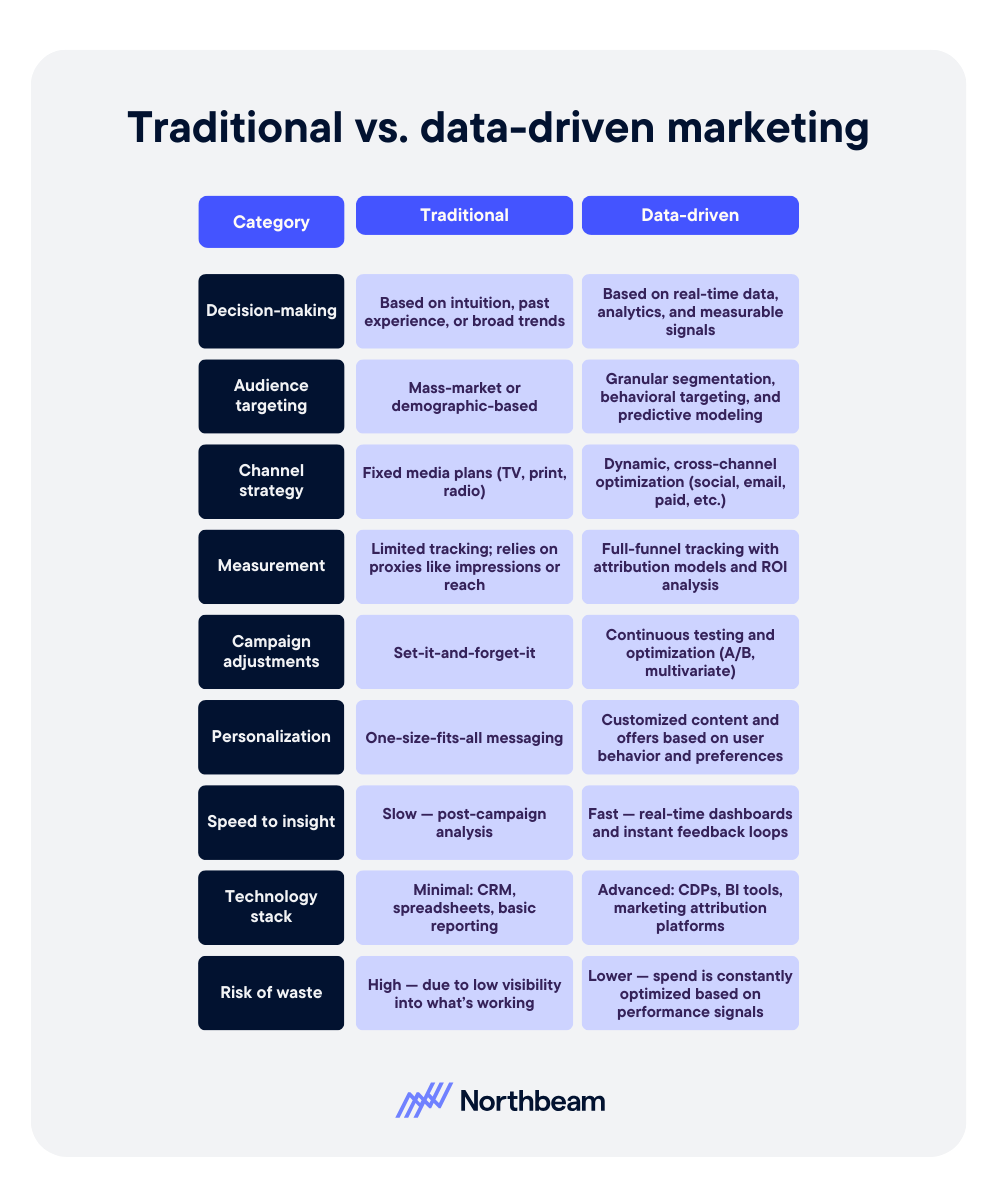
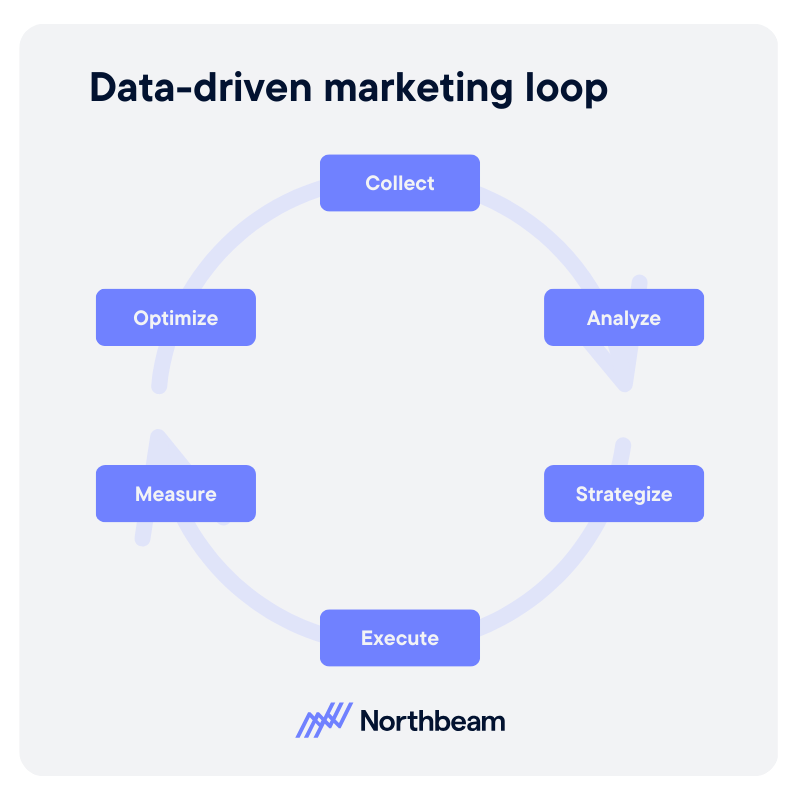
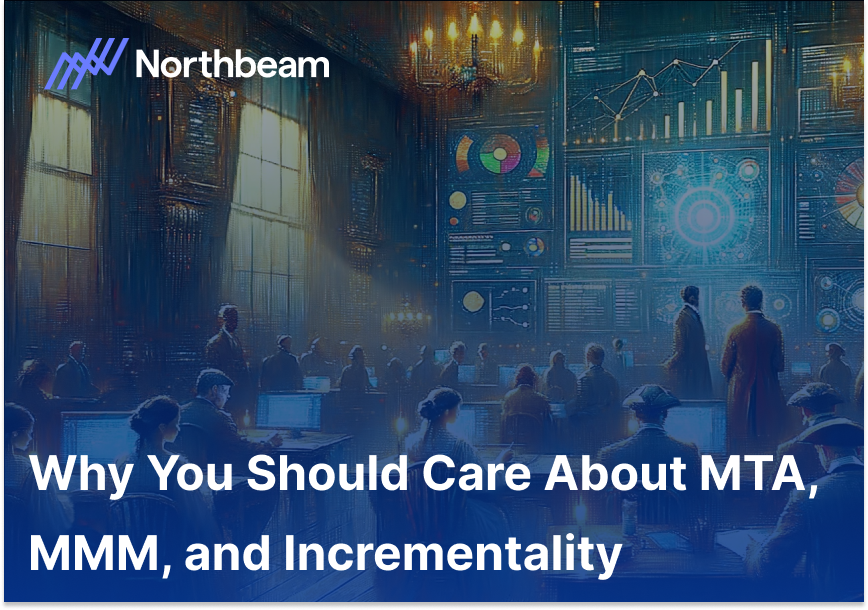

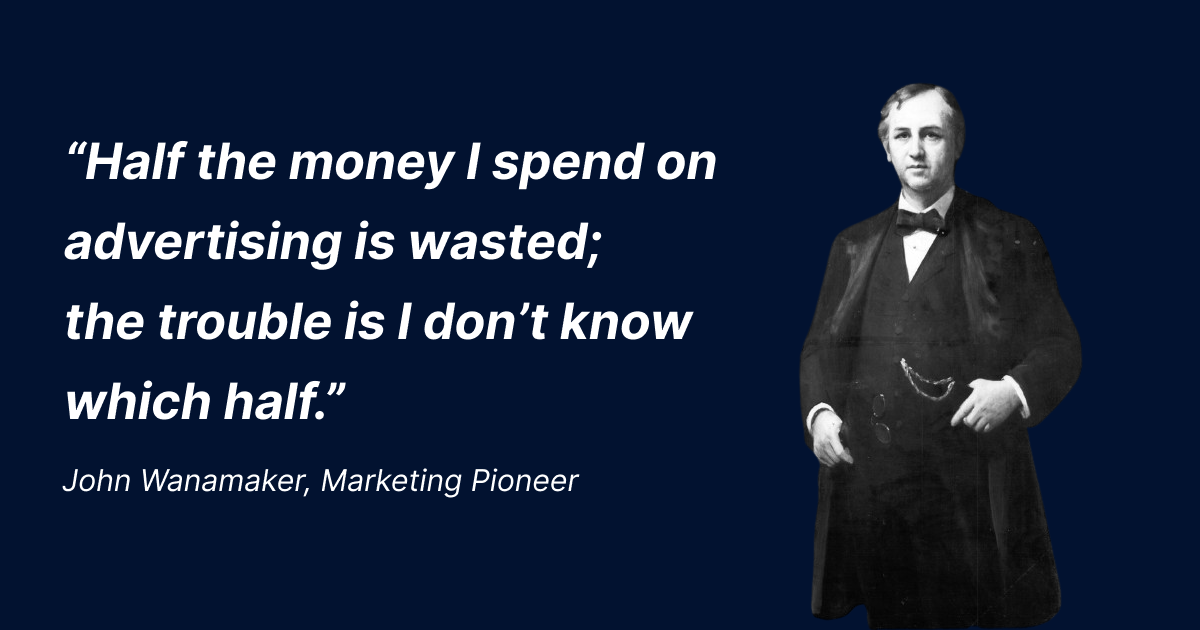

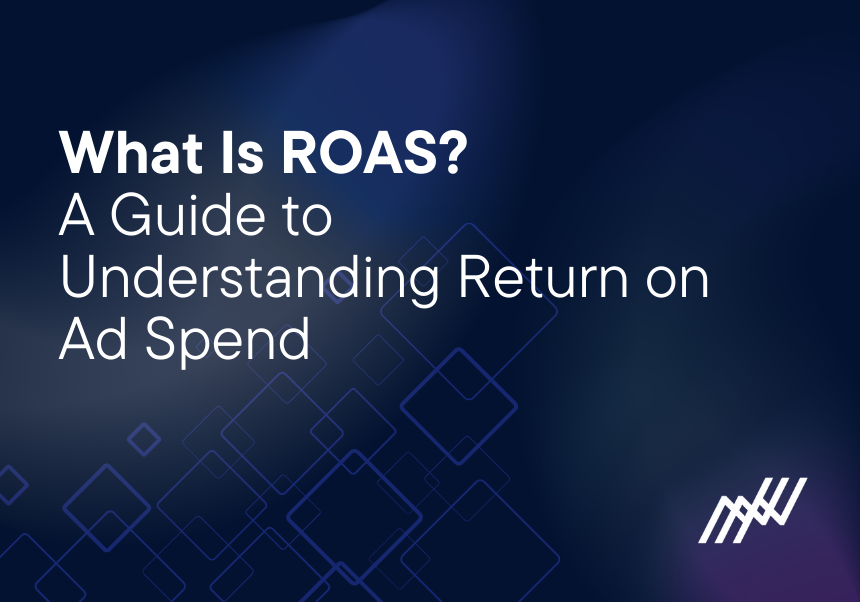

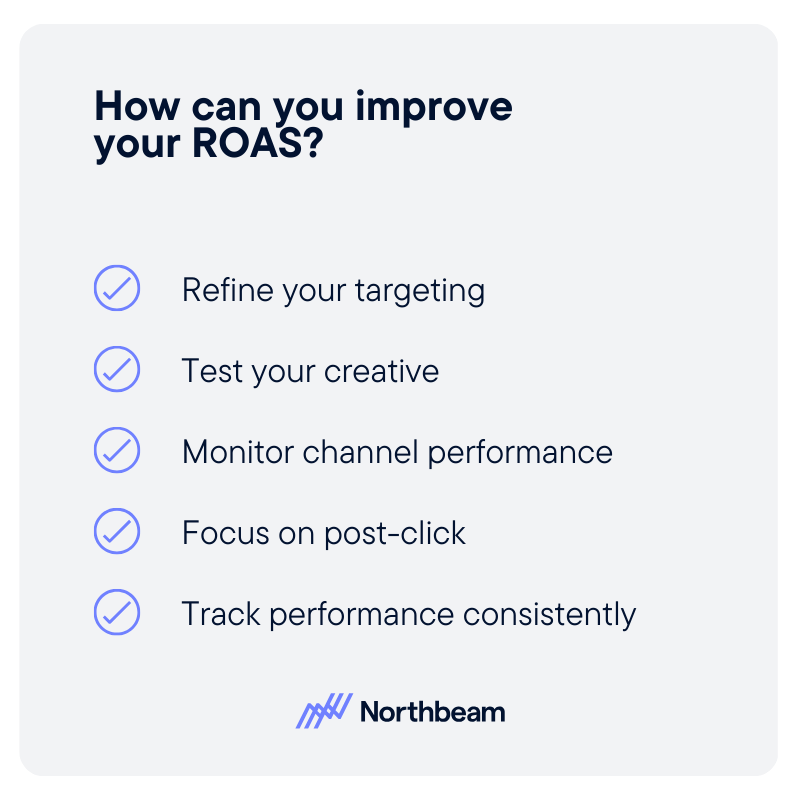
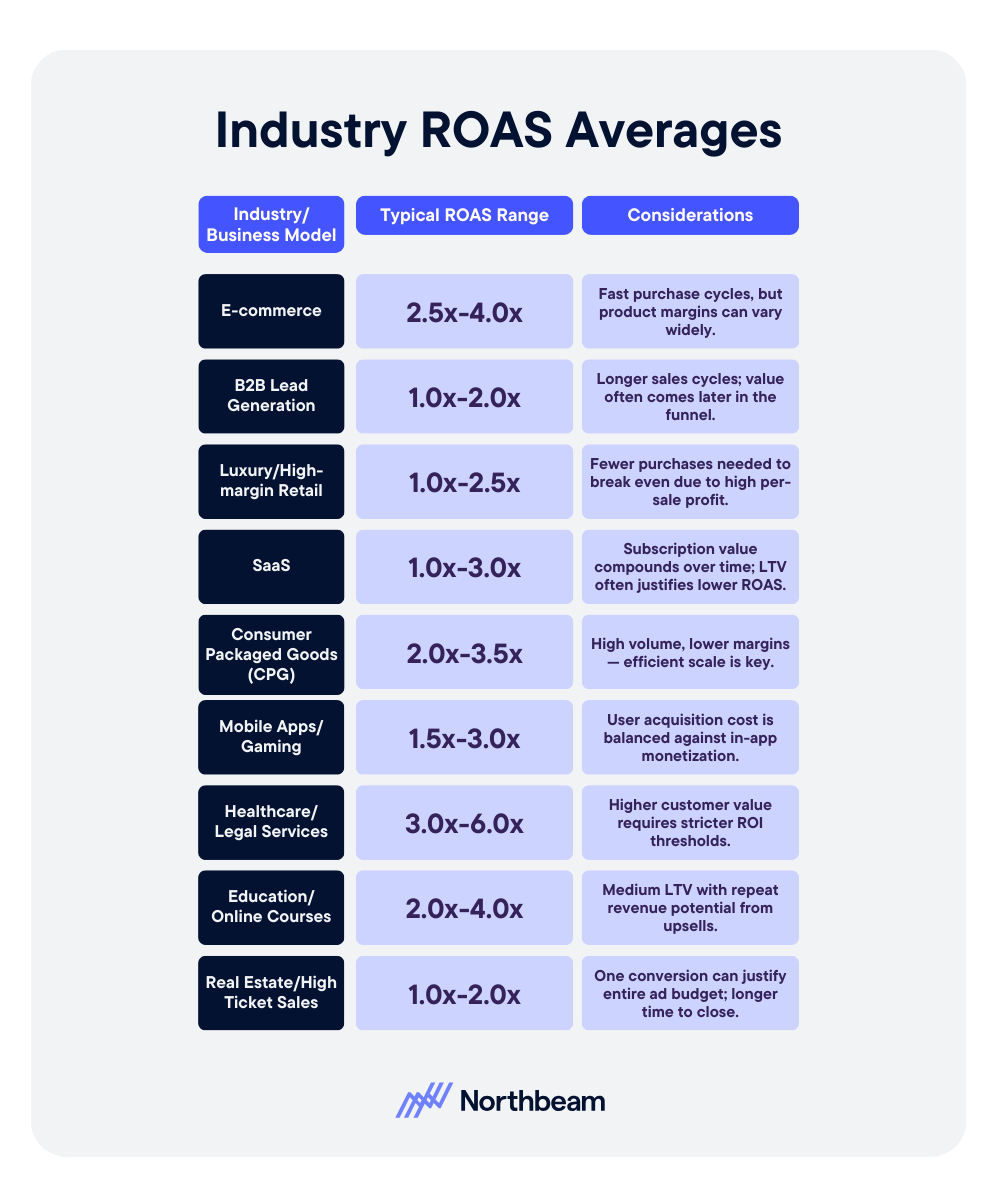
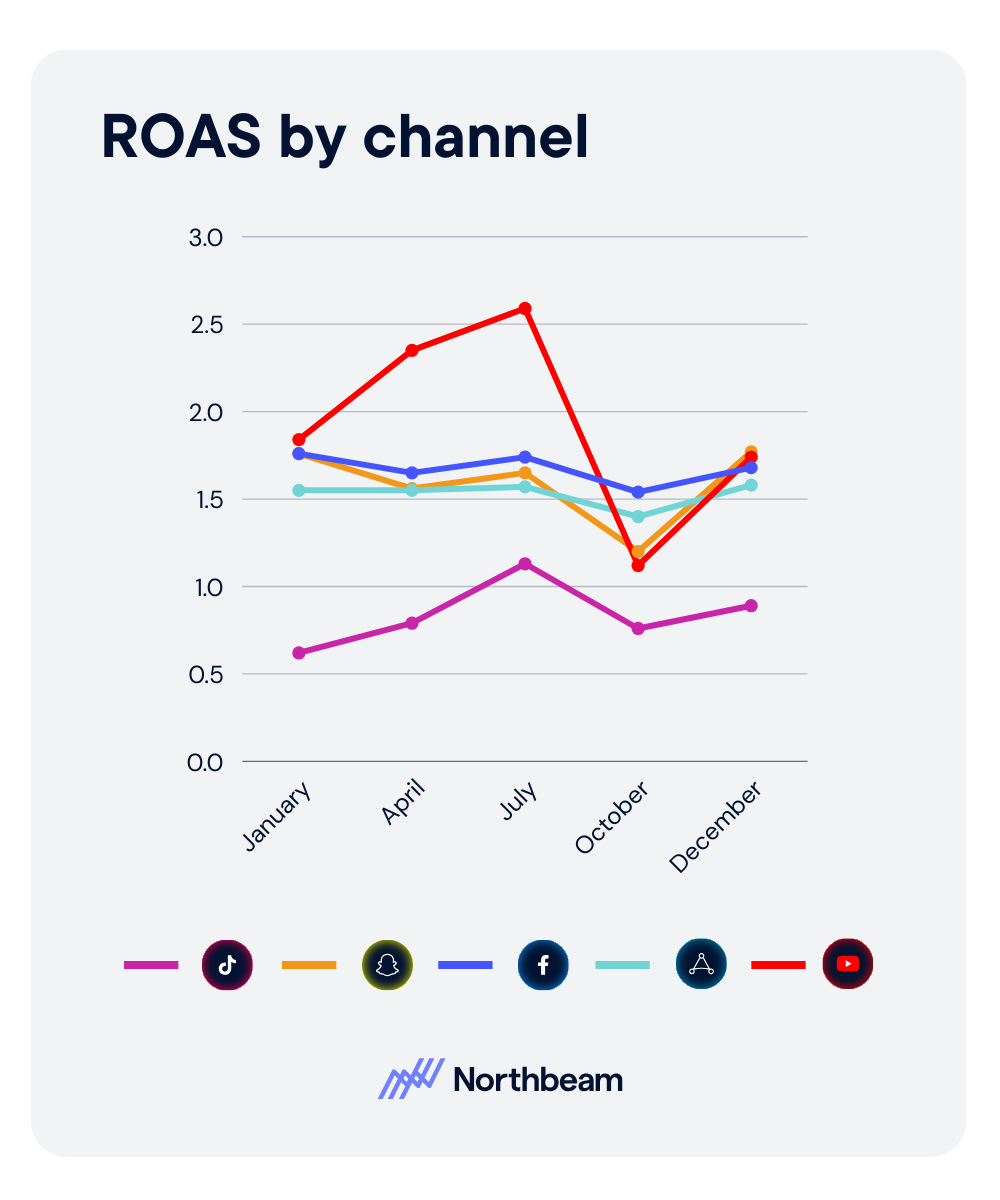
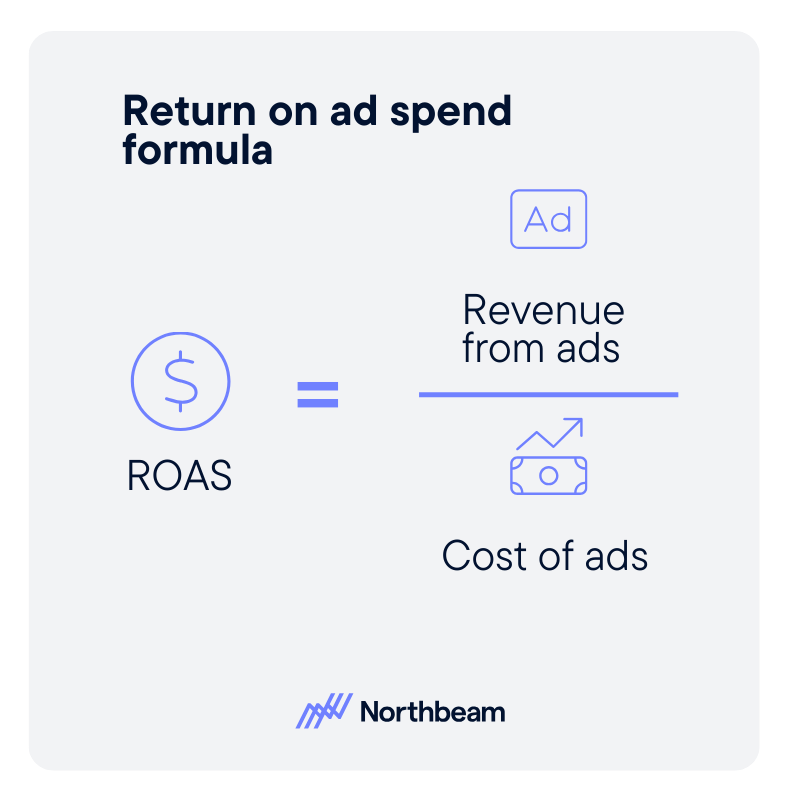
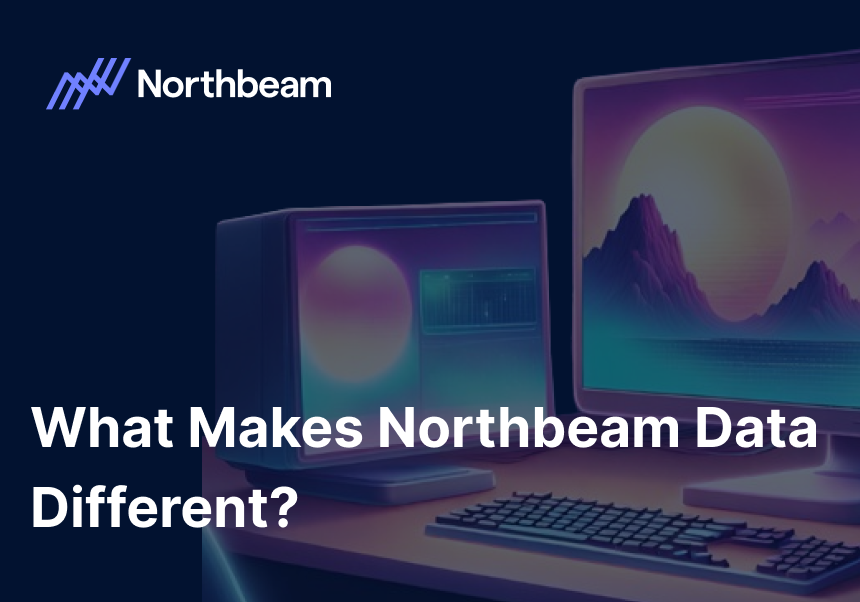
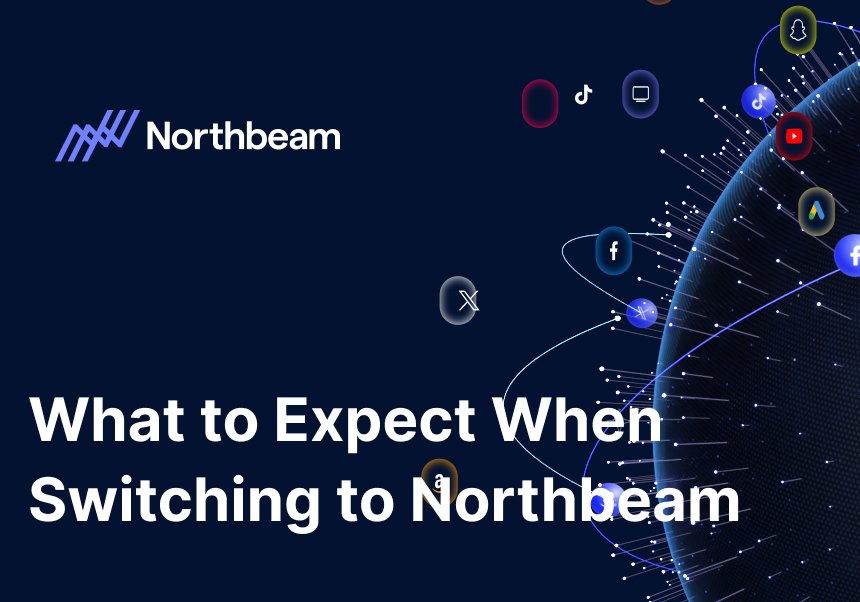
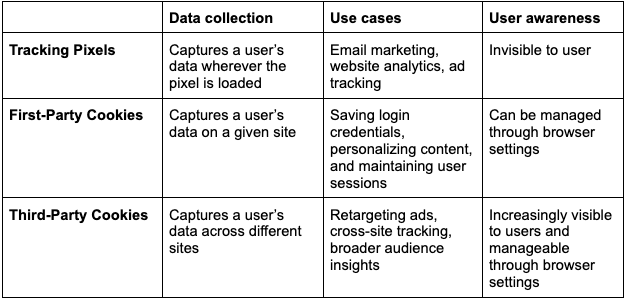
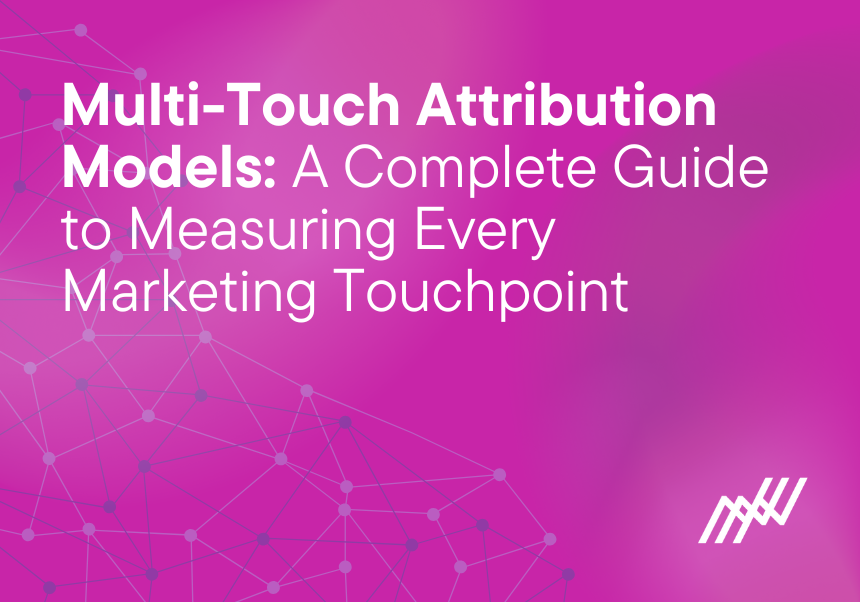
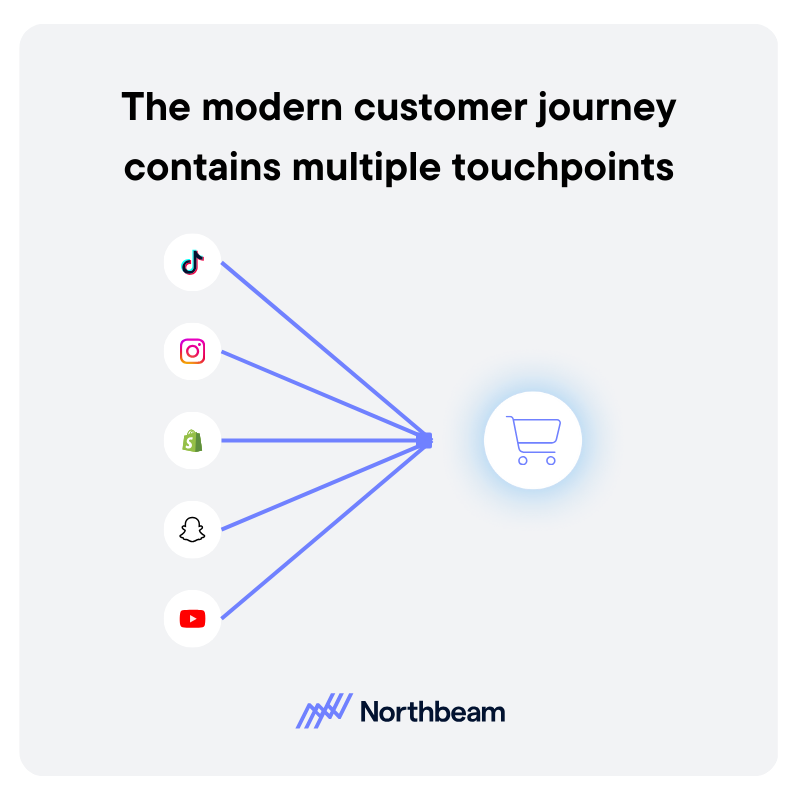
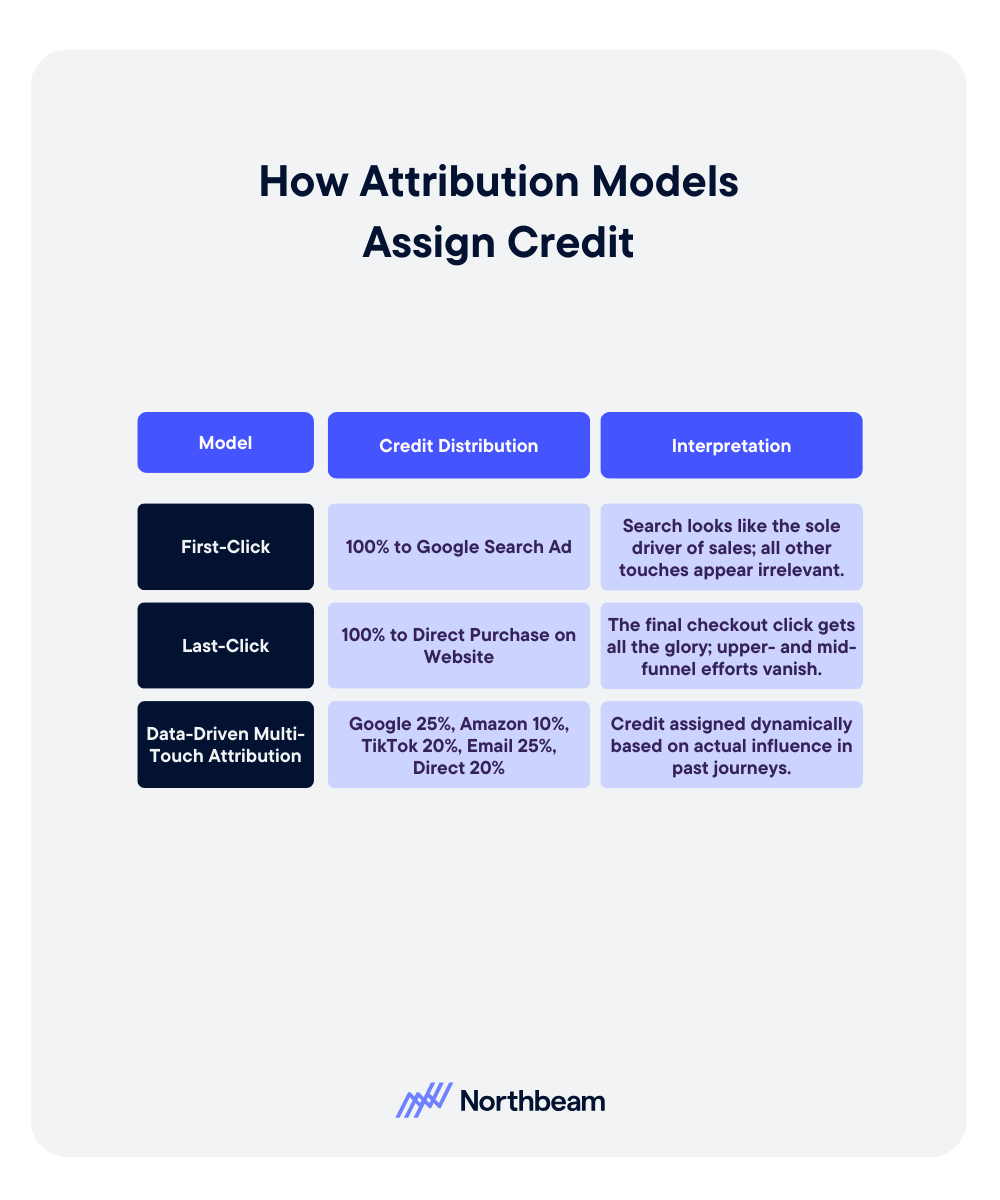
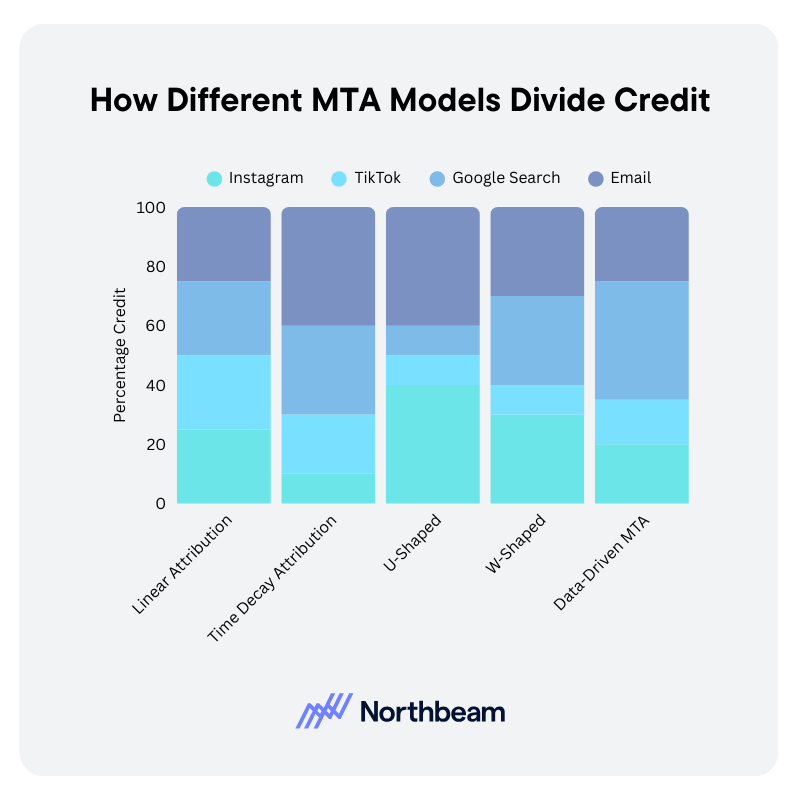
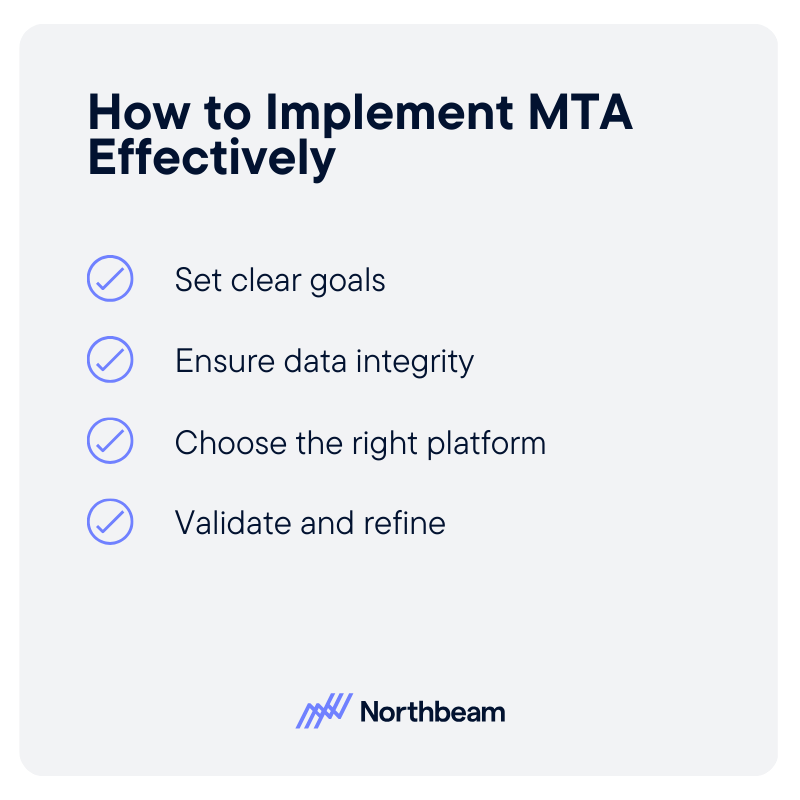
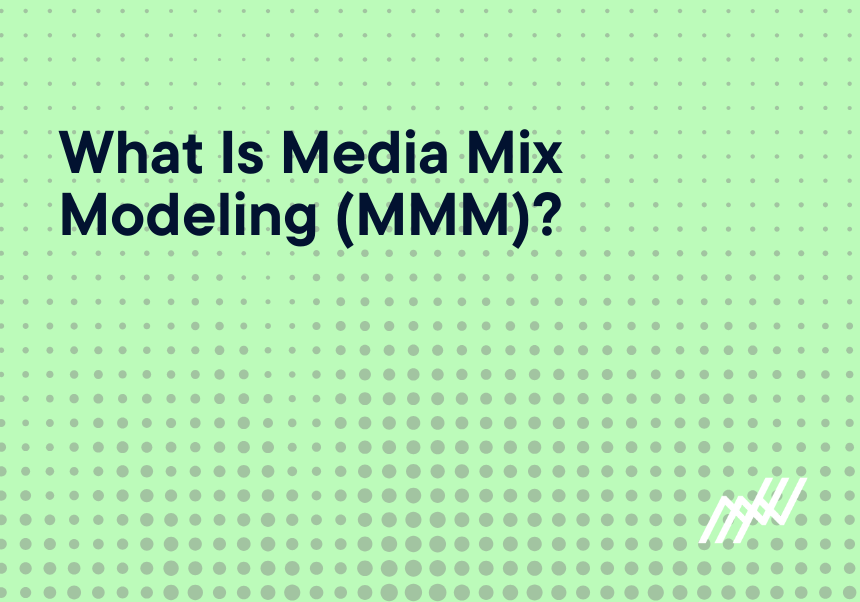
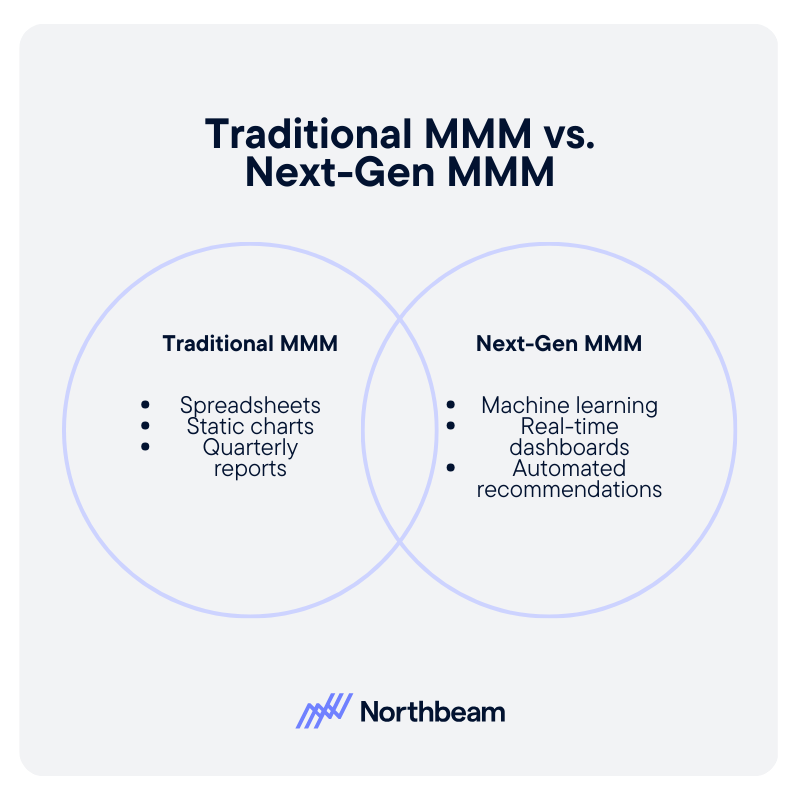
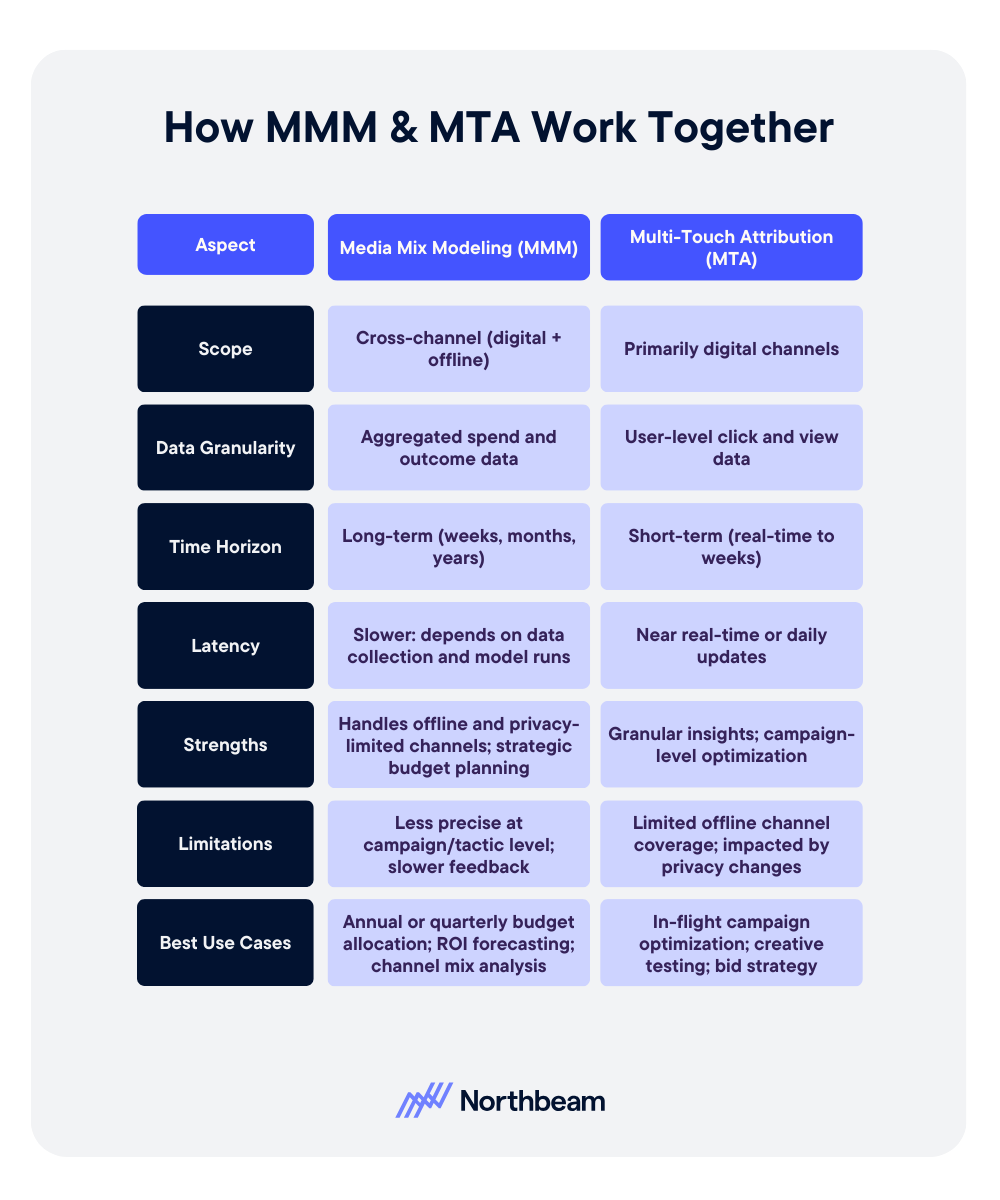
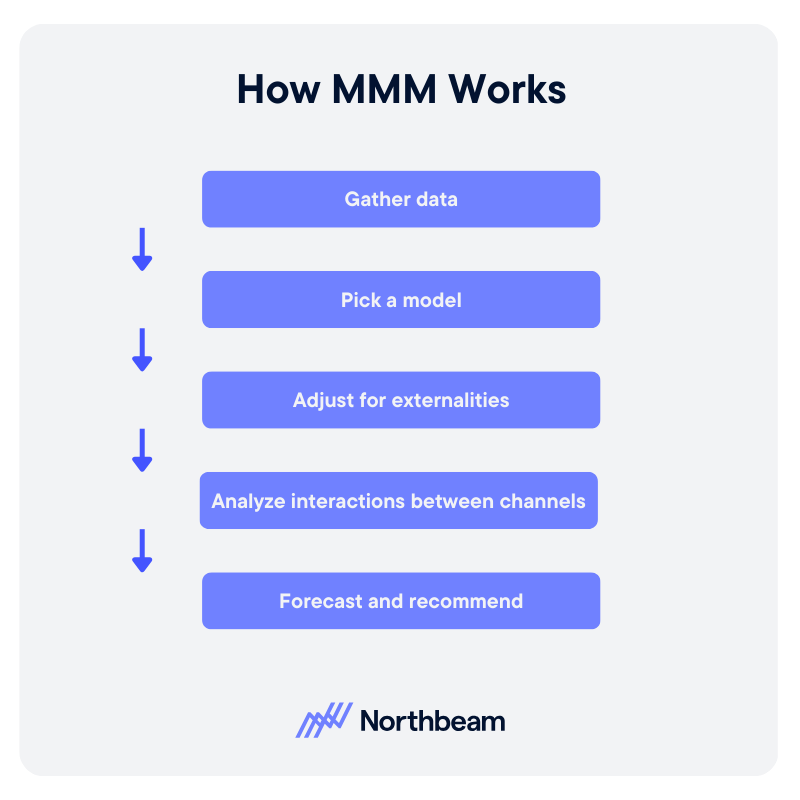
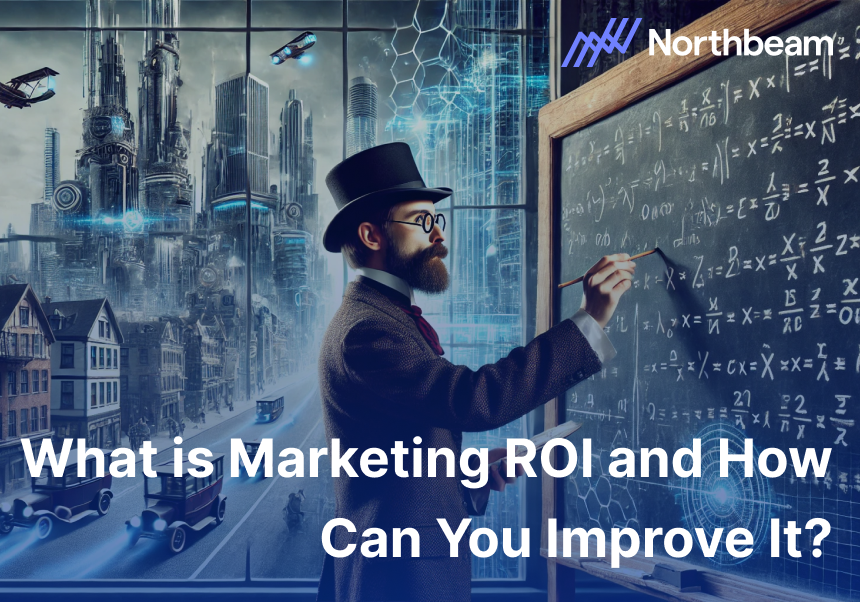
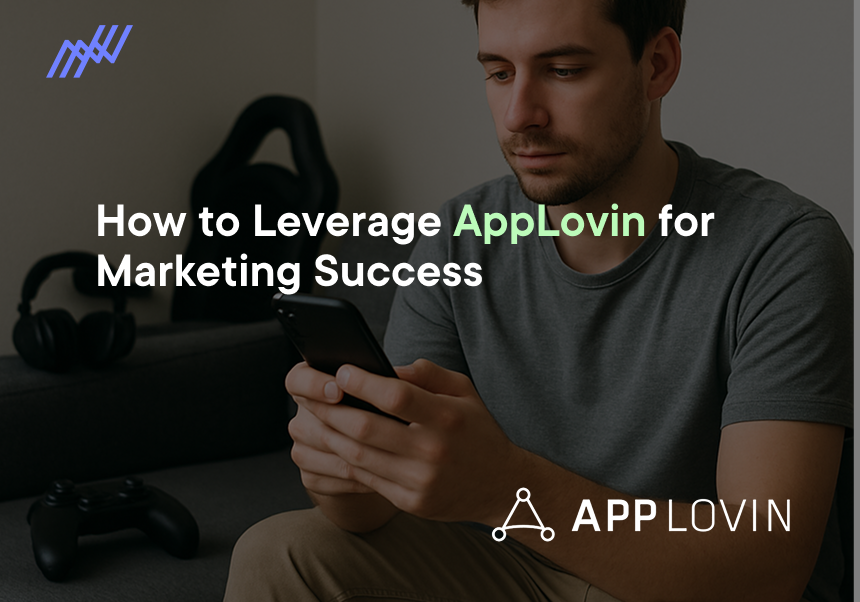

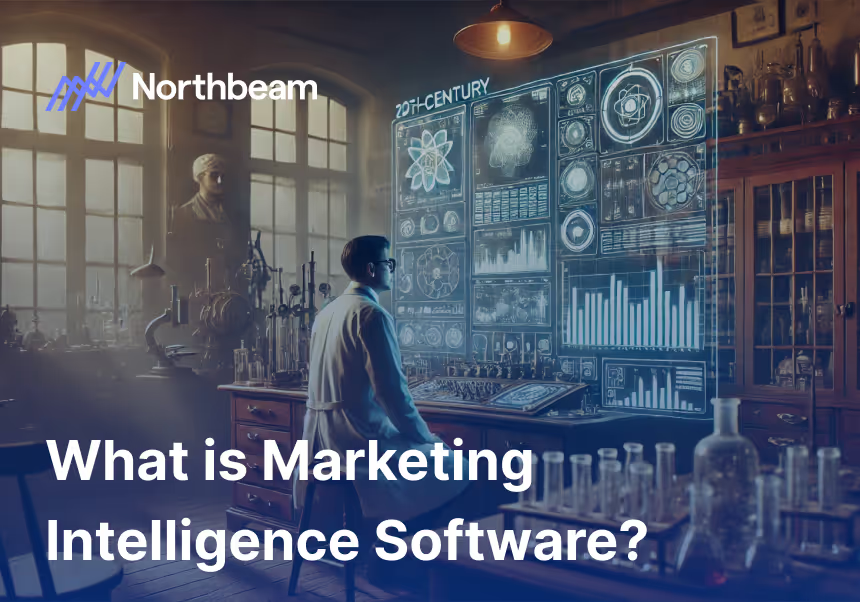
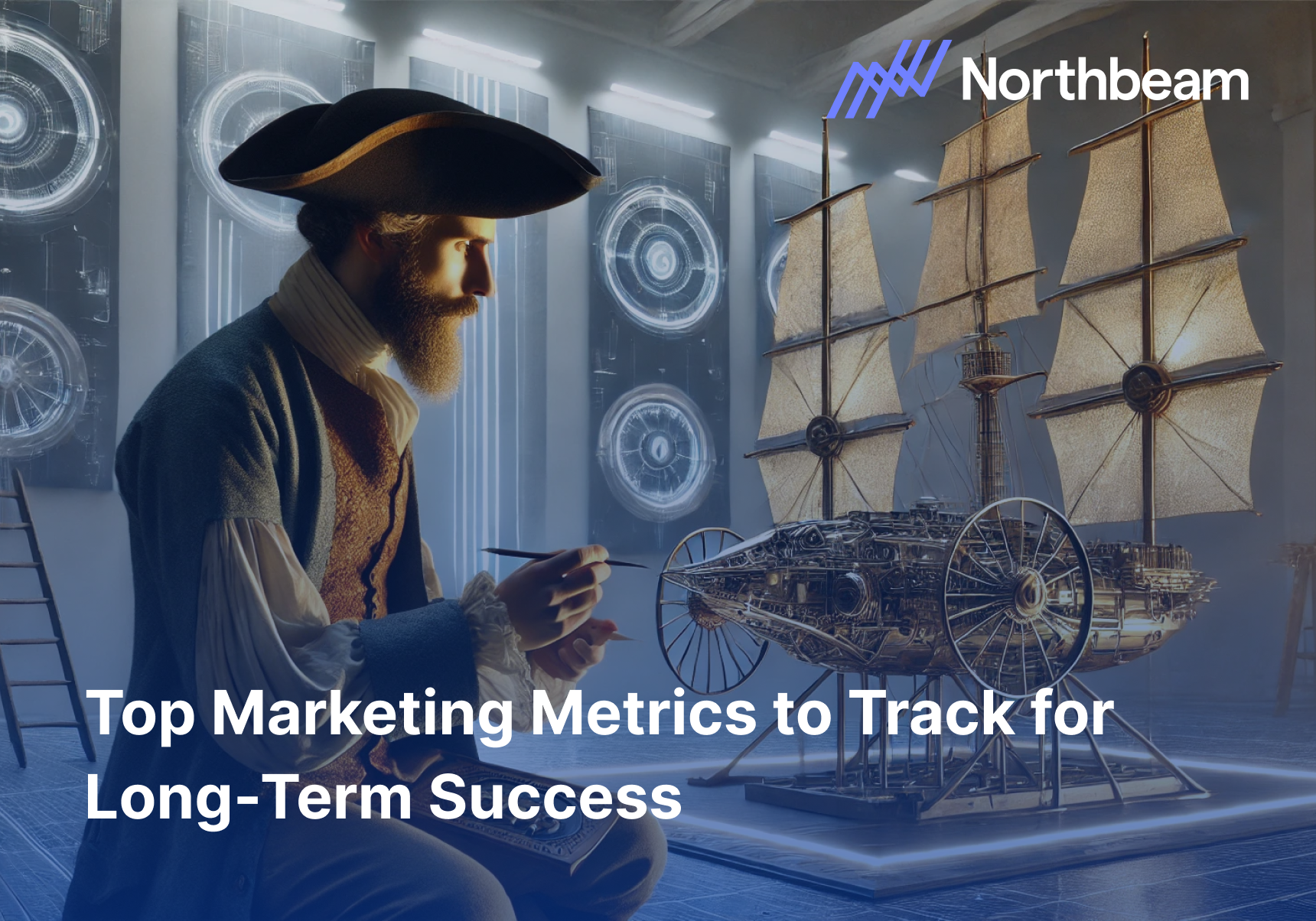

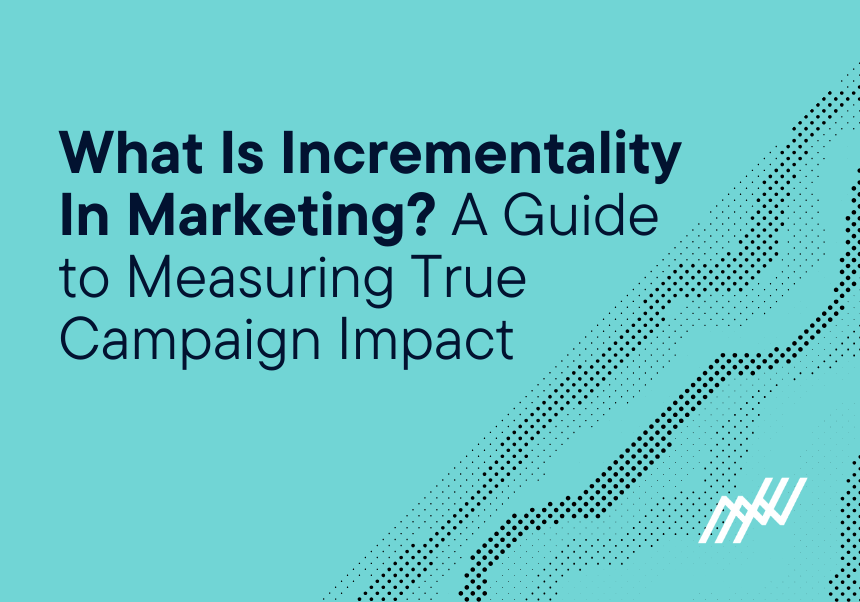

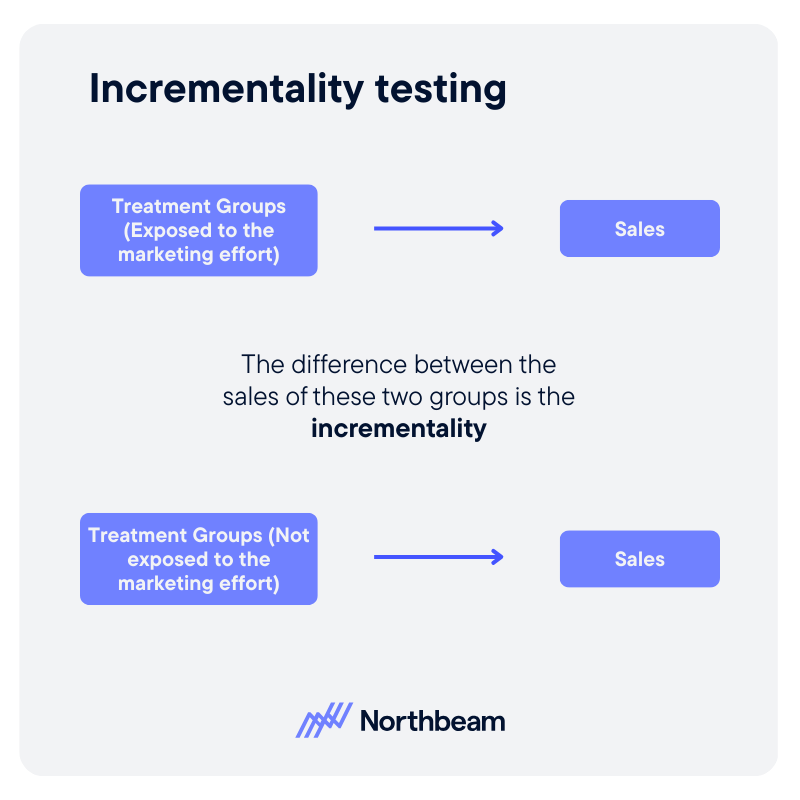
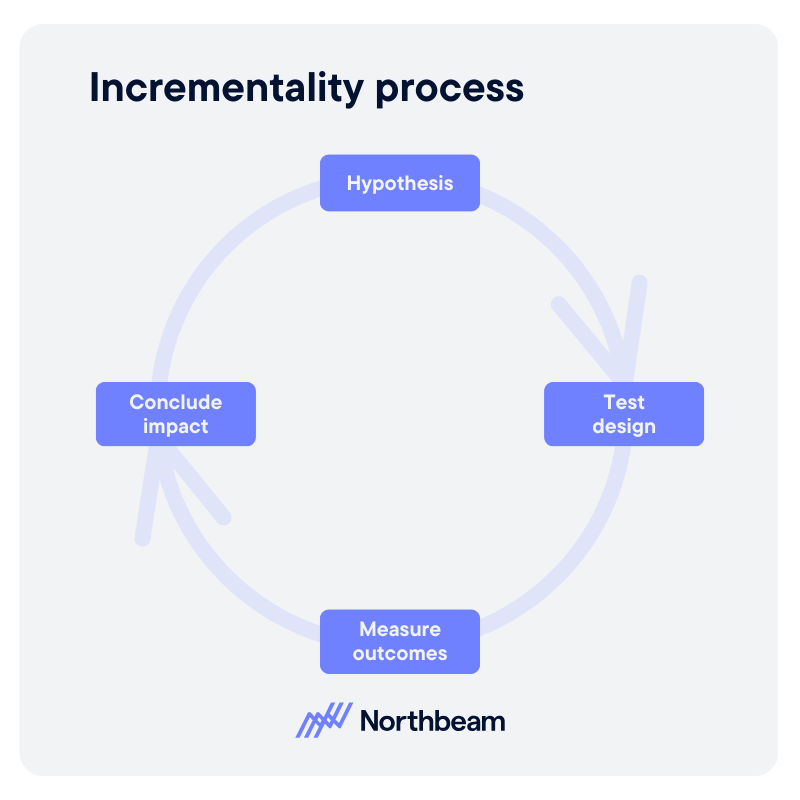
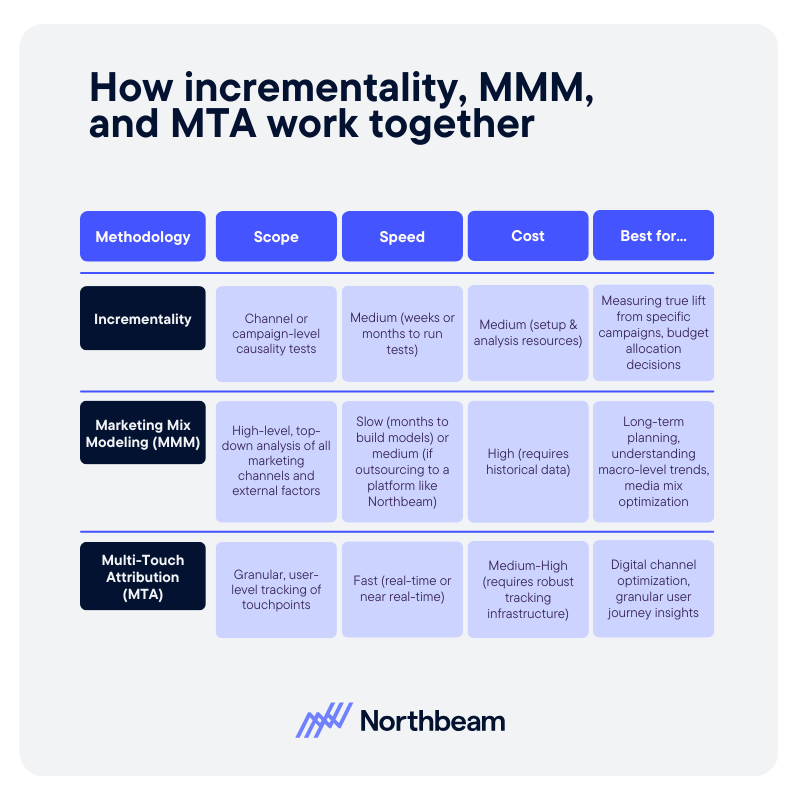
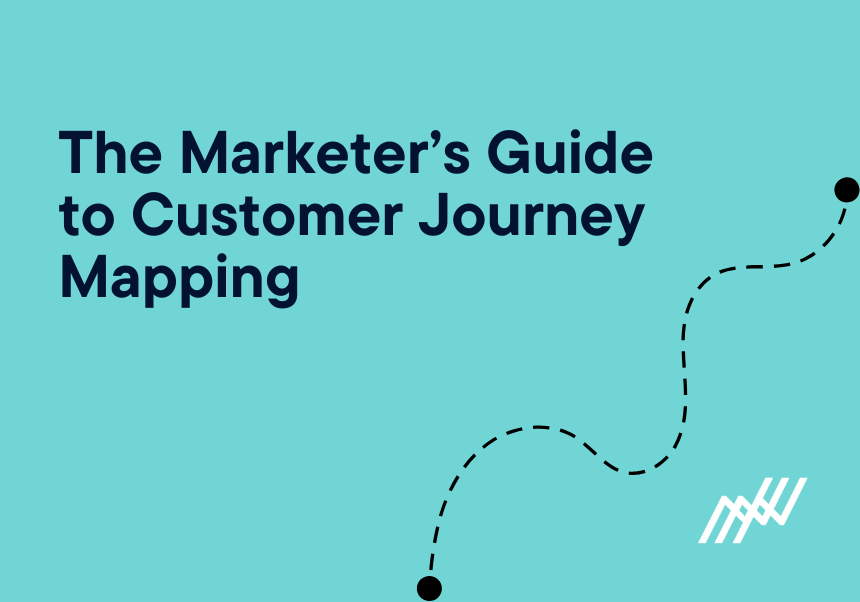
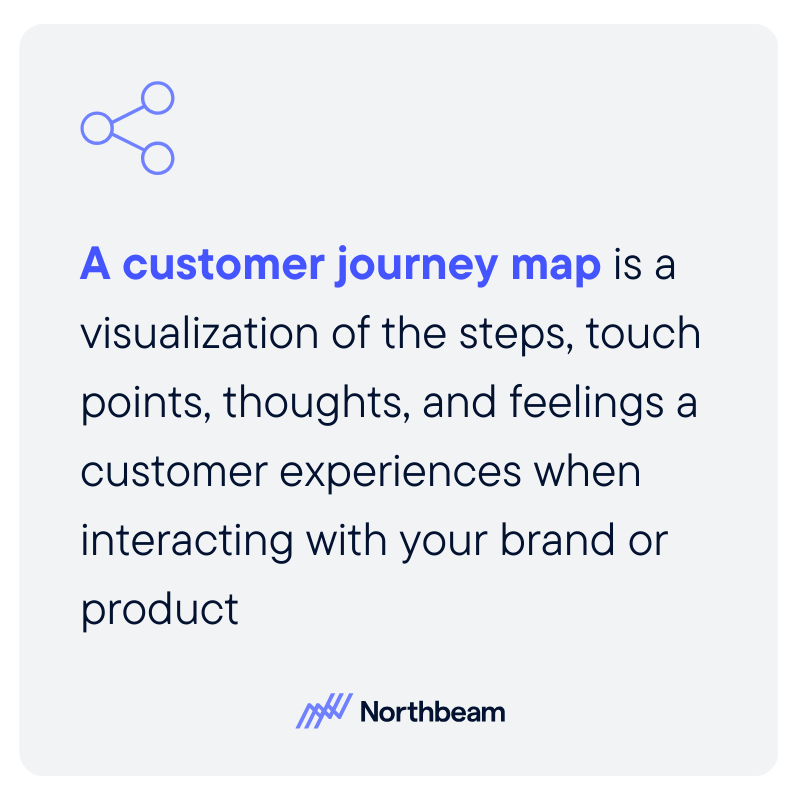
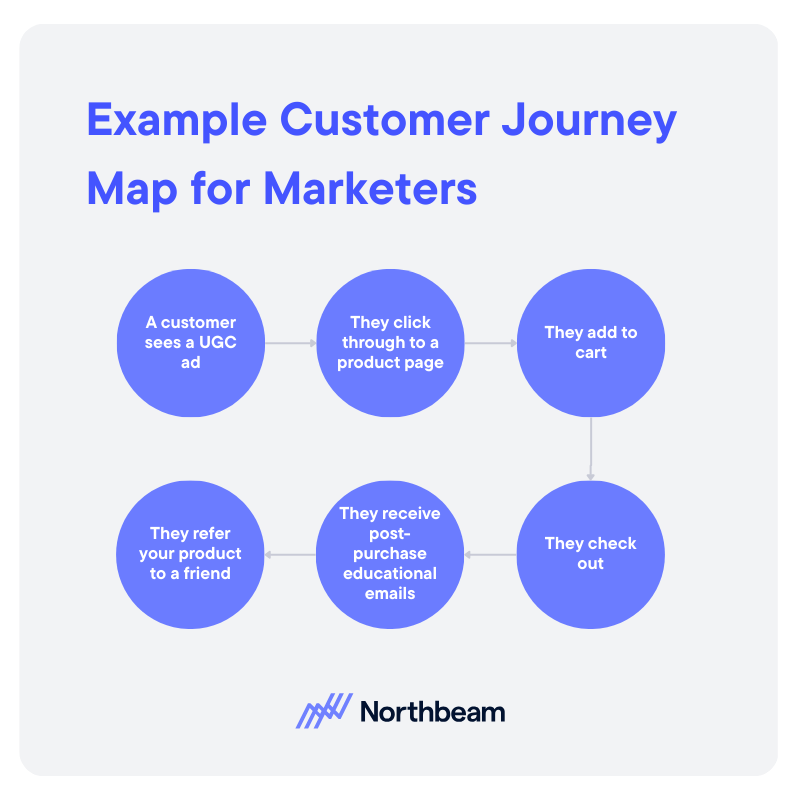
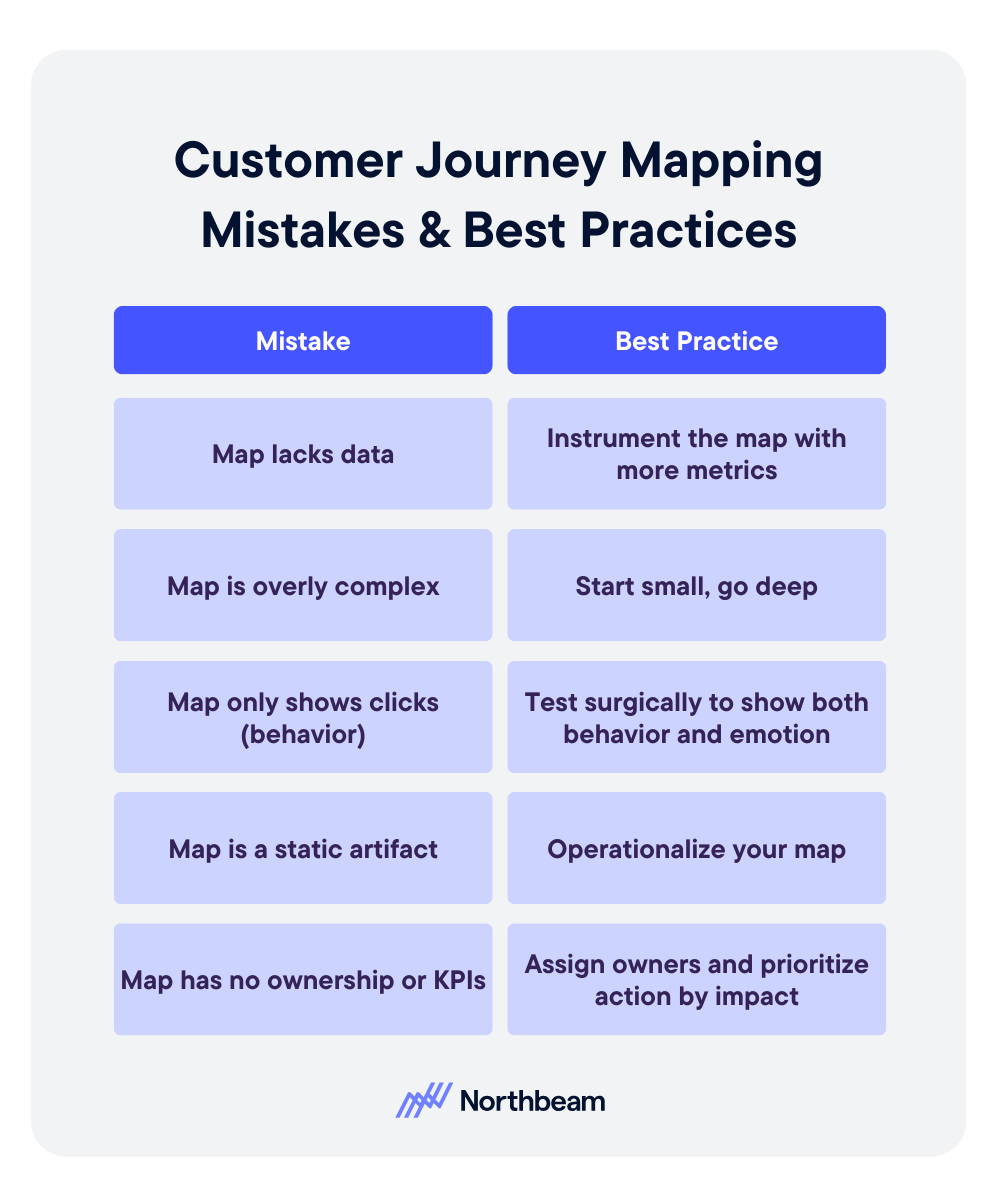
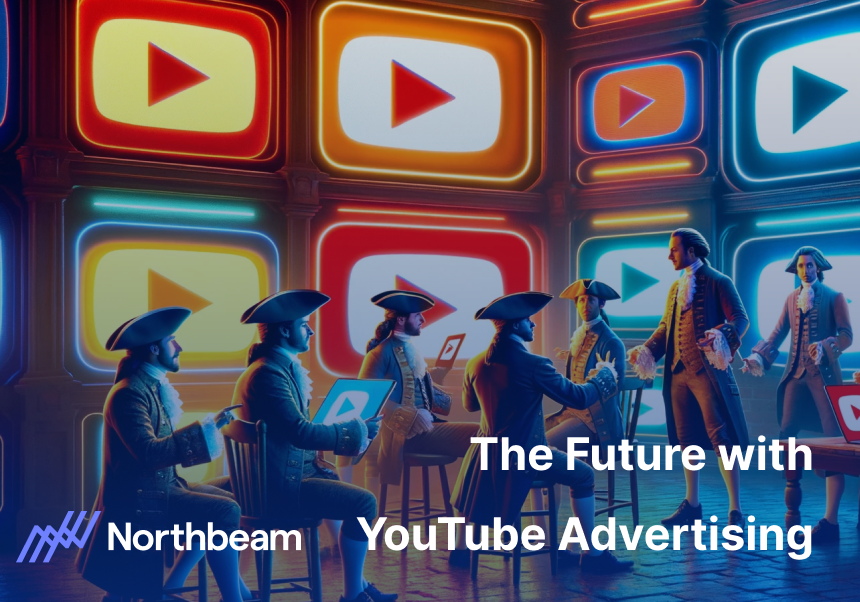

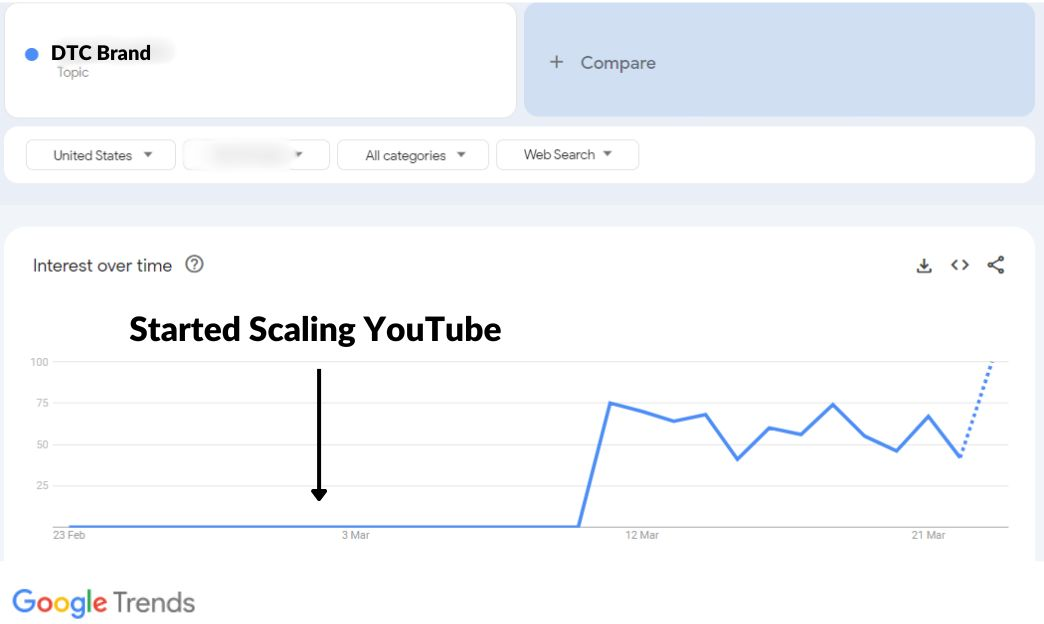
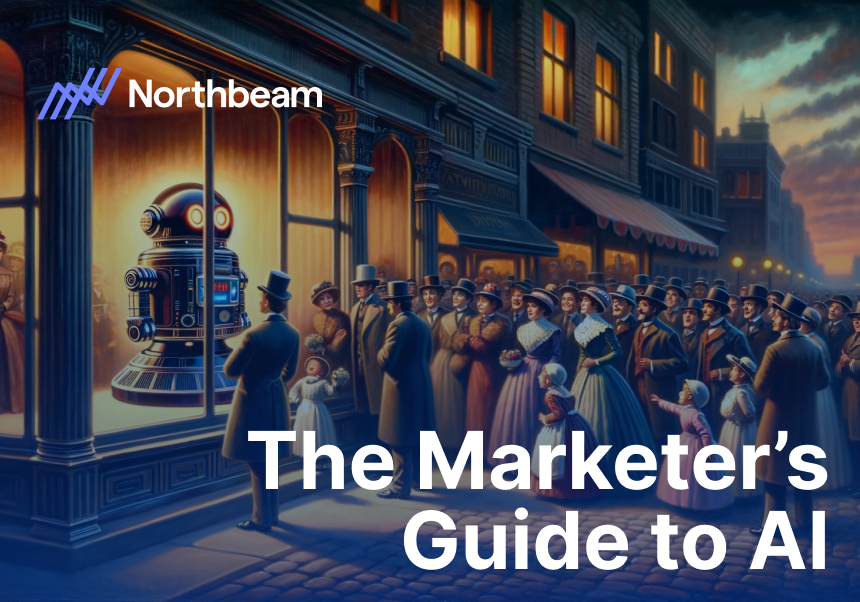
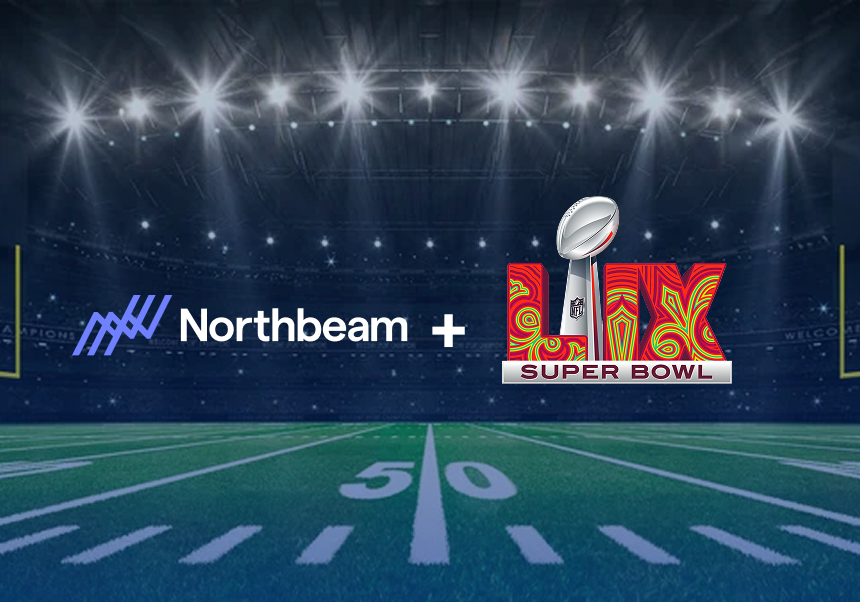
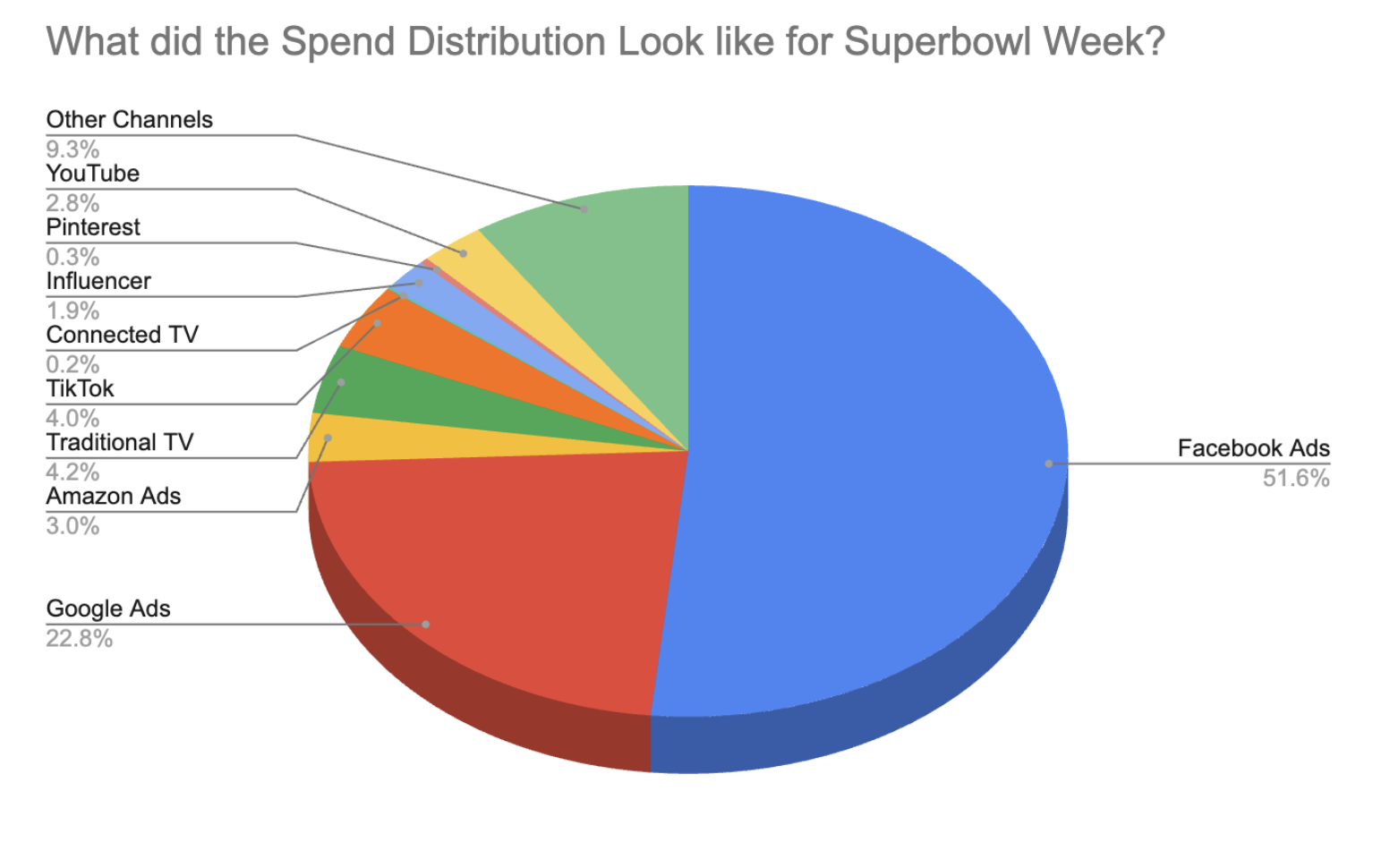



%25201.png)

.png)
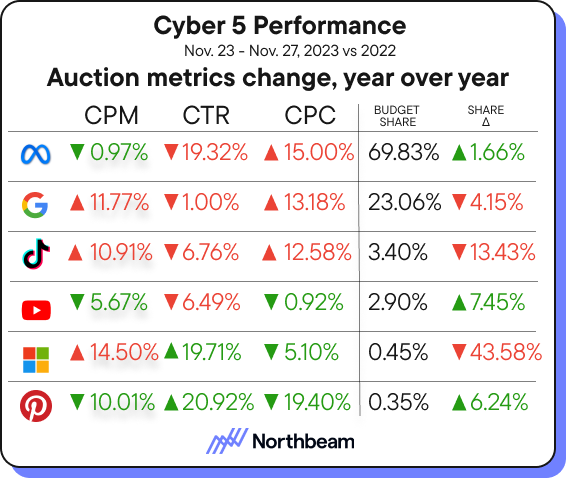
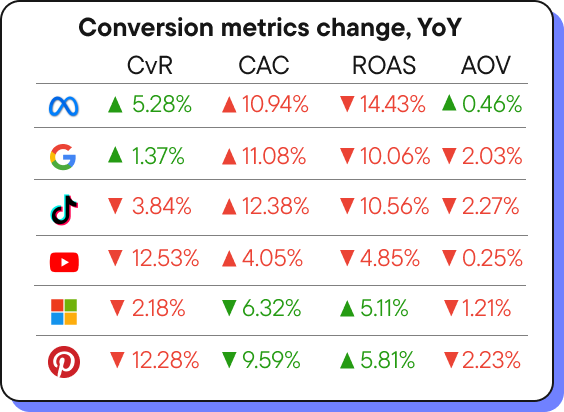
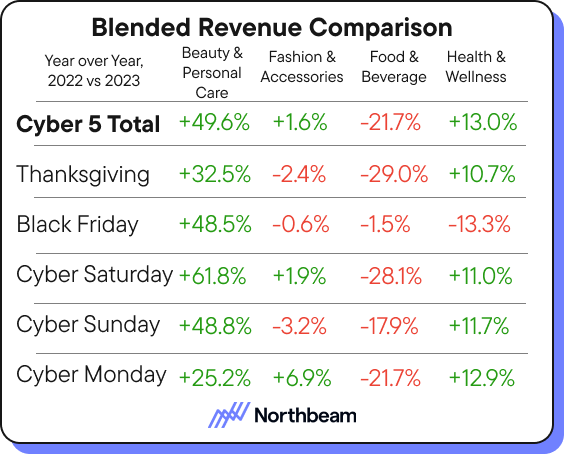
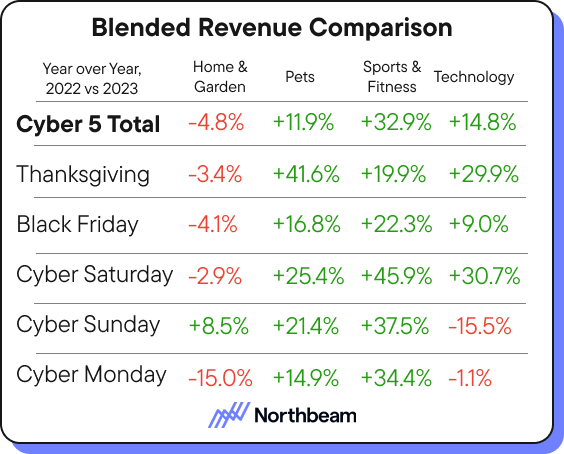
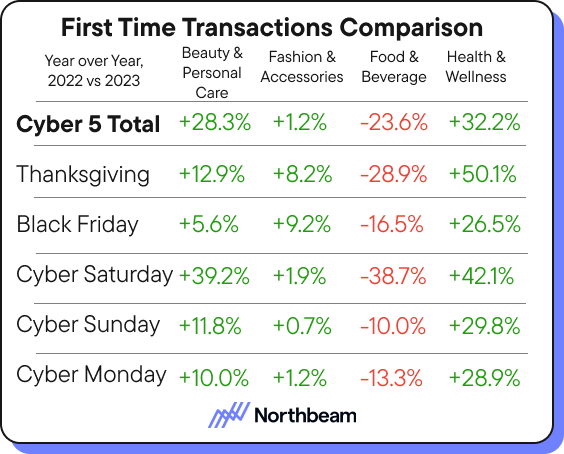
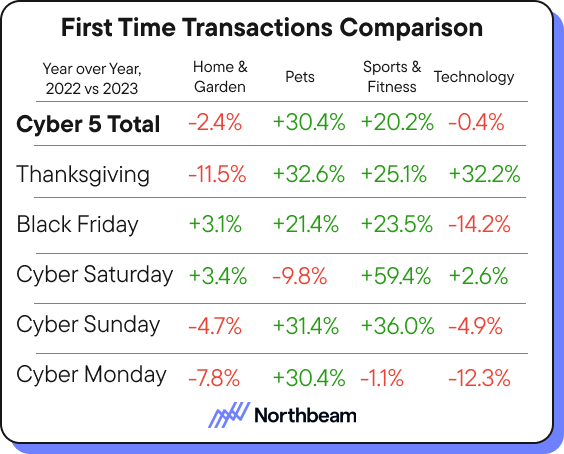
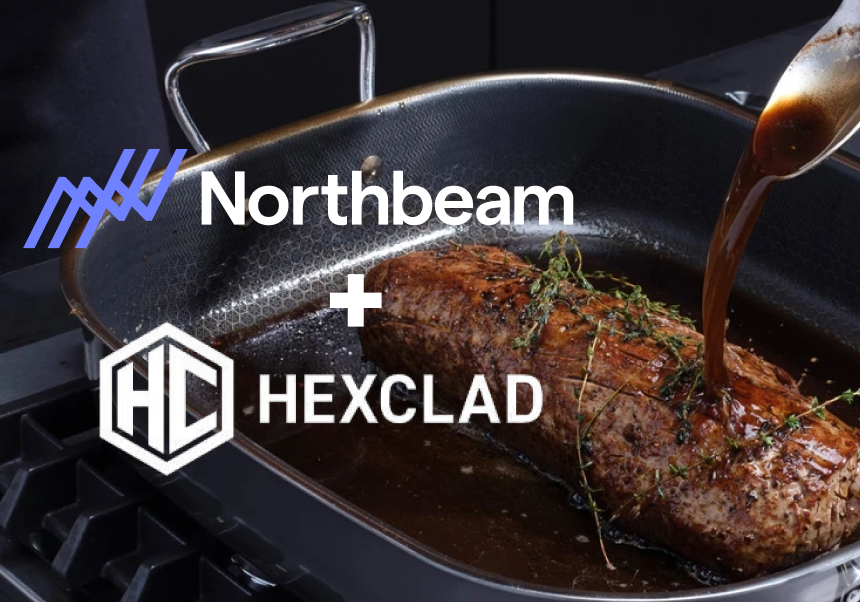
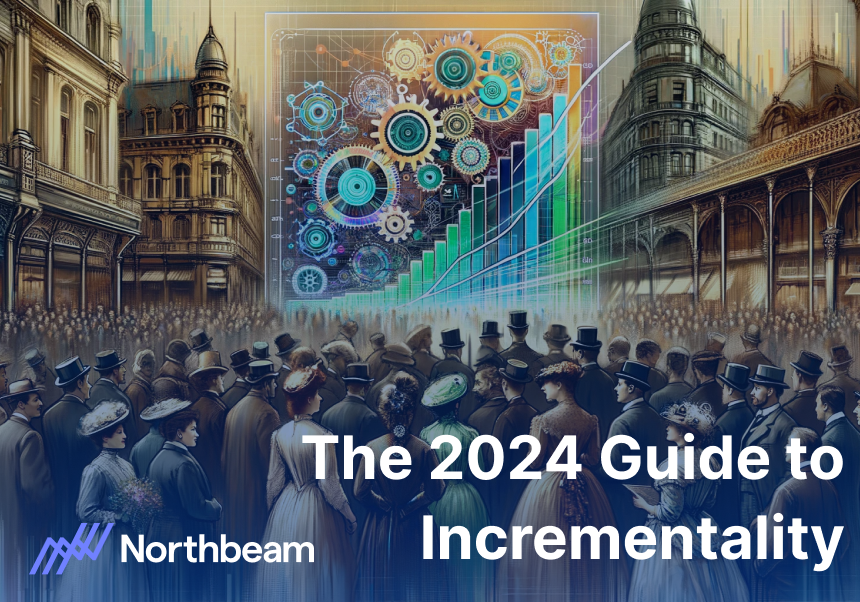
.jpeg)

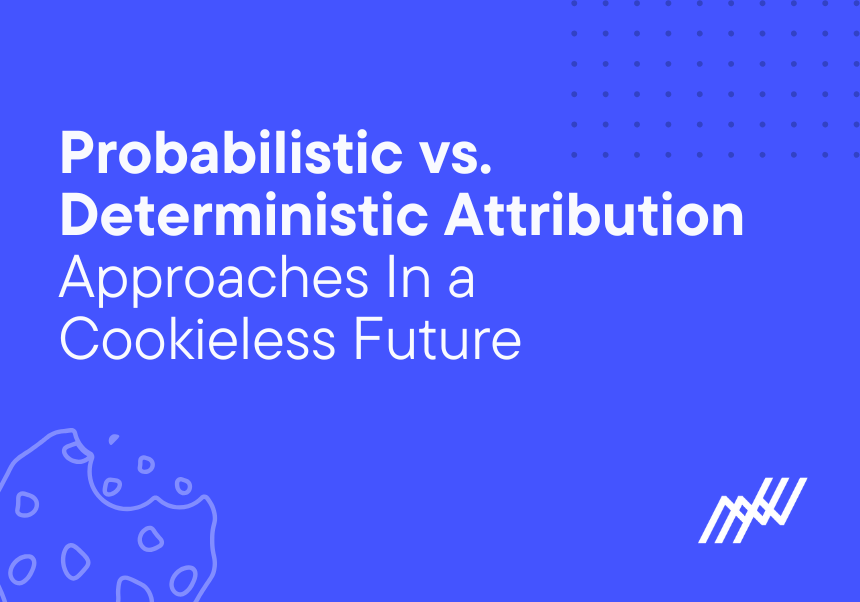
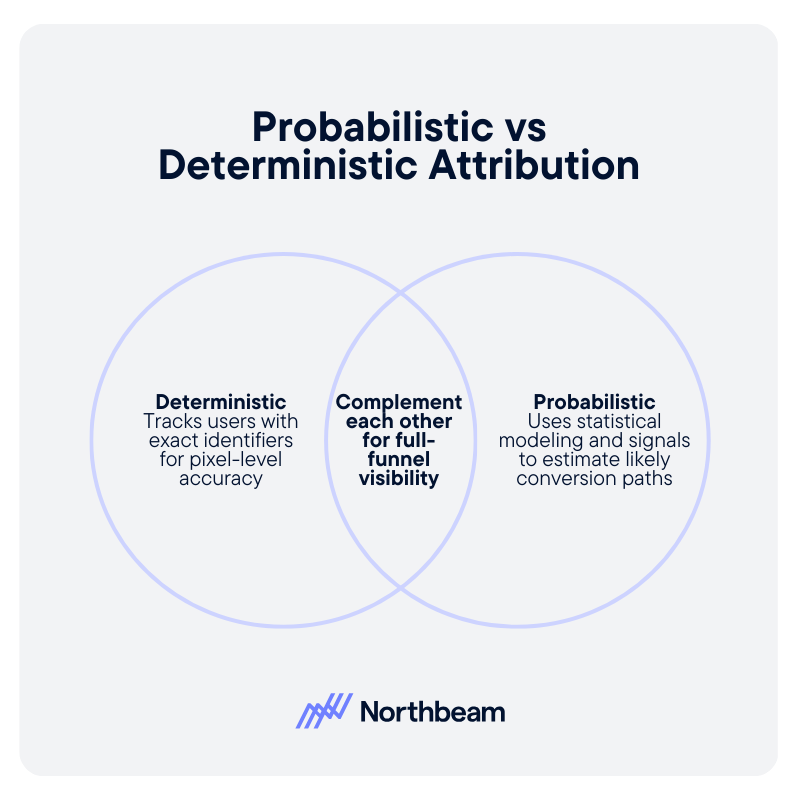
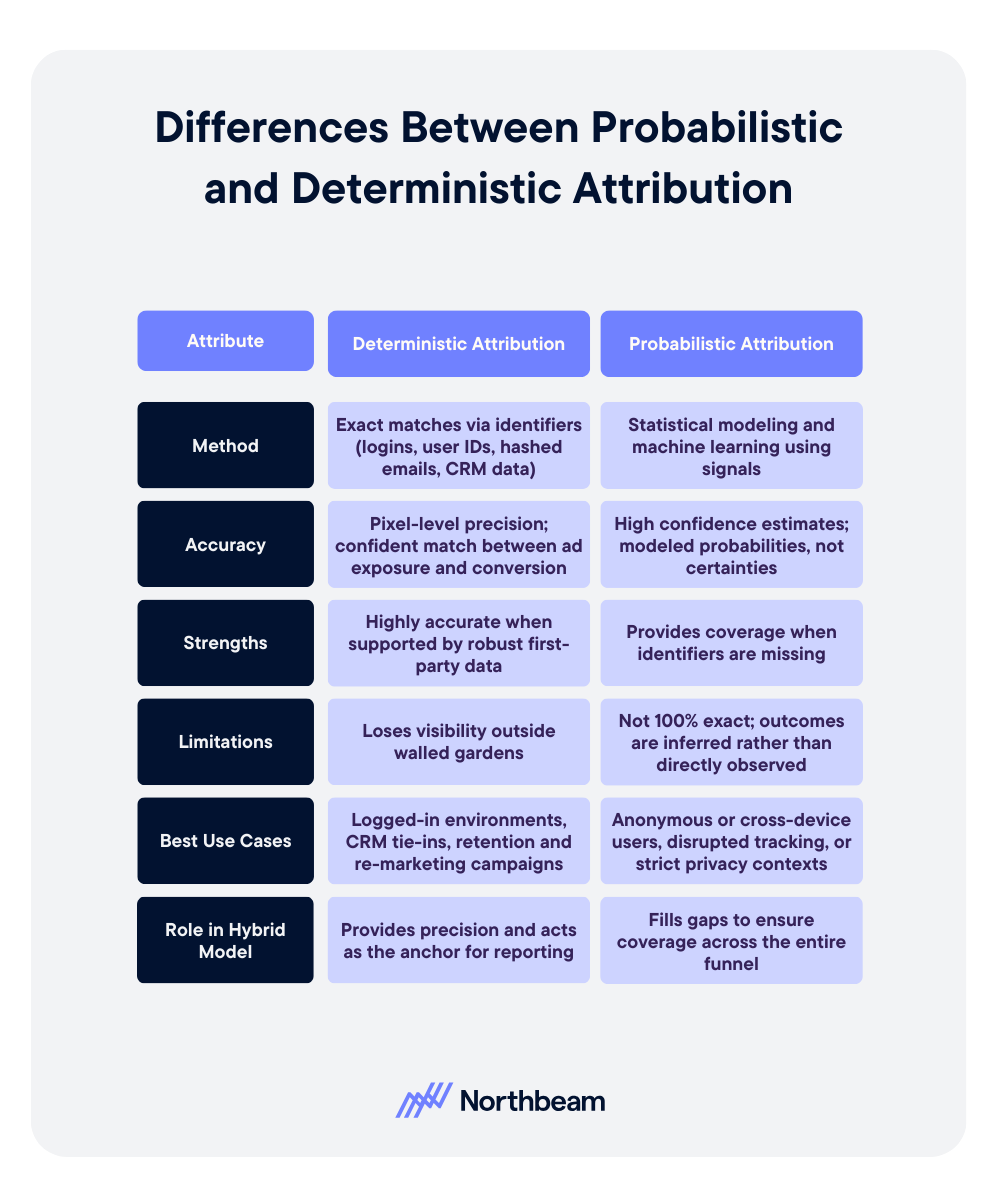
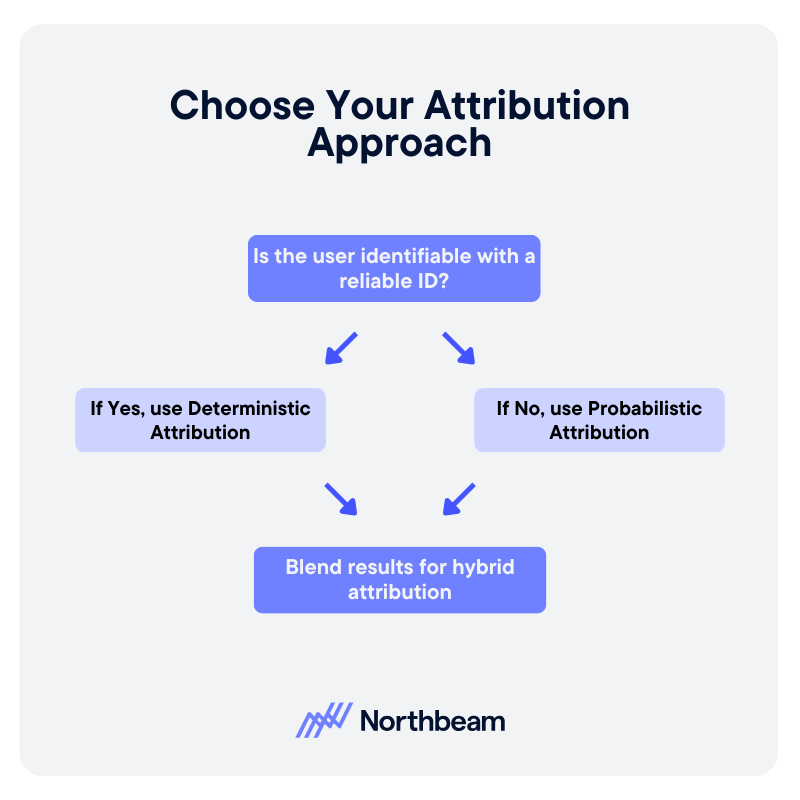




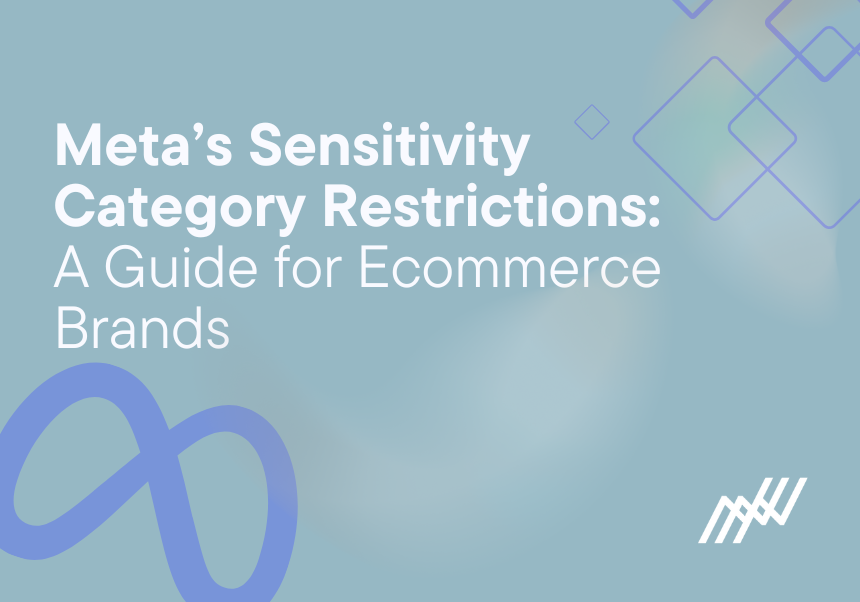
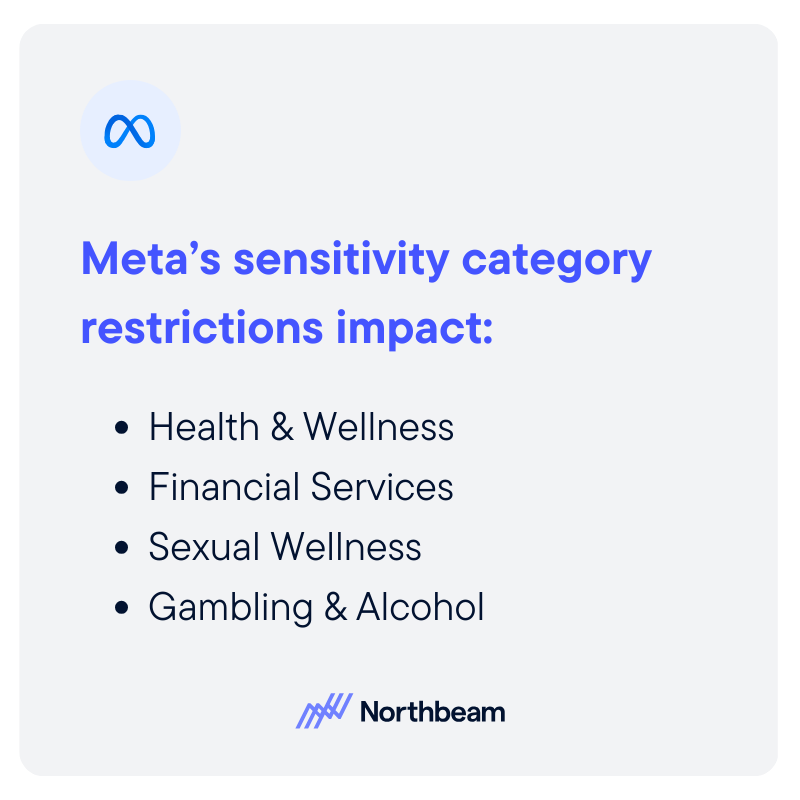
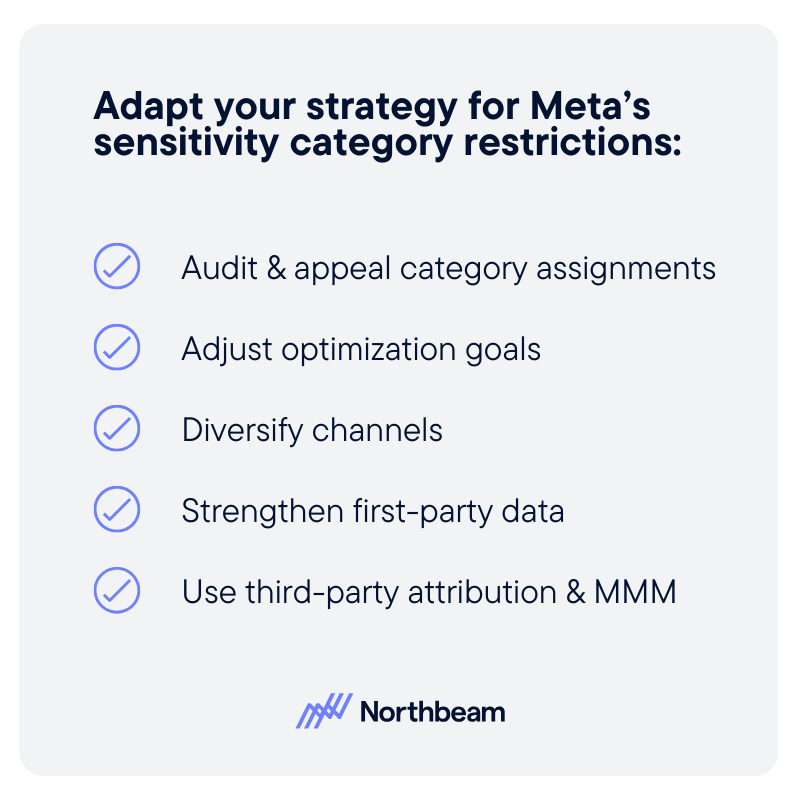
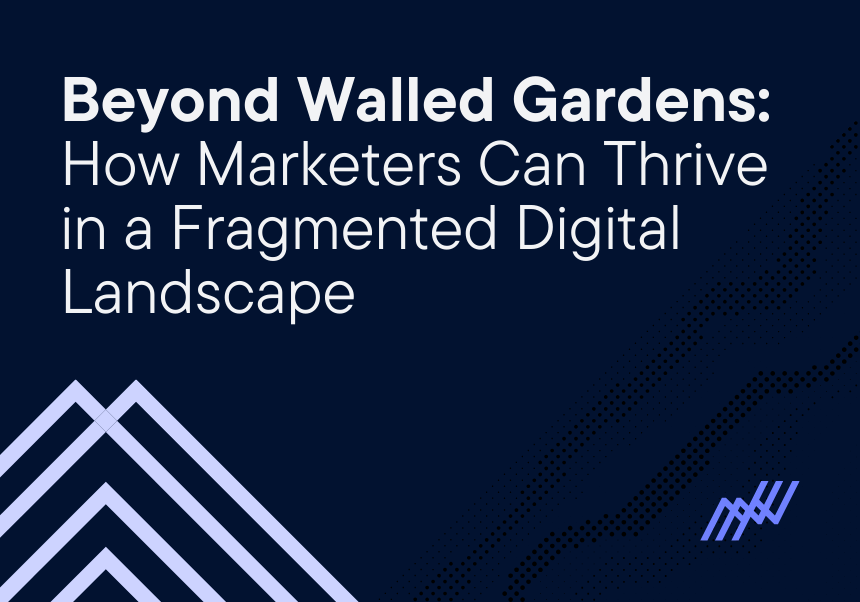
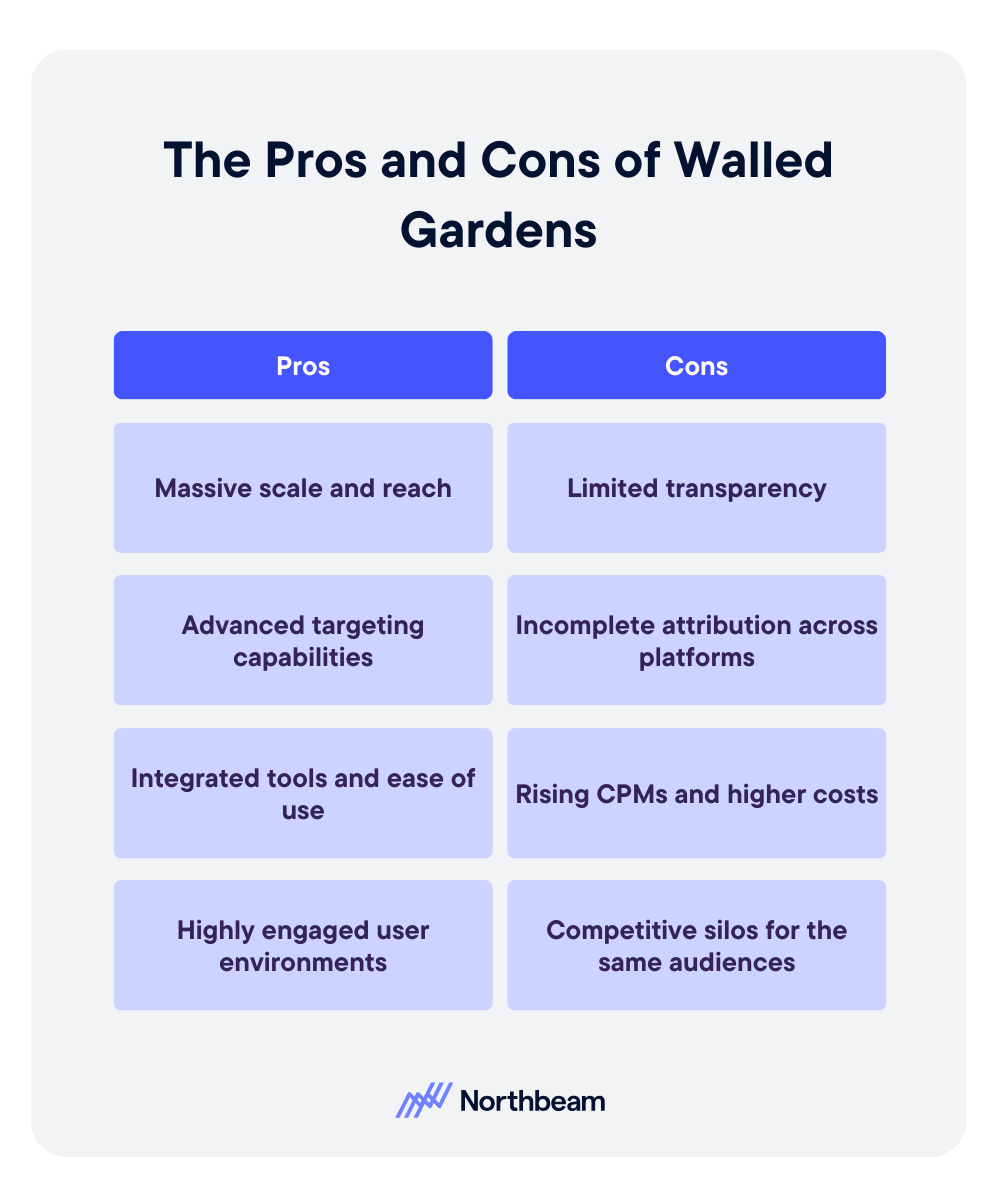
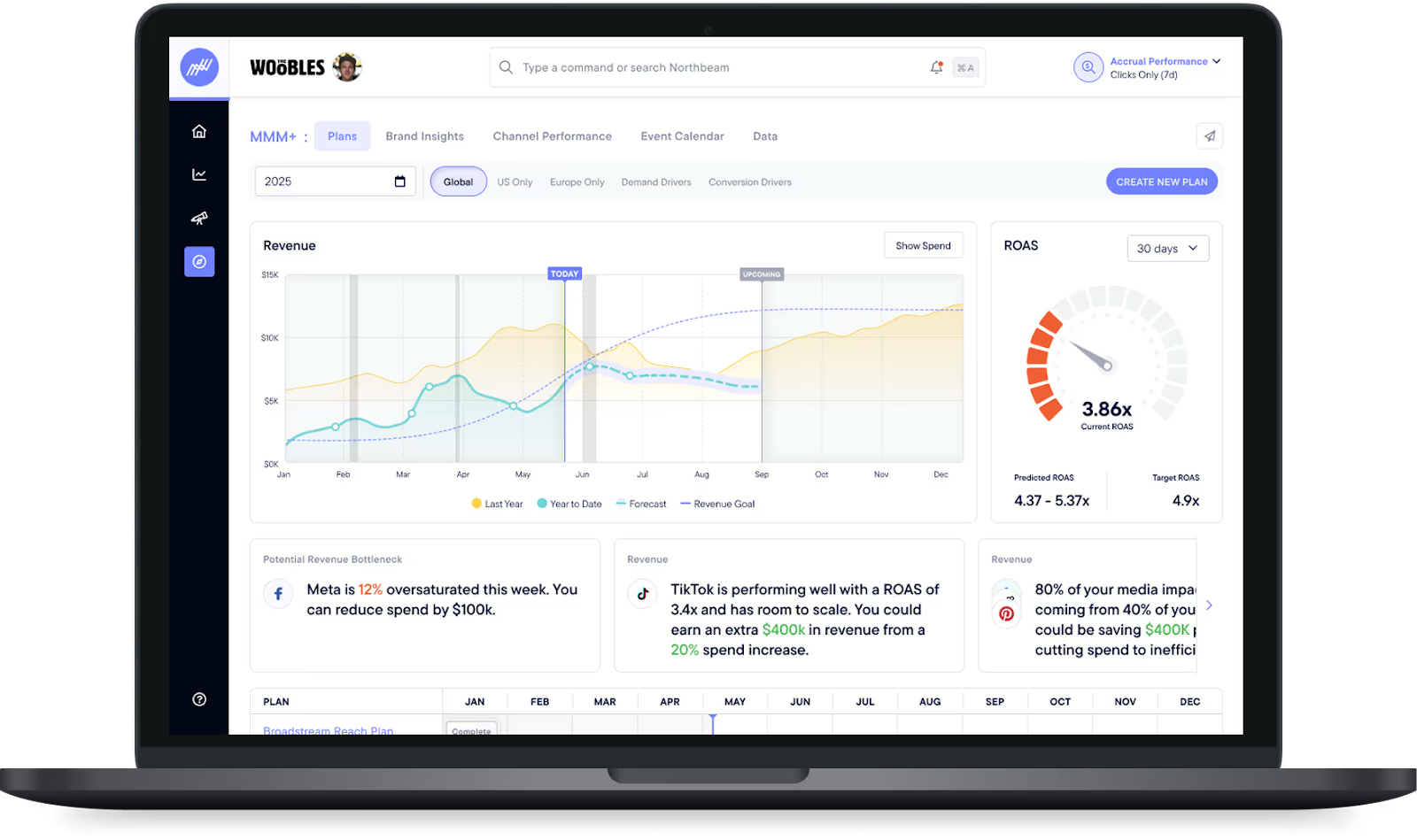
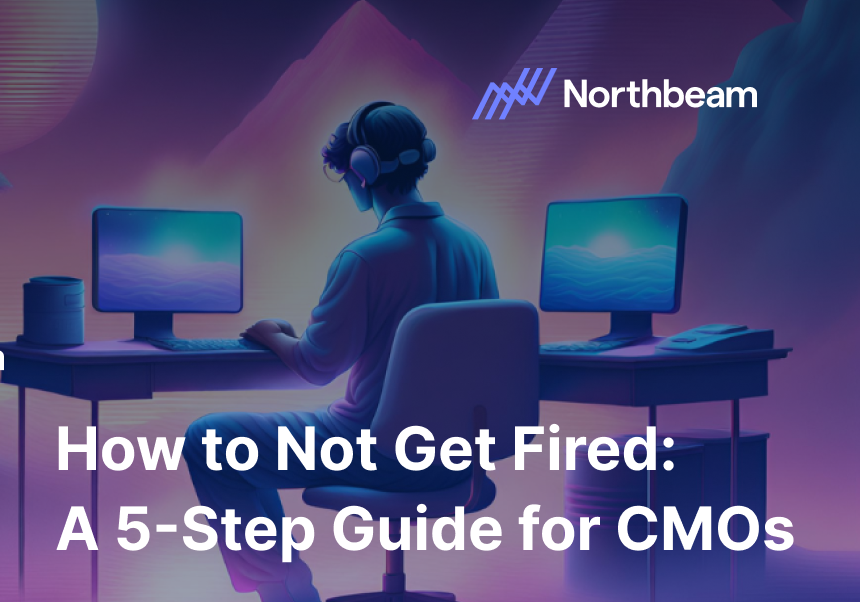
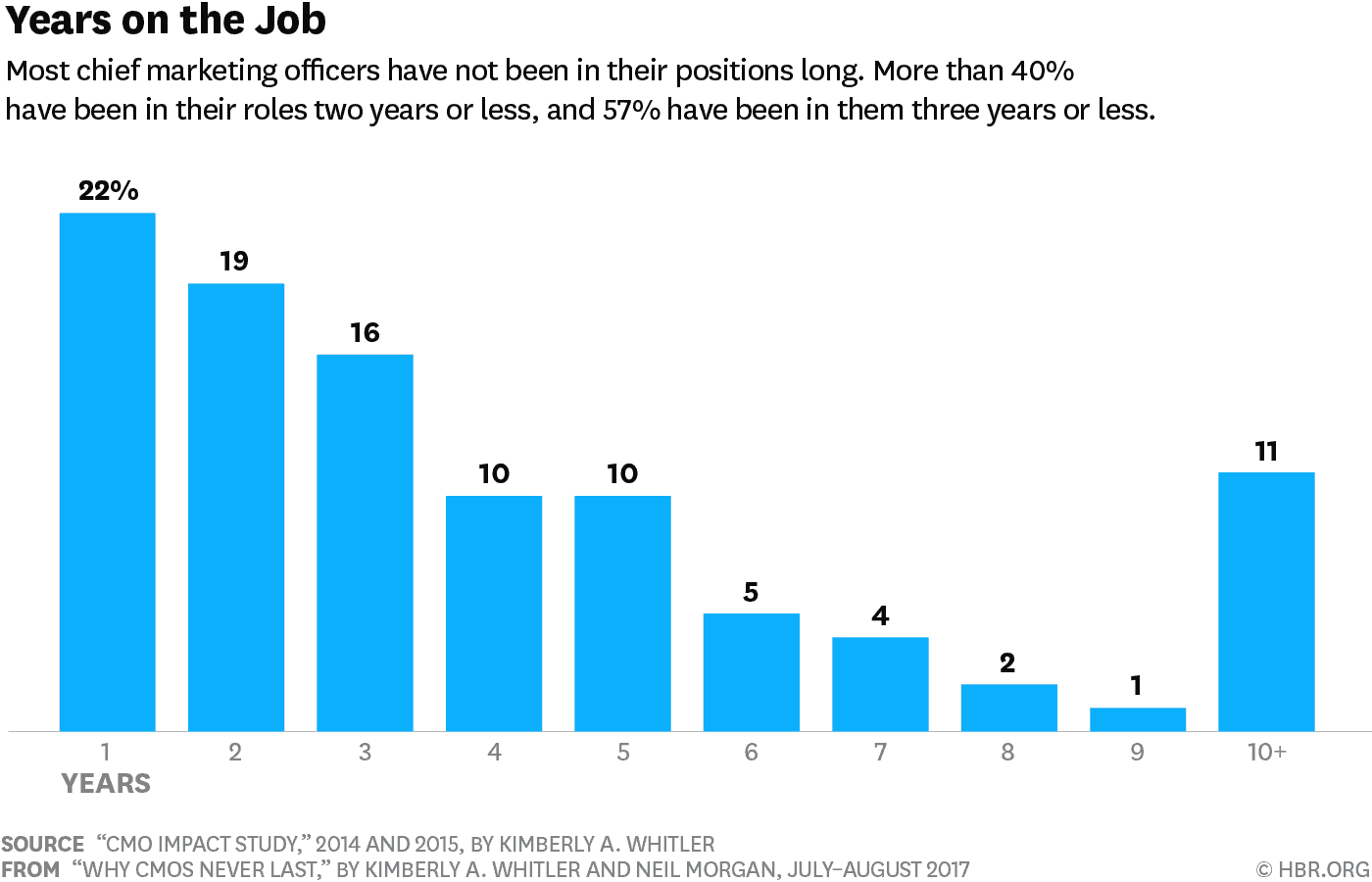
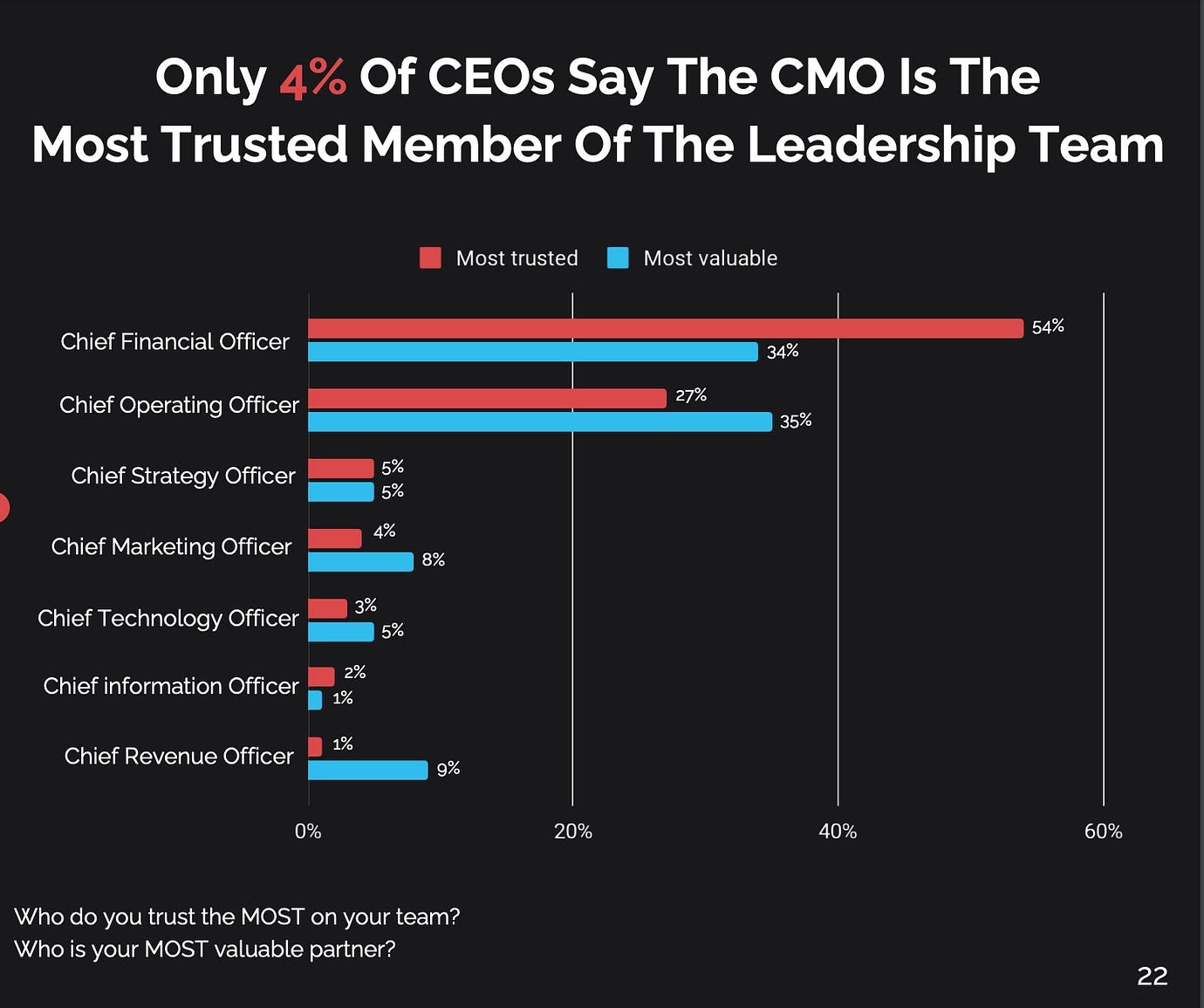
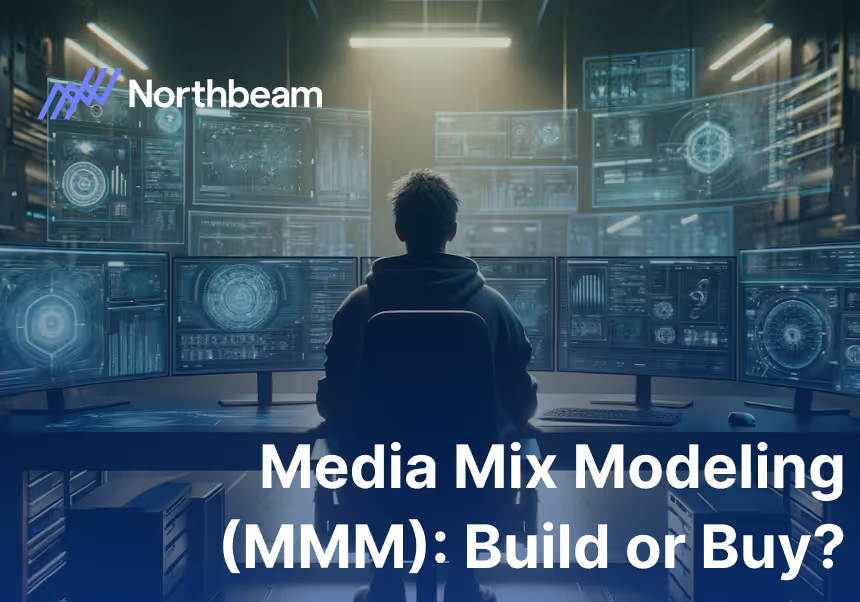
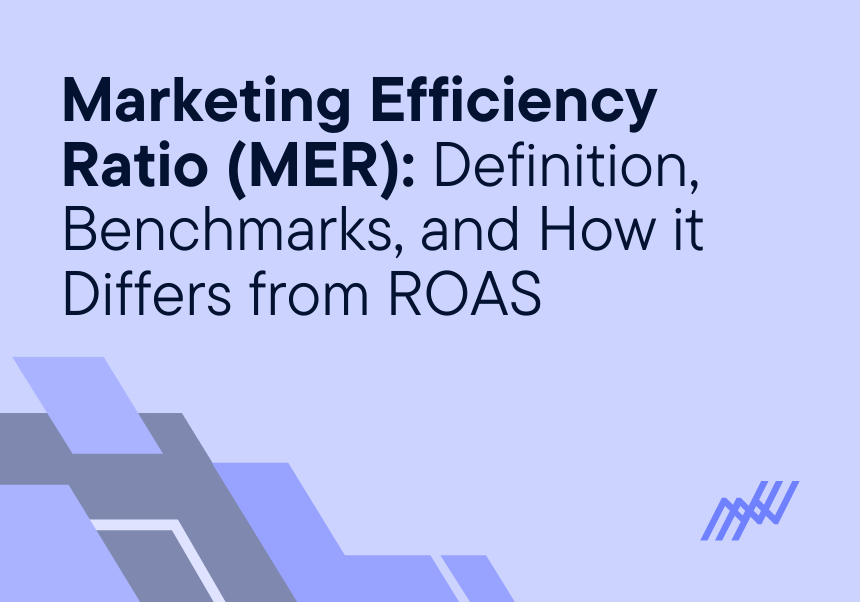
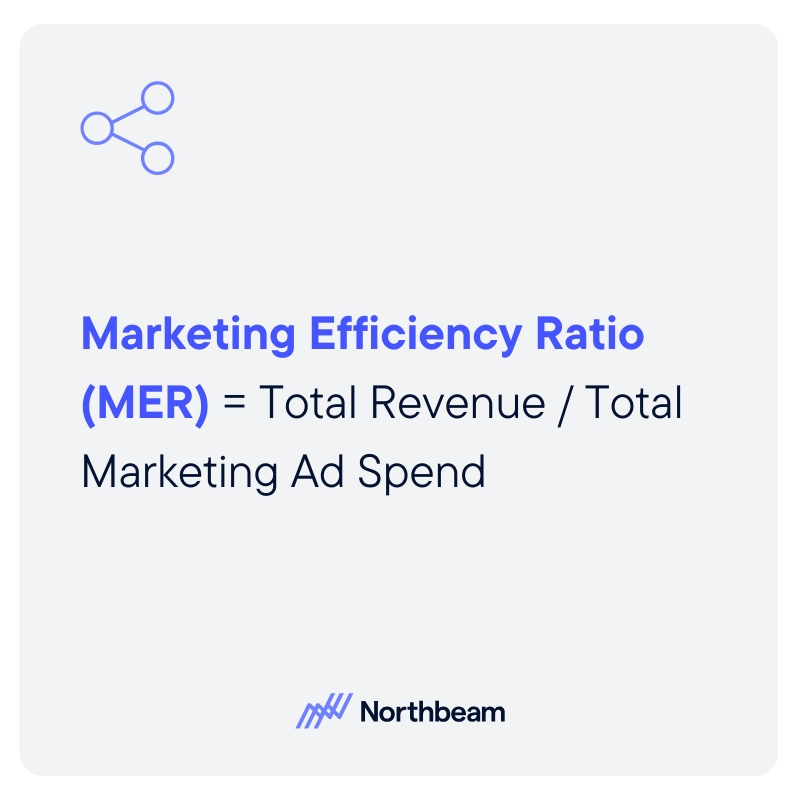

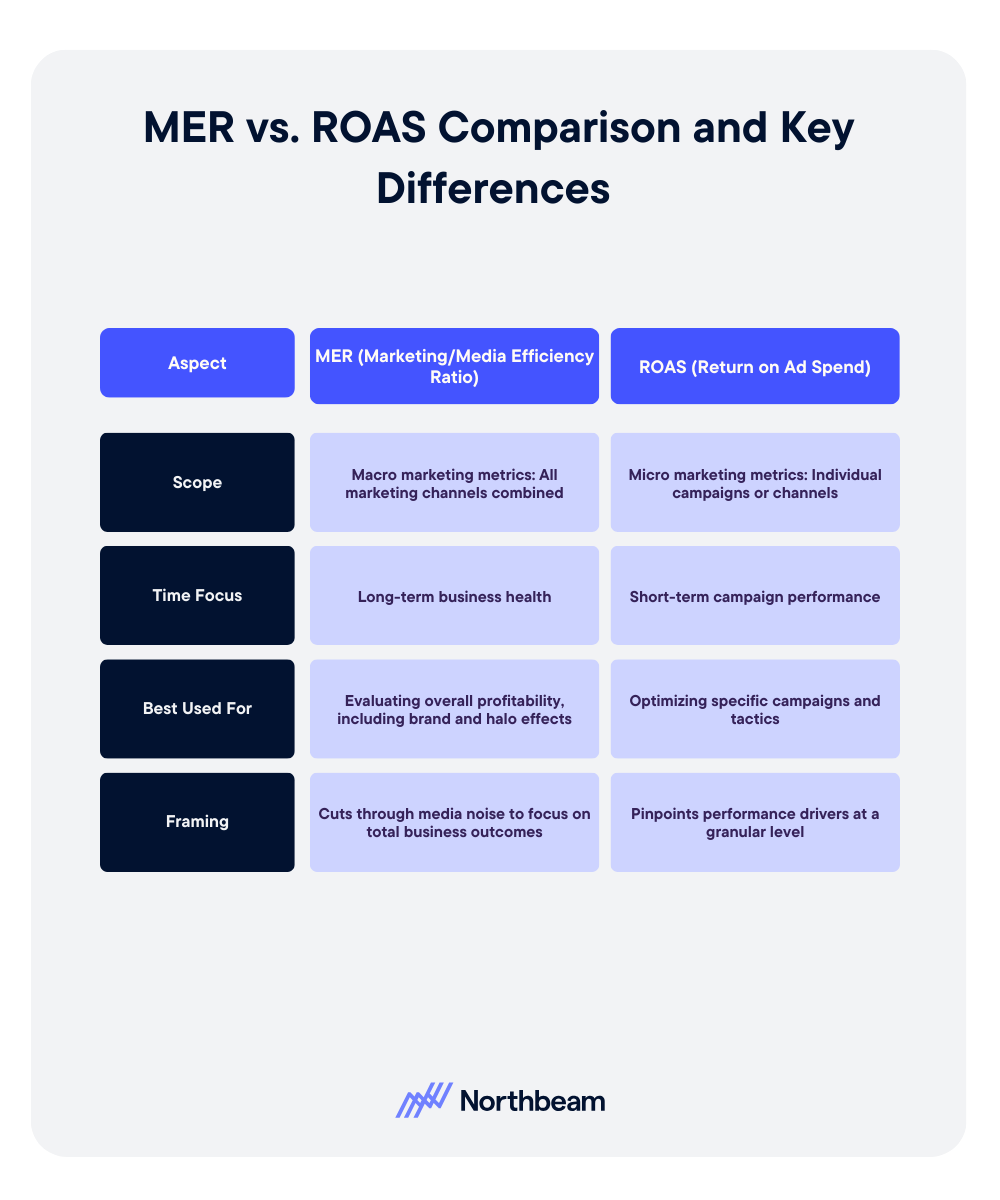

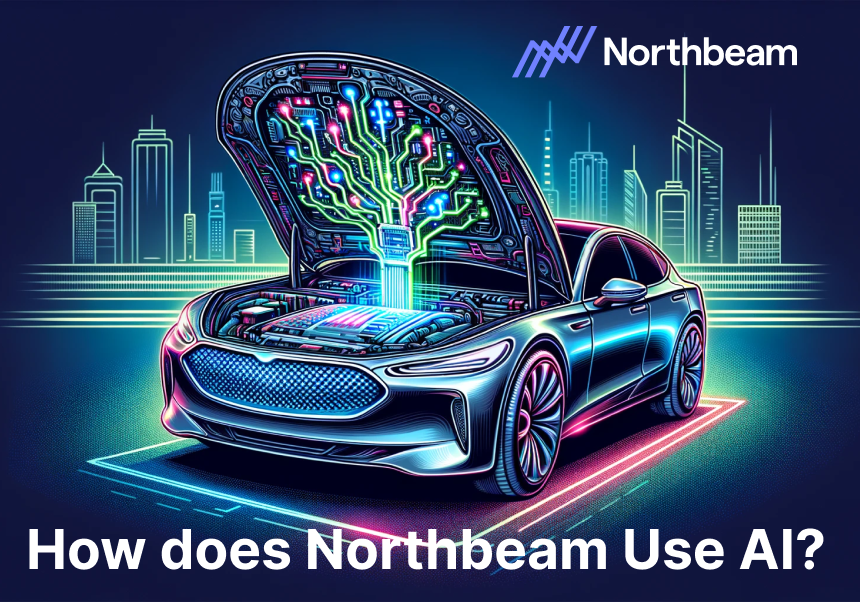





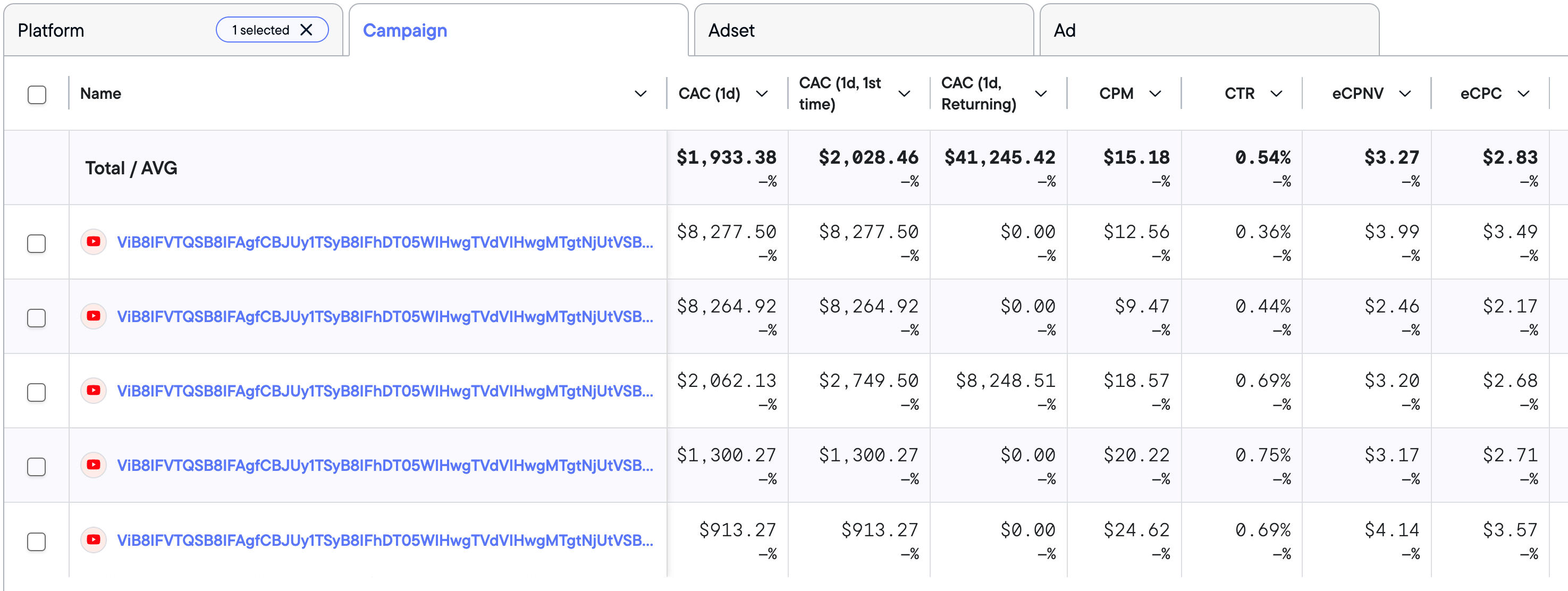
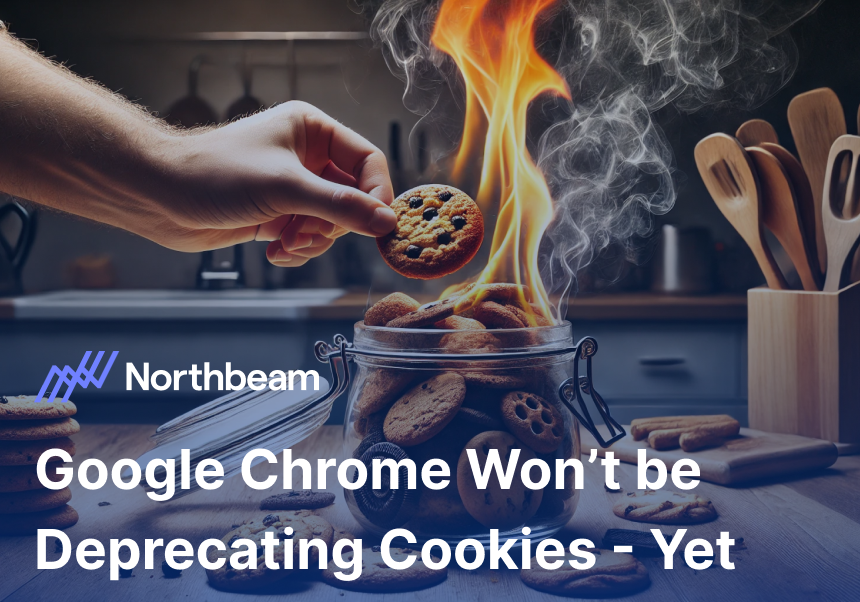
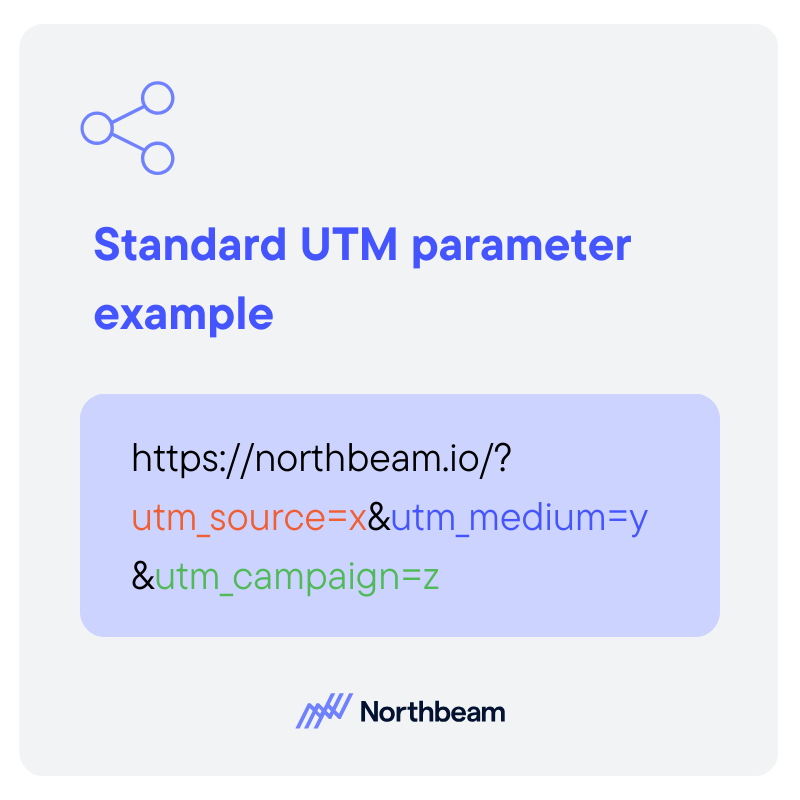
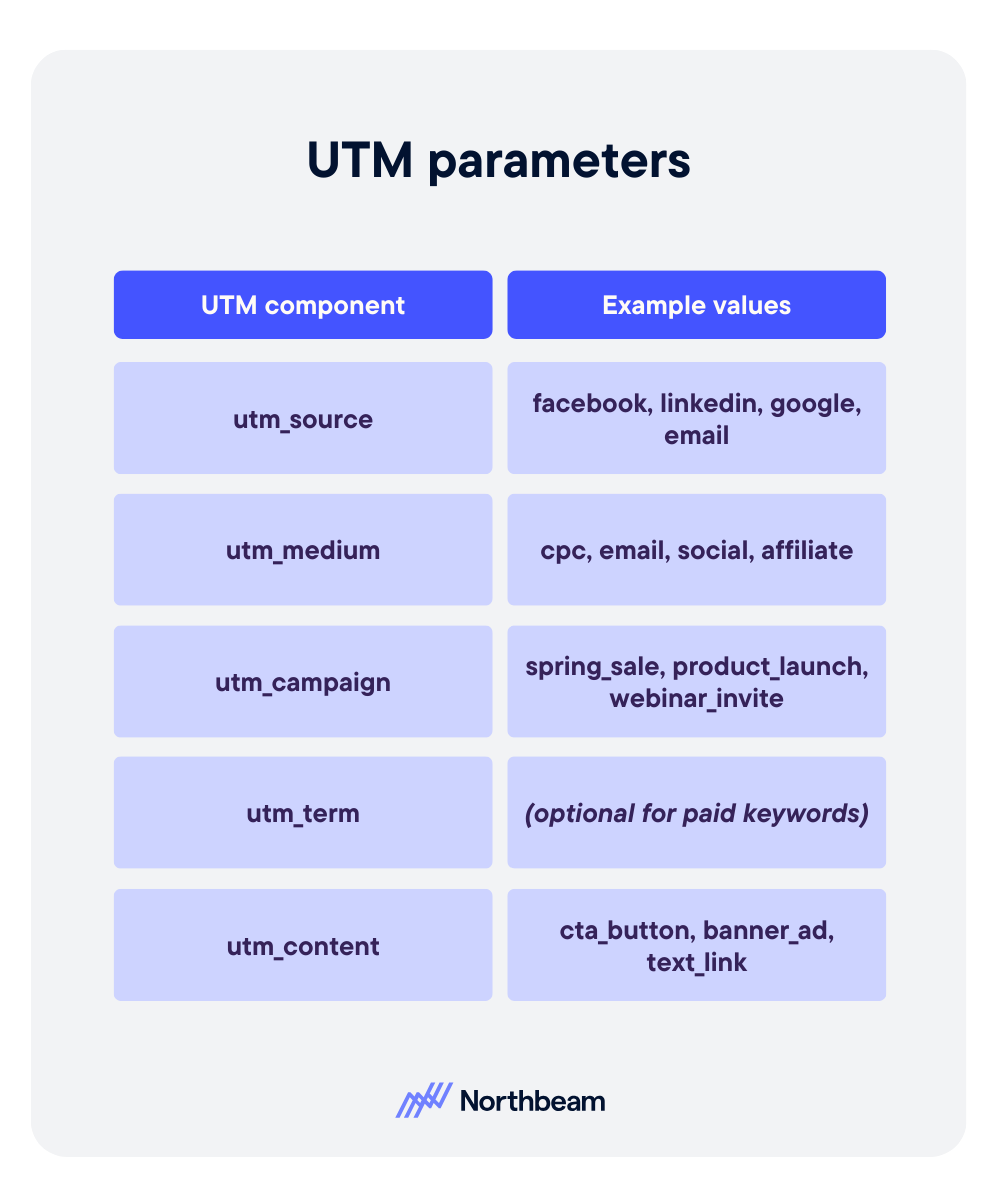
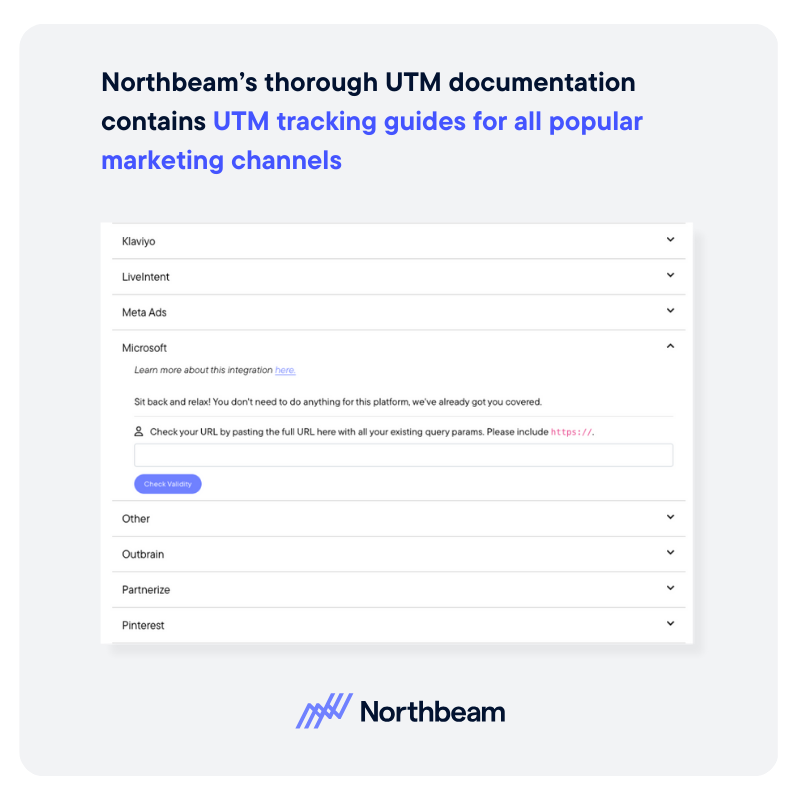
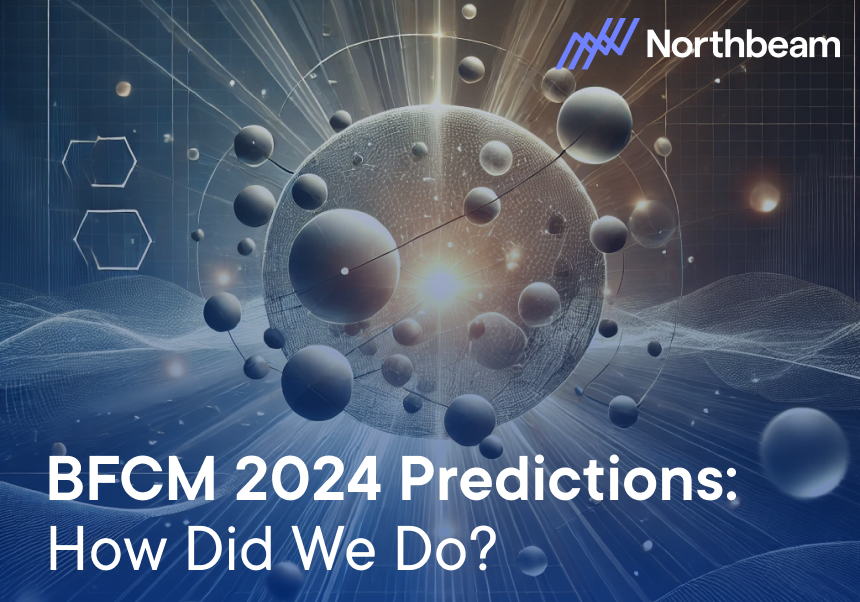
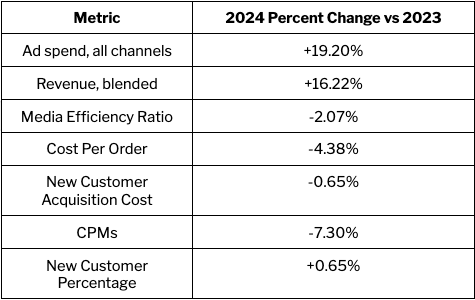
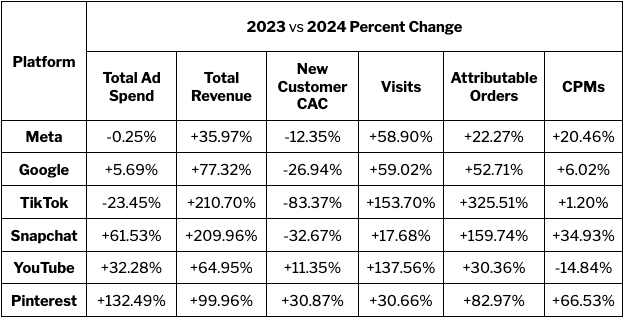
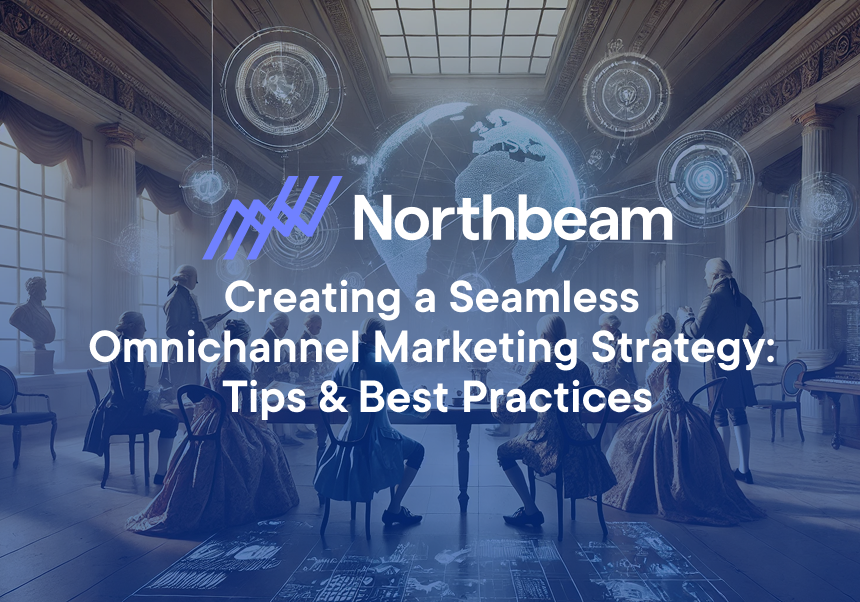
.png)
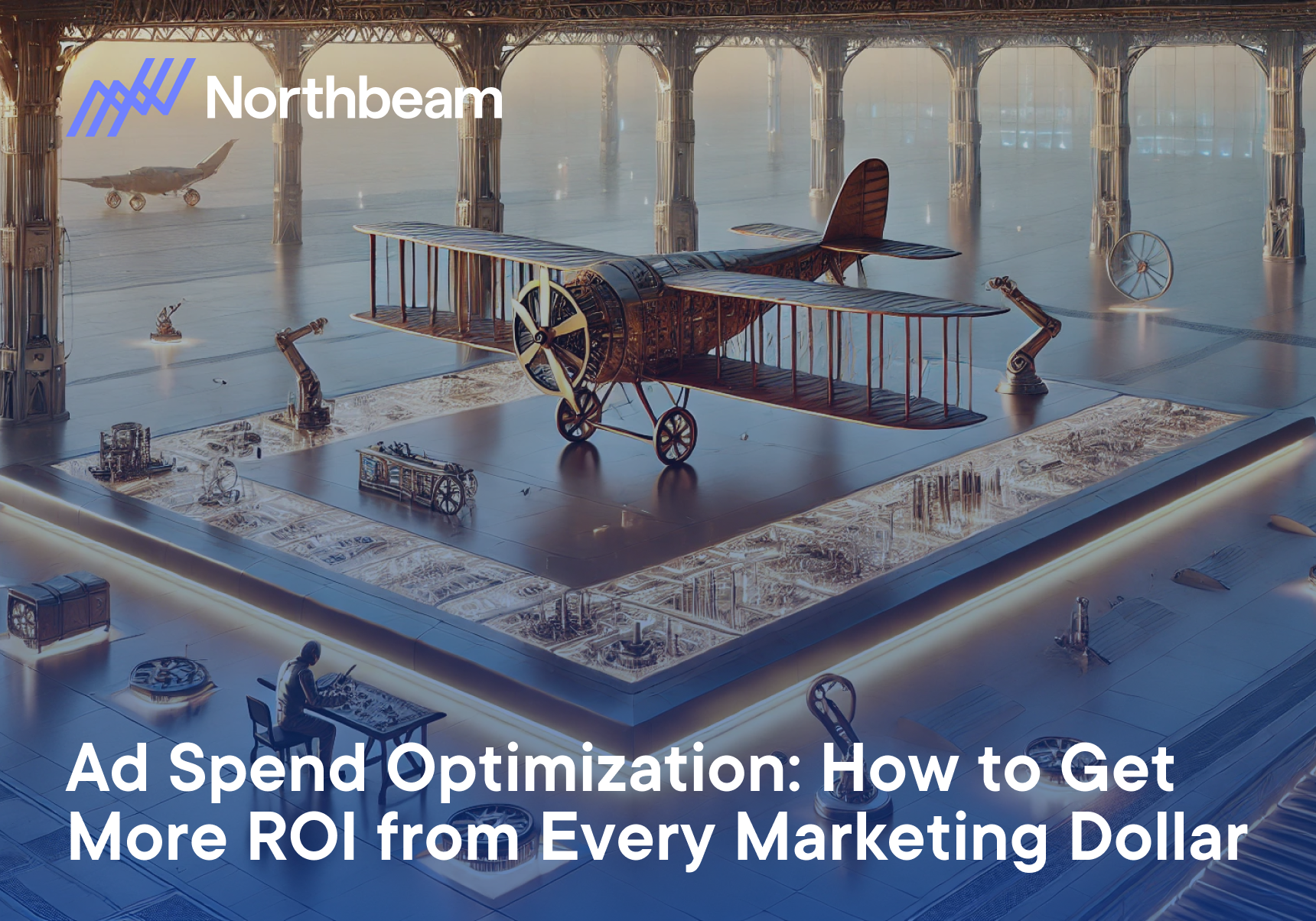
.png)
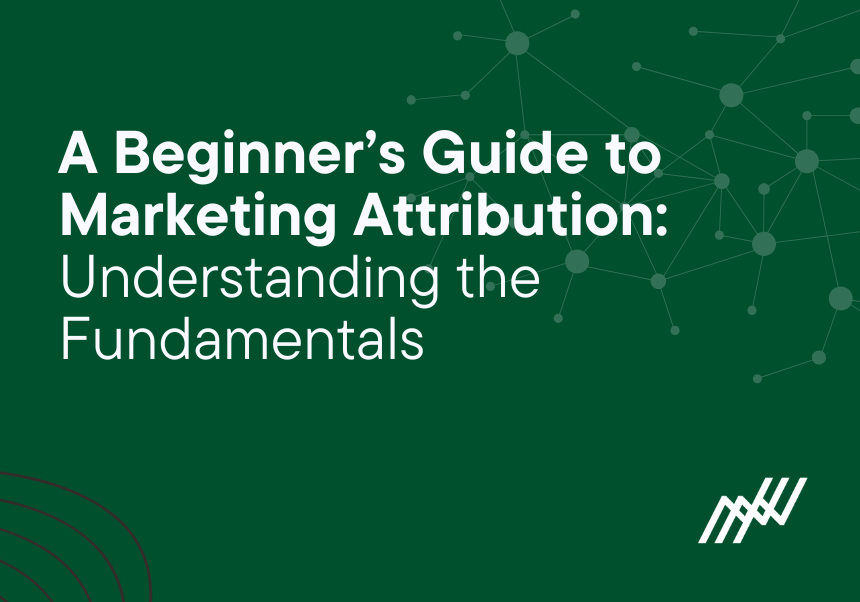
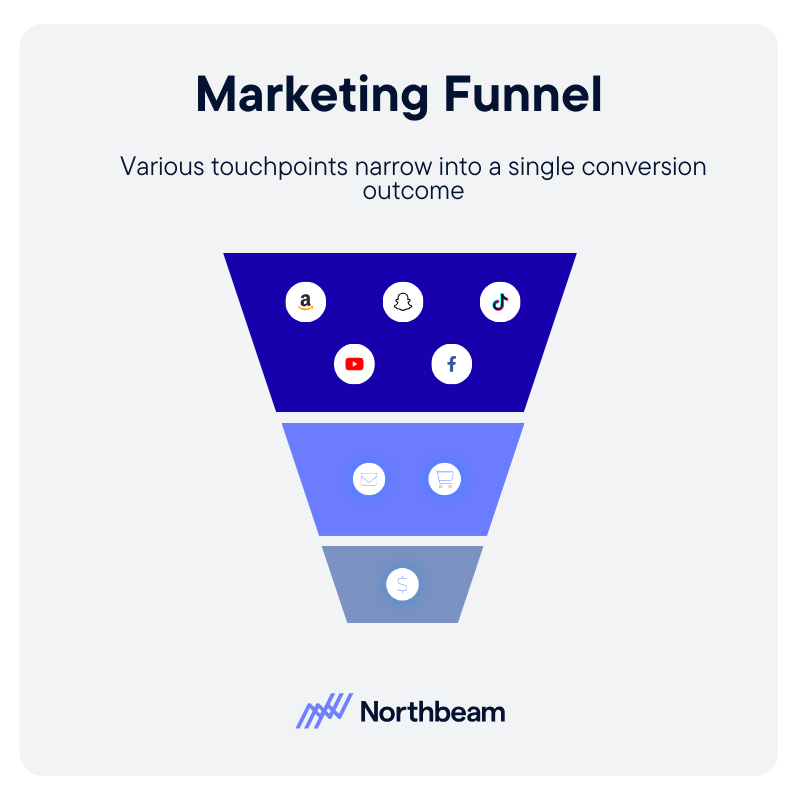
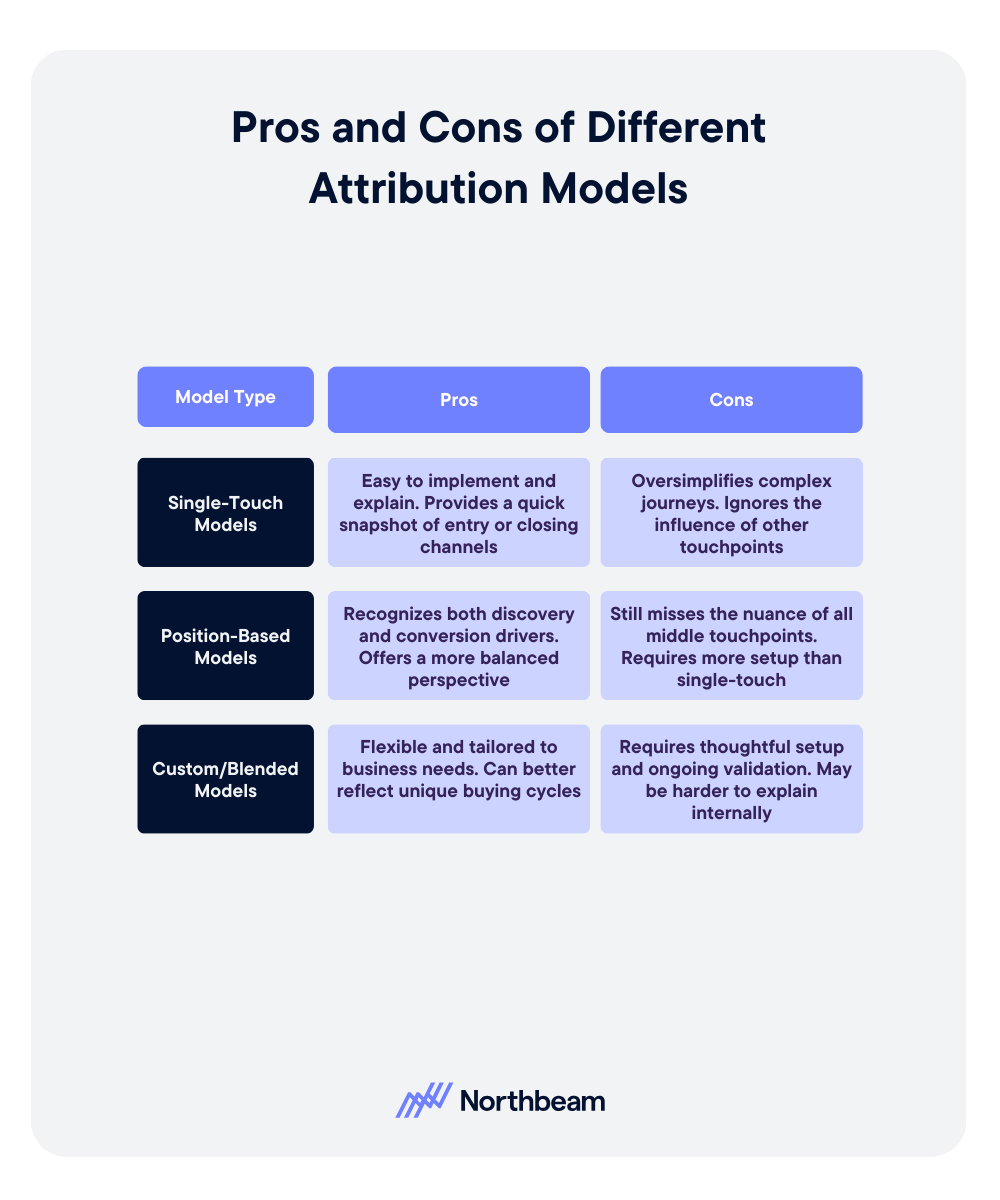



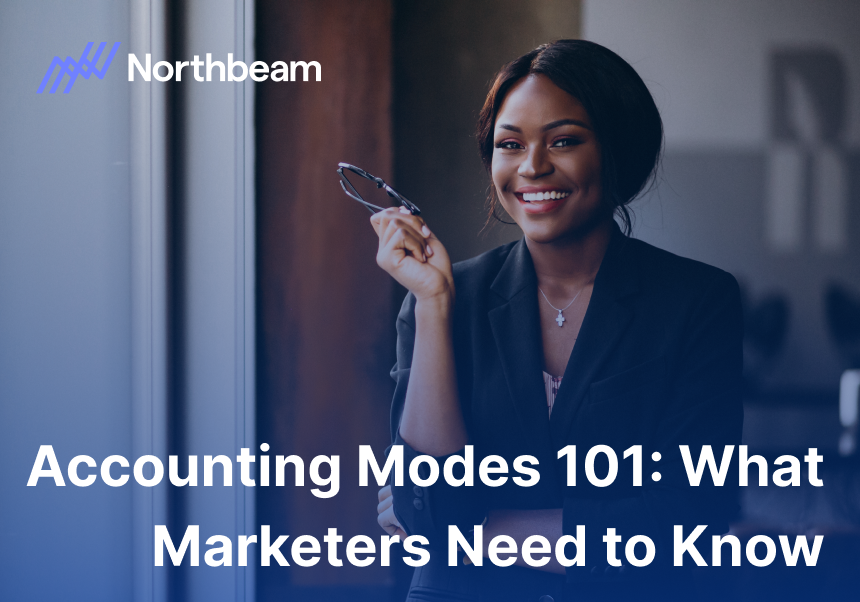
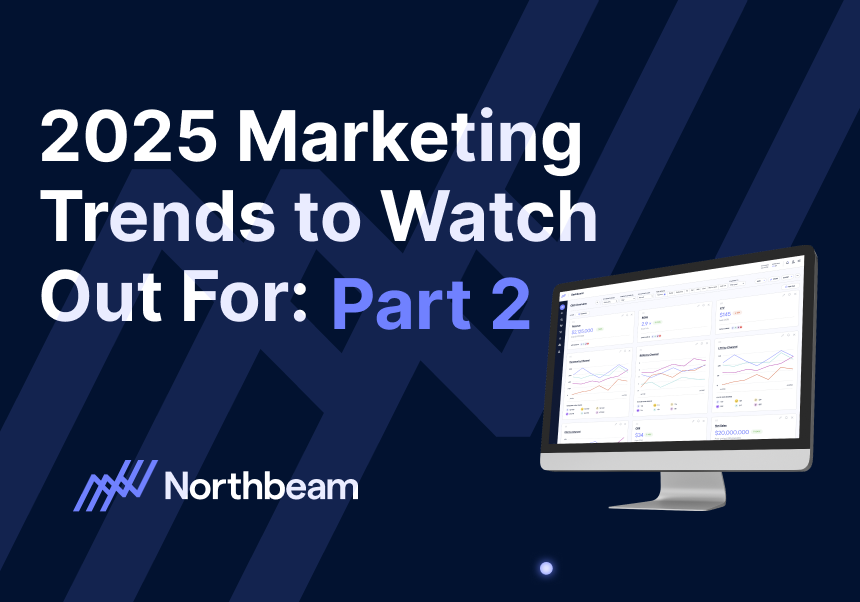
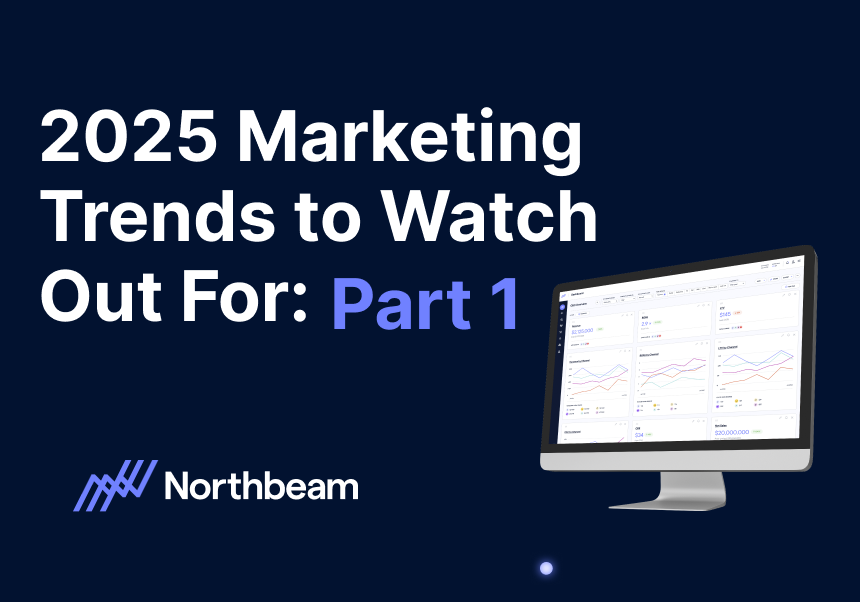



.svg)
